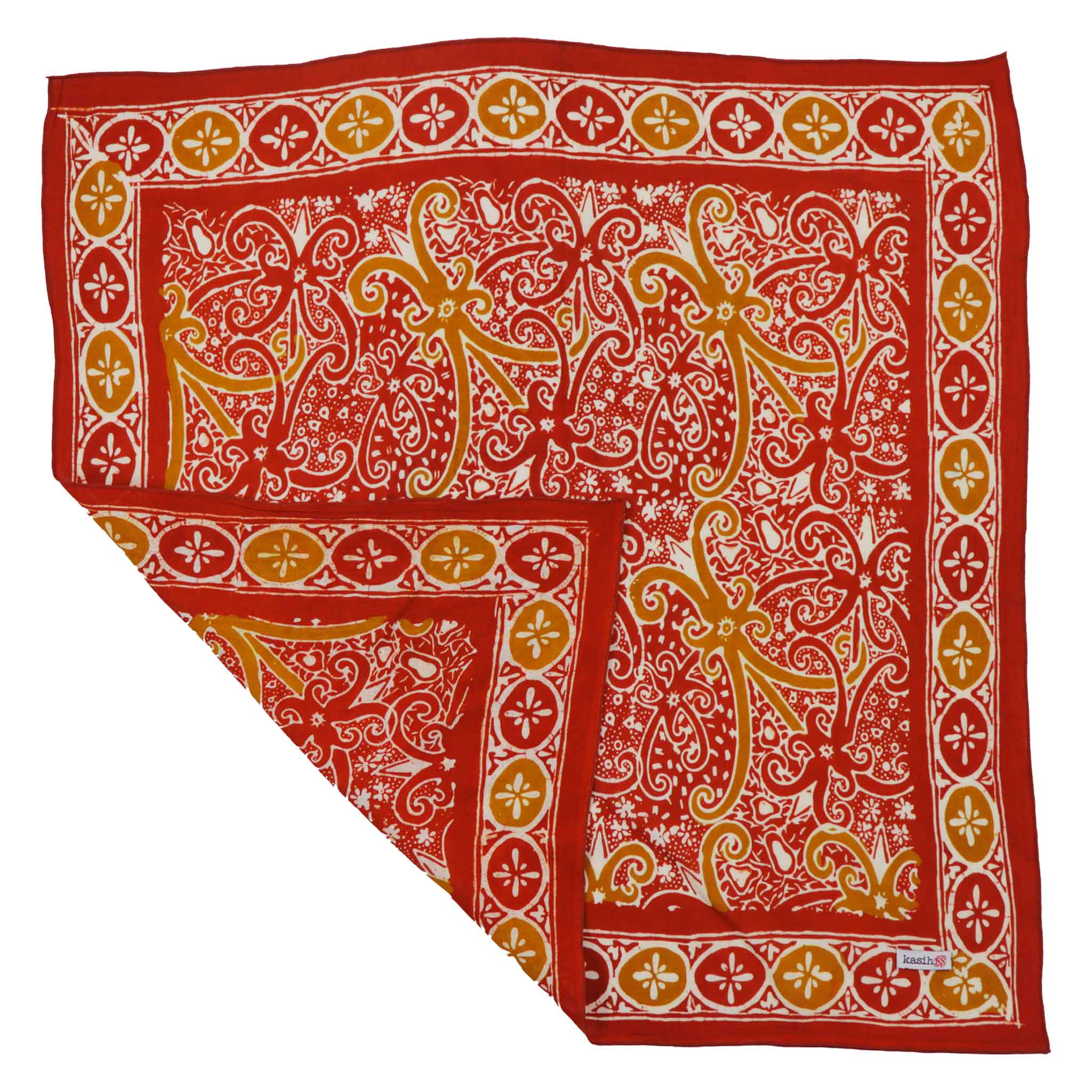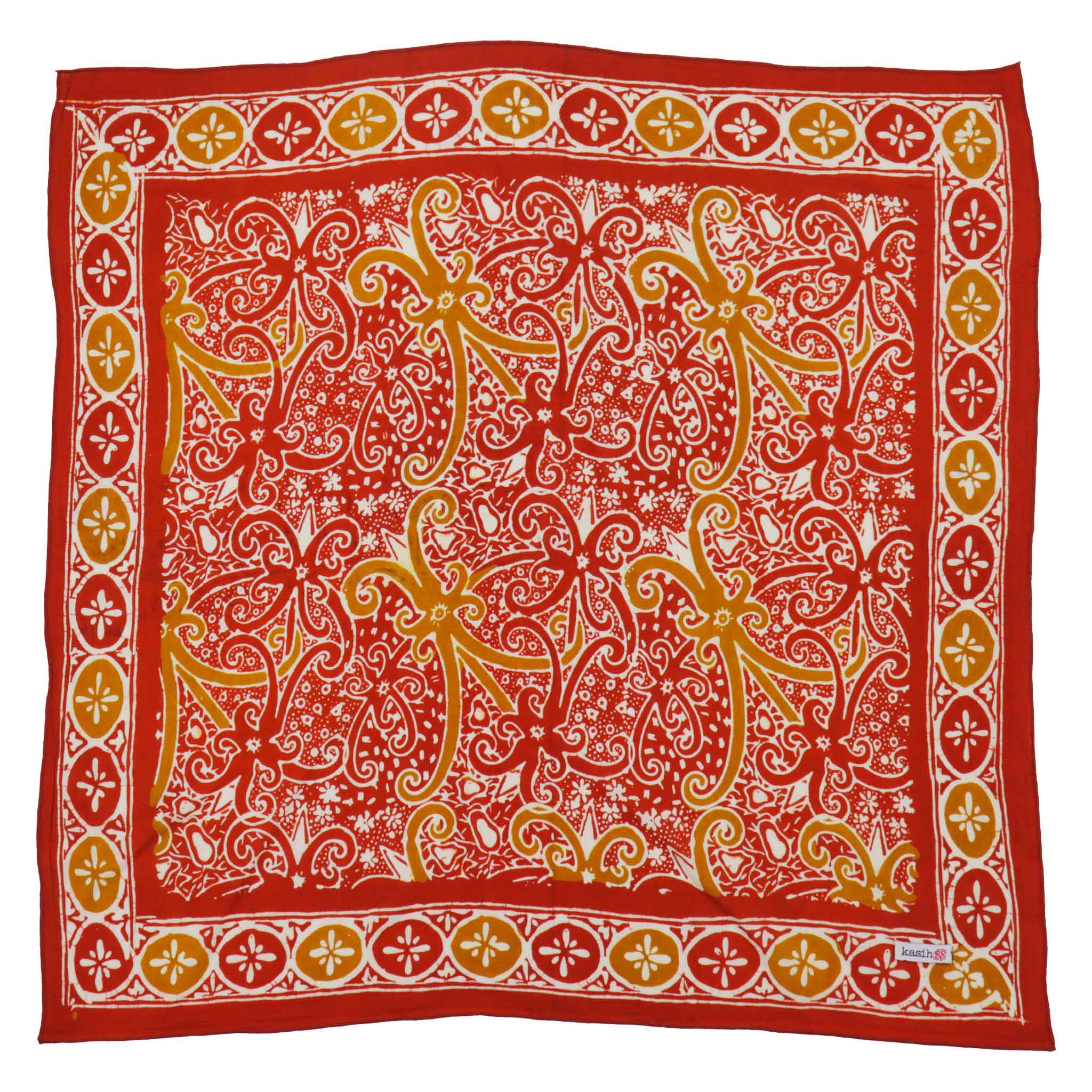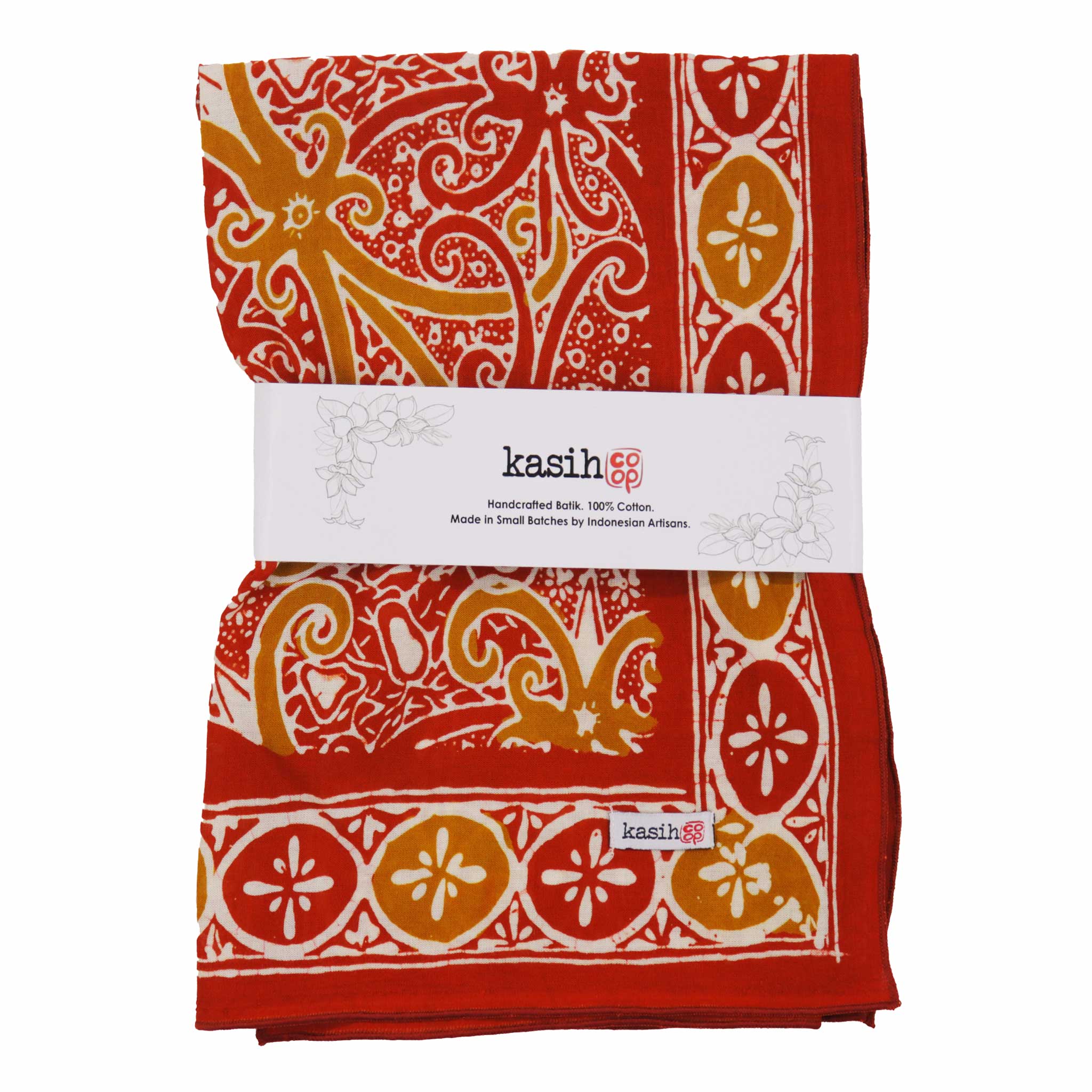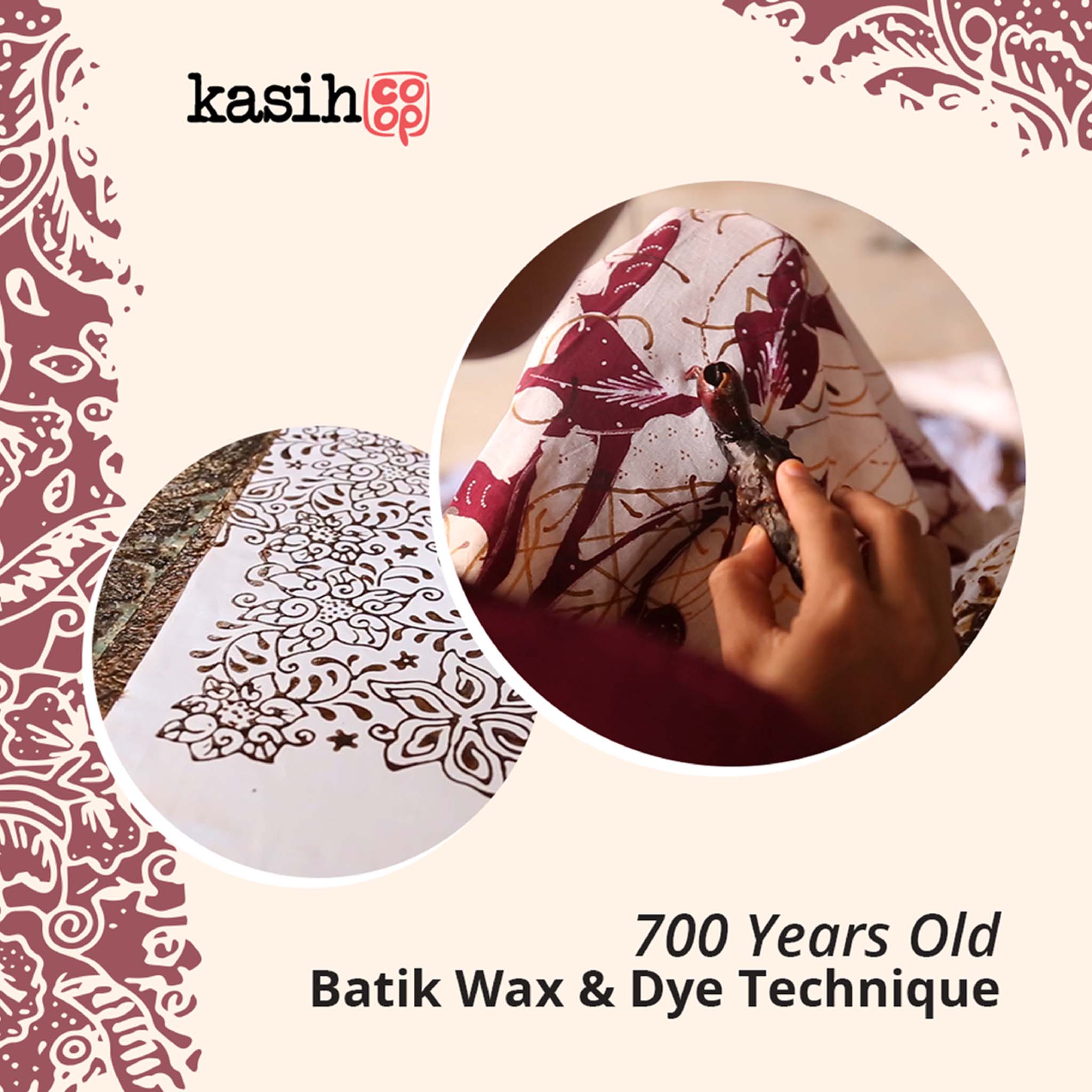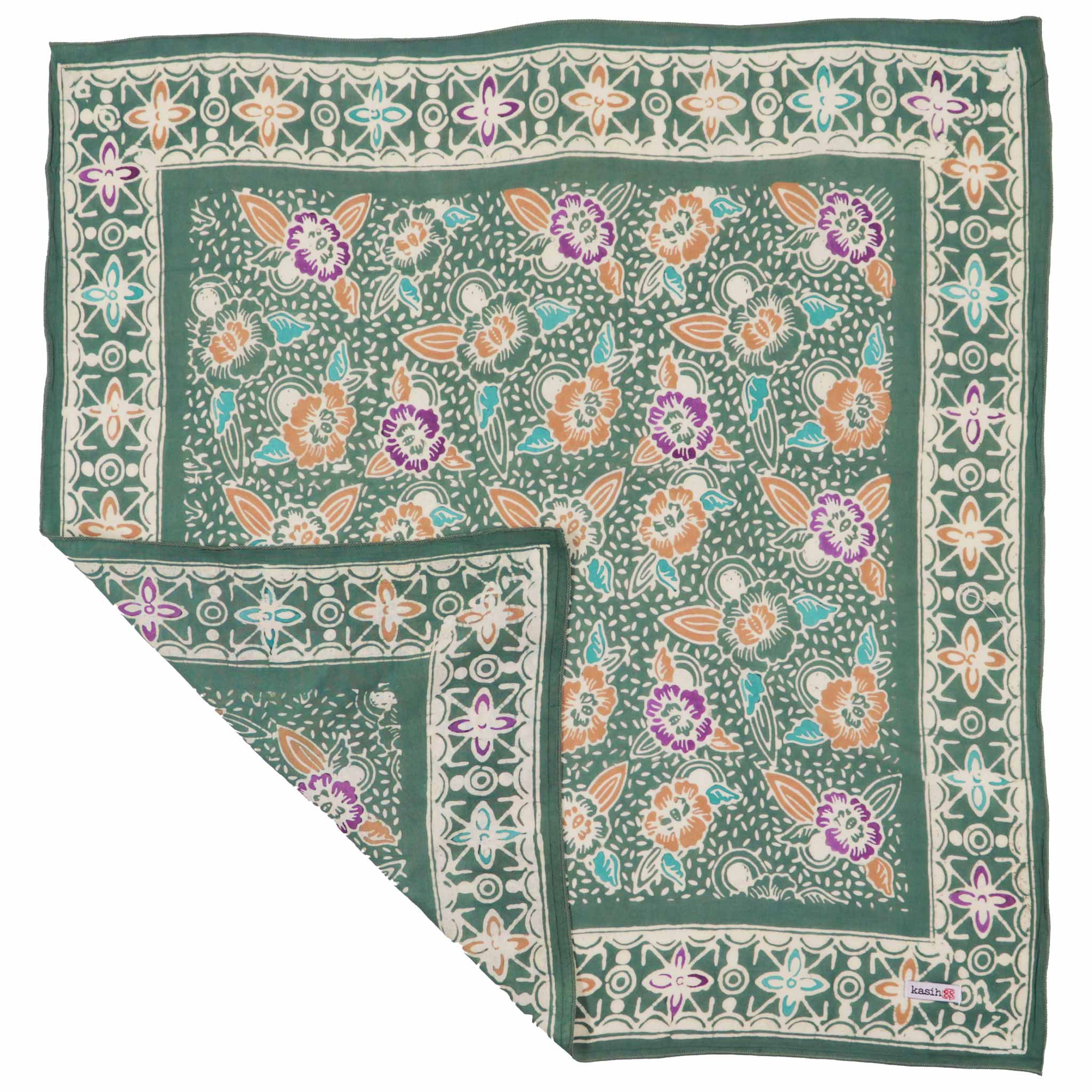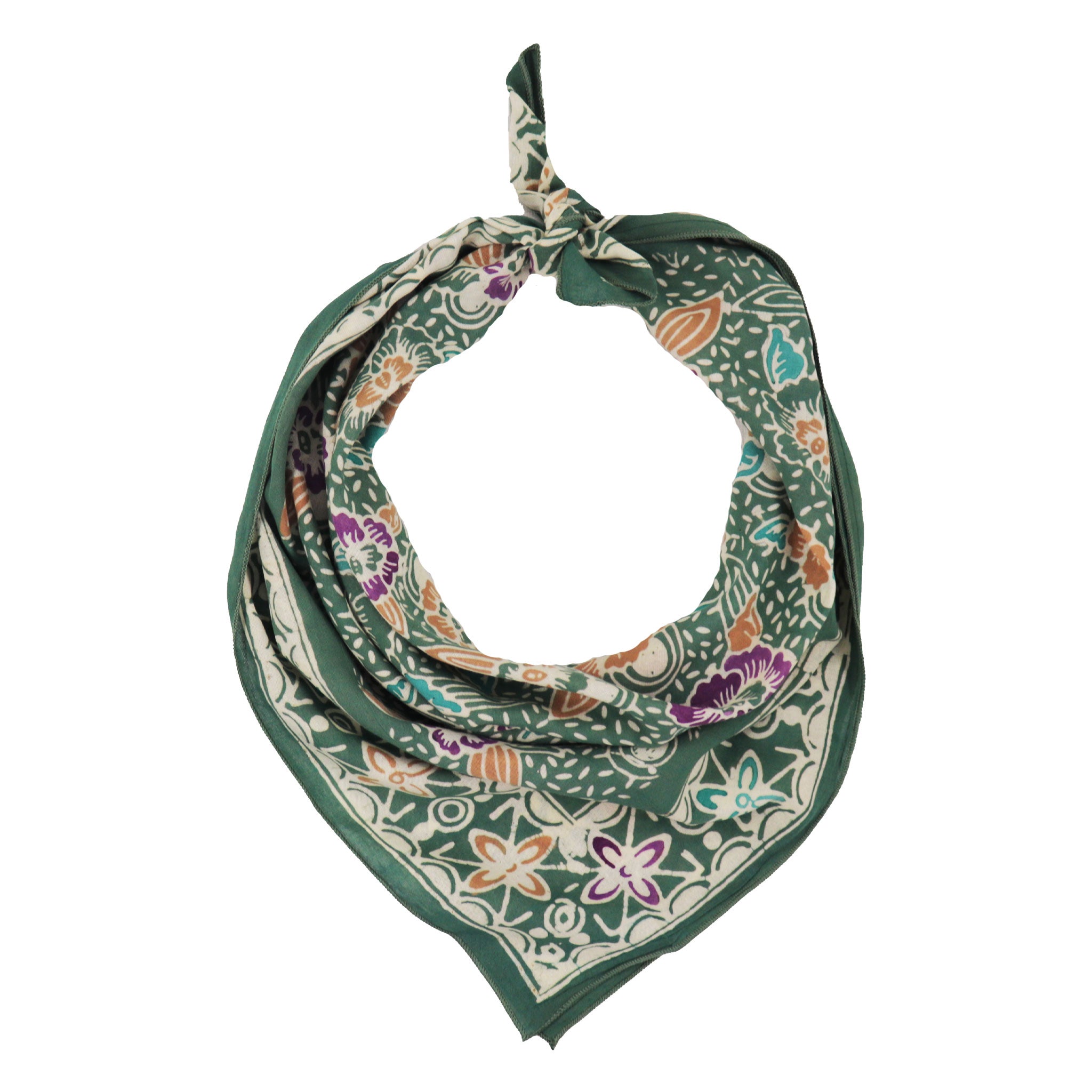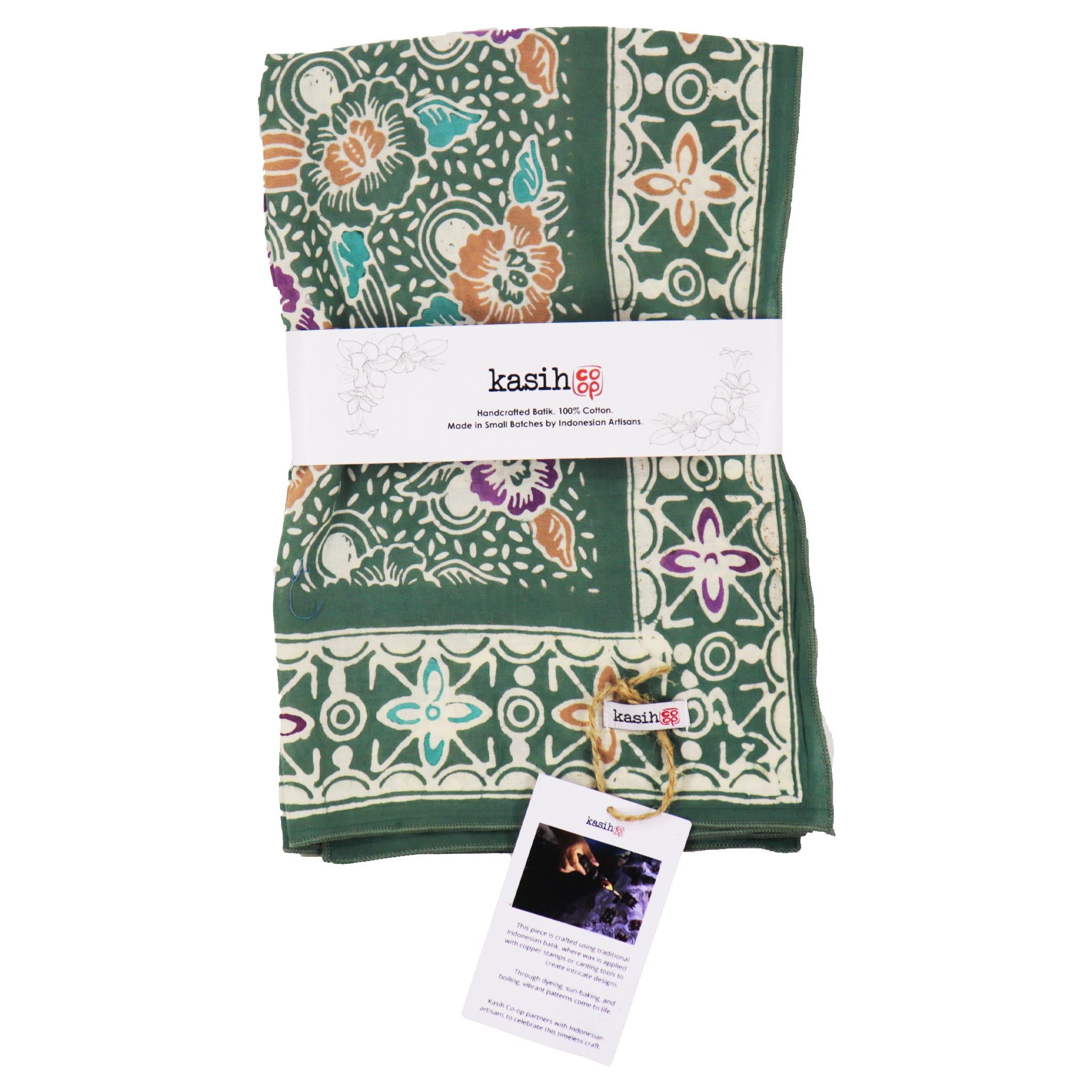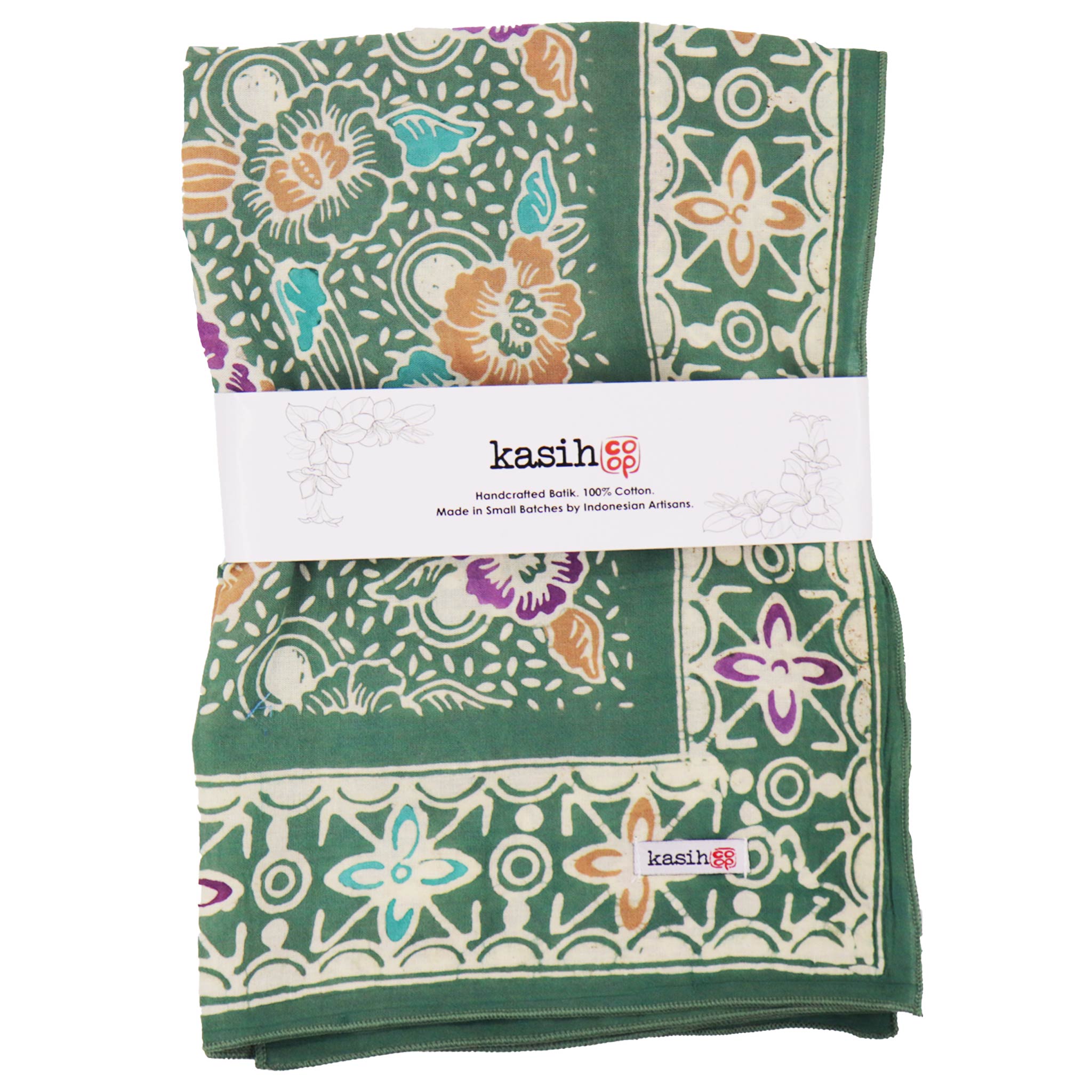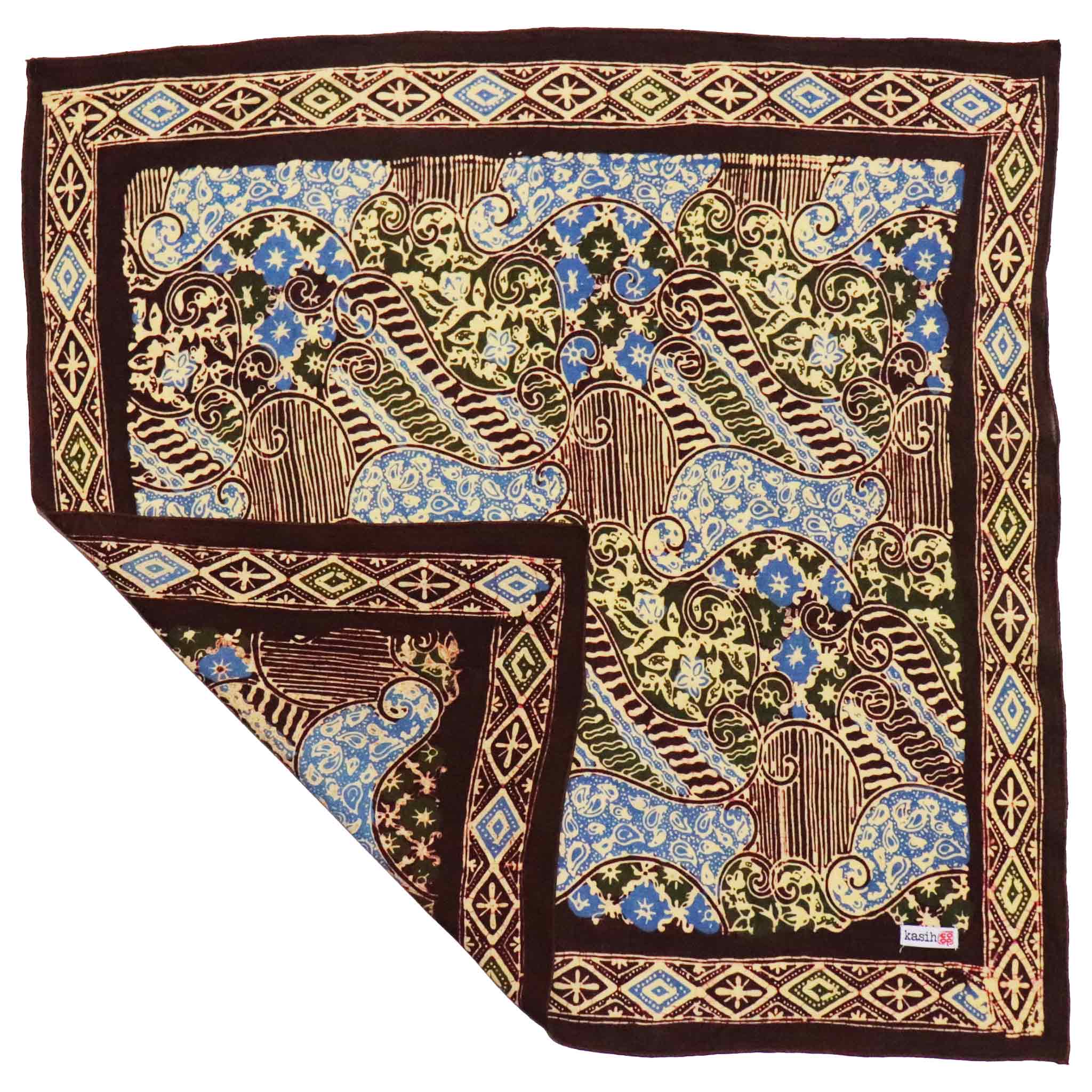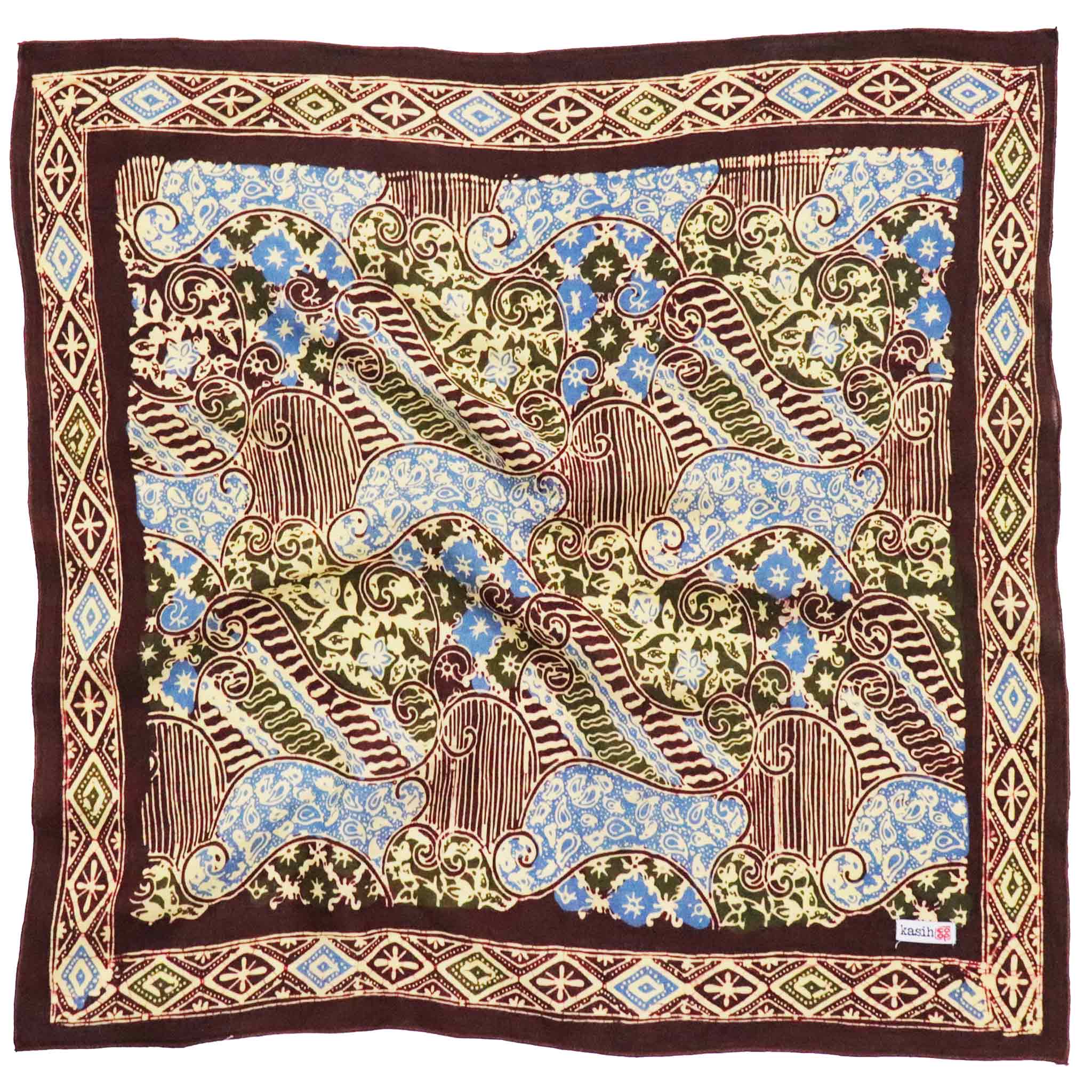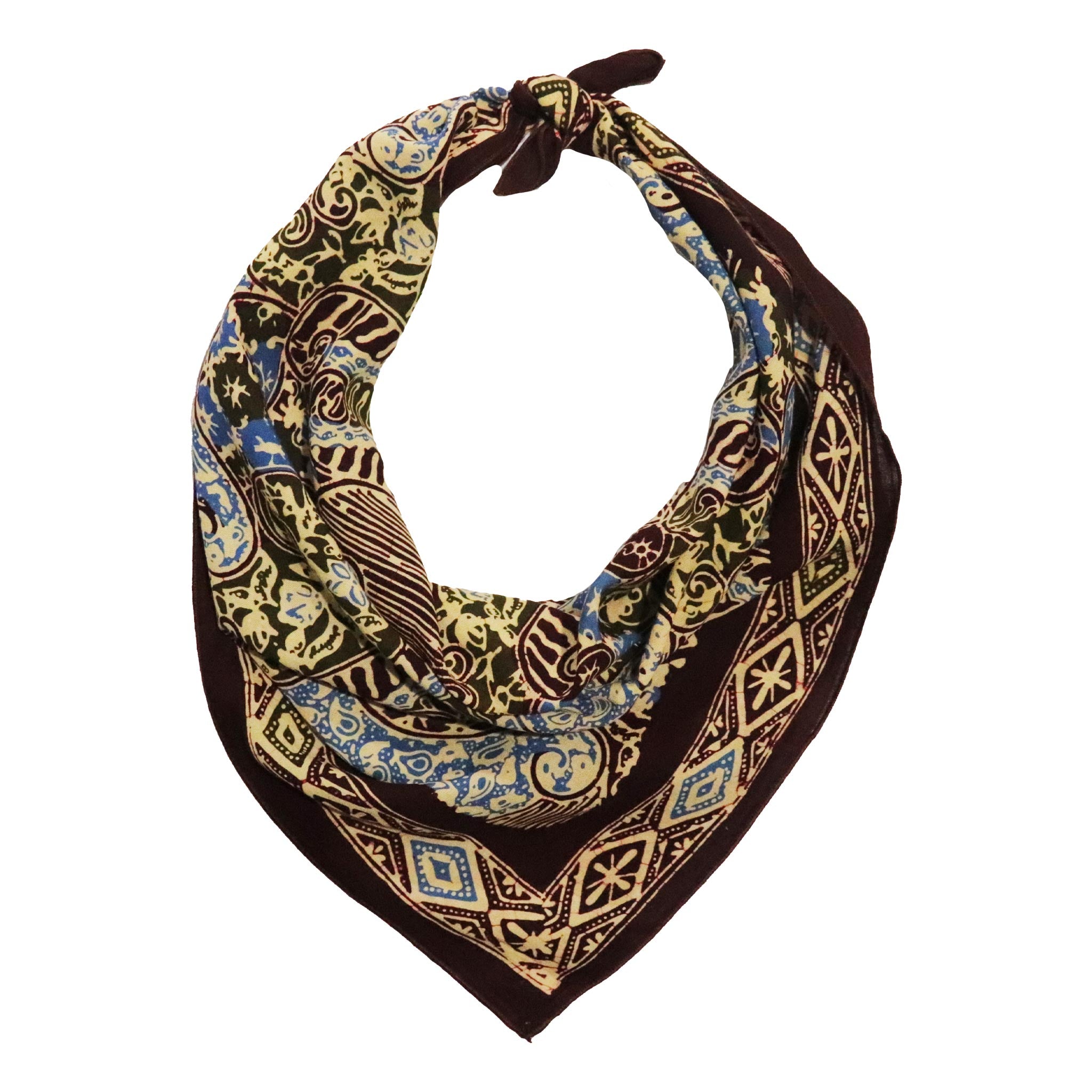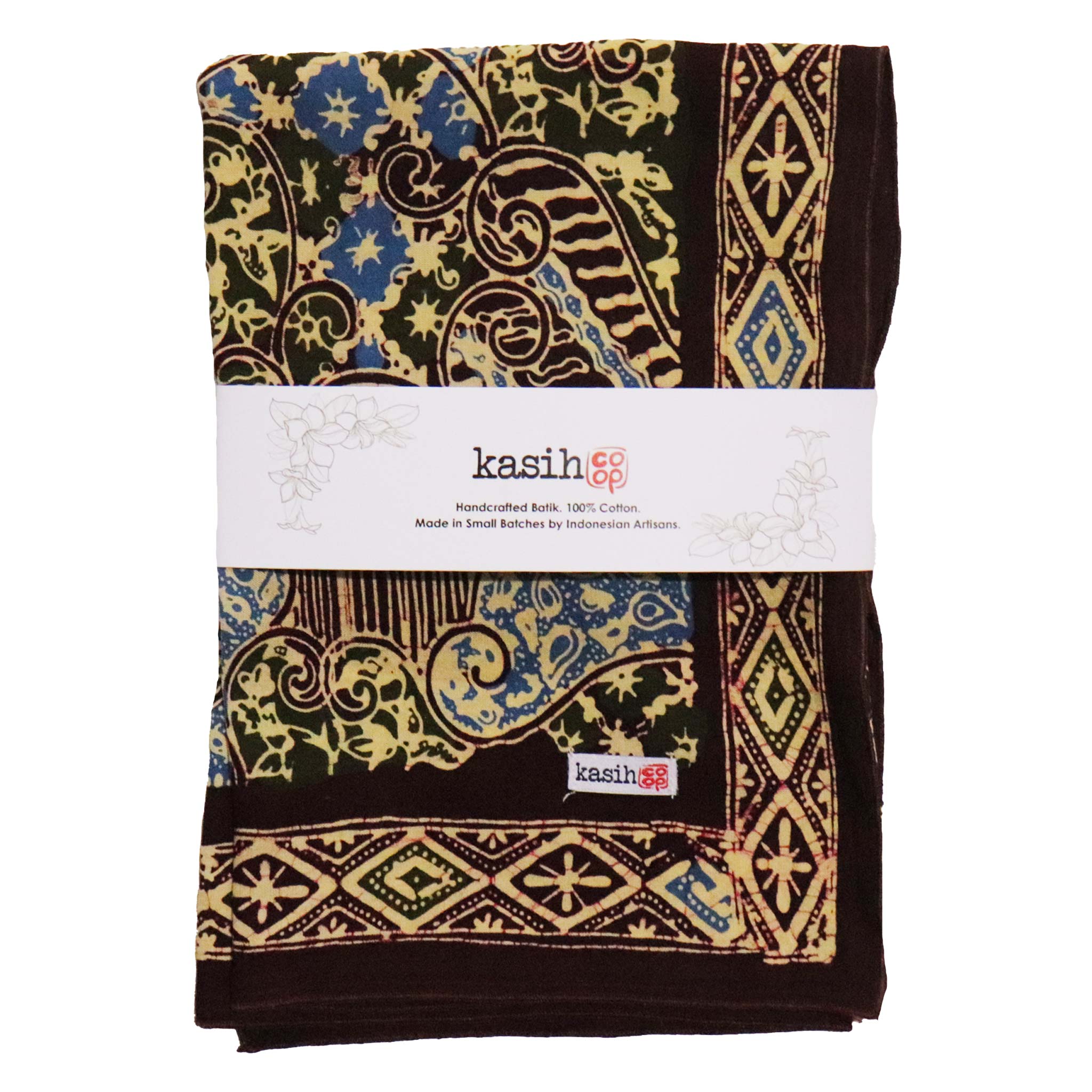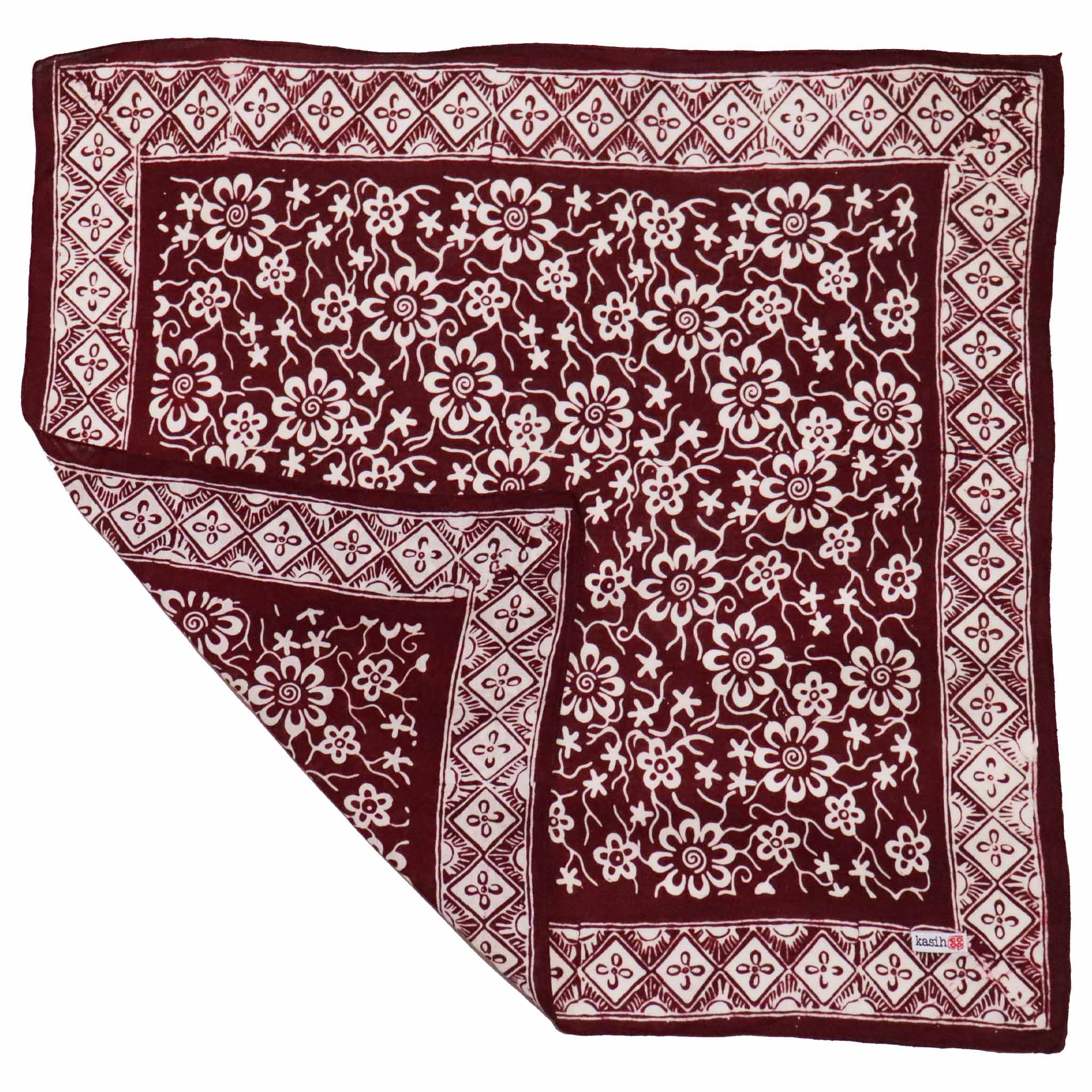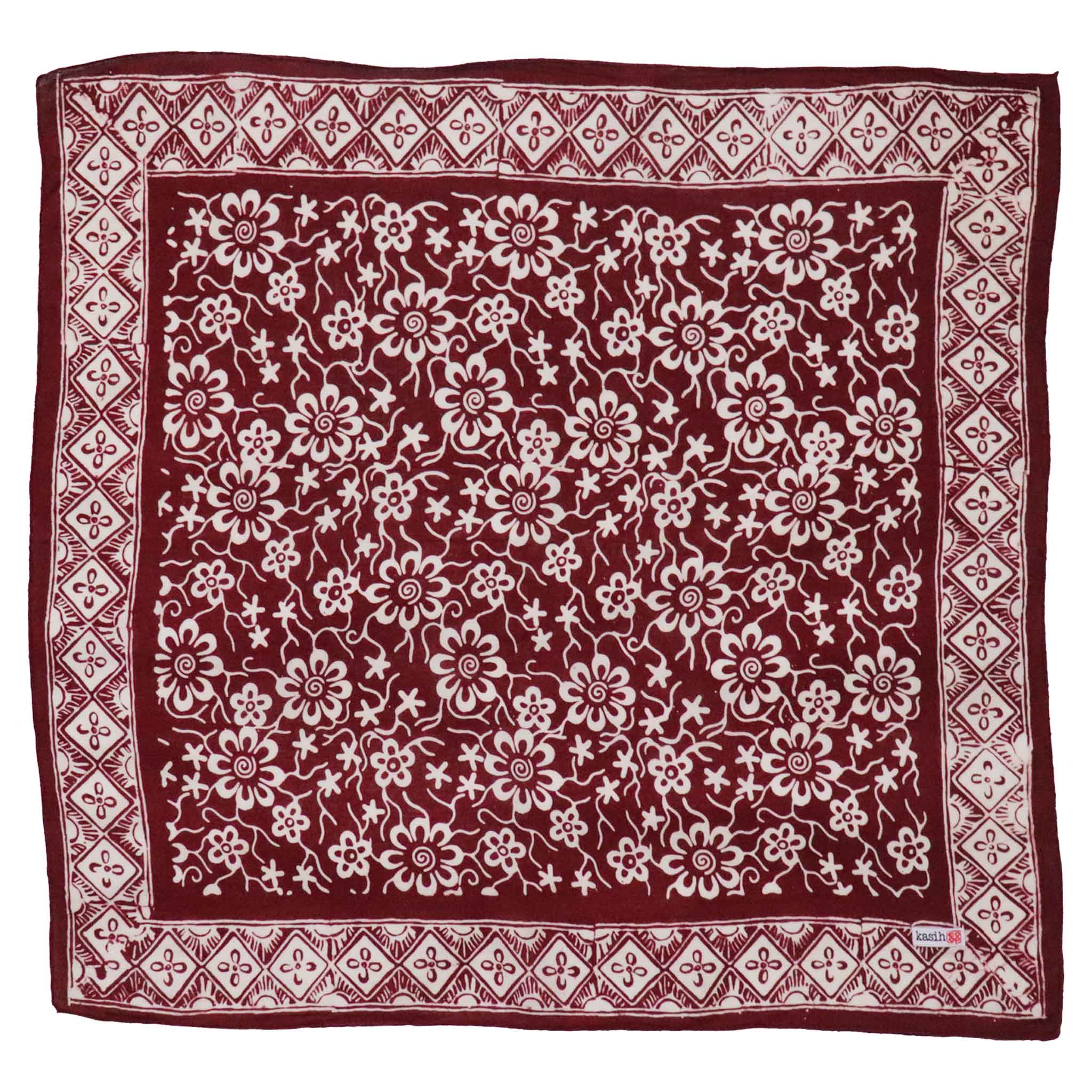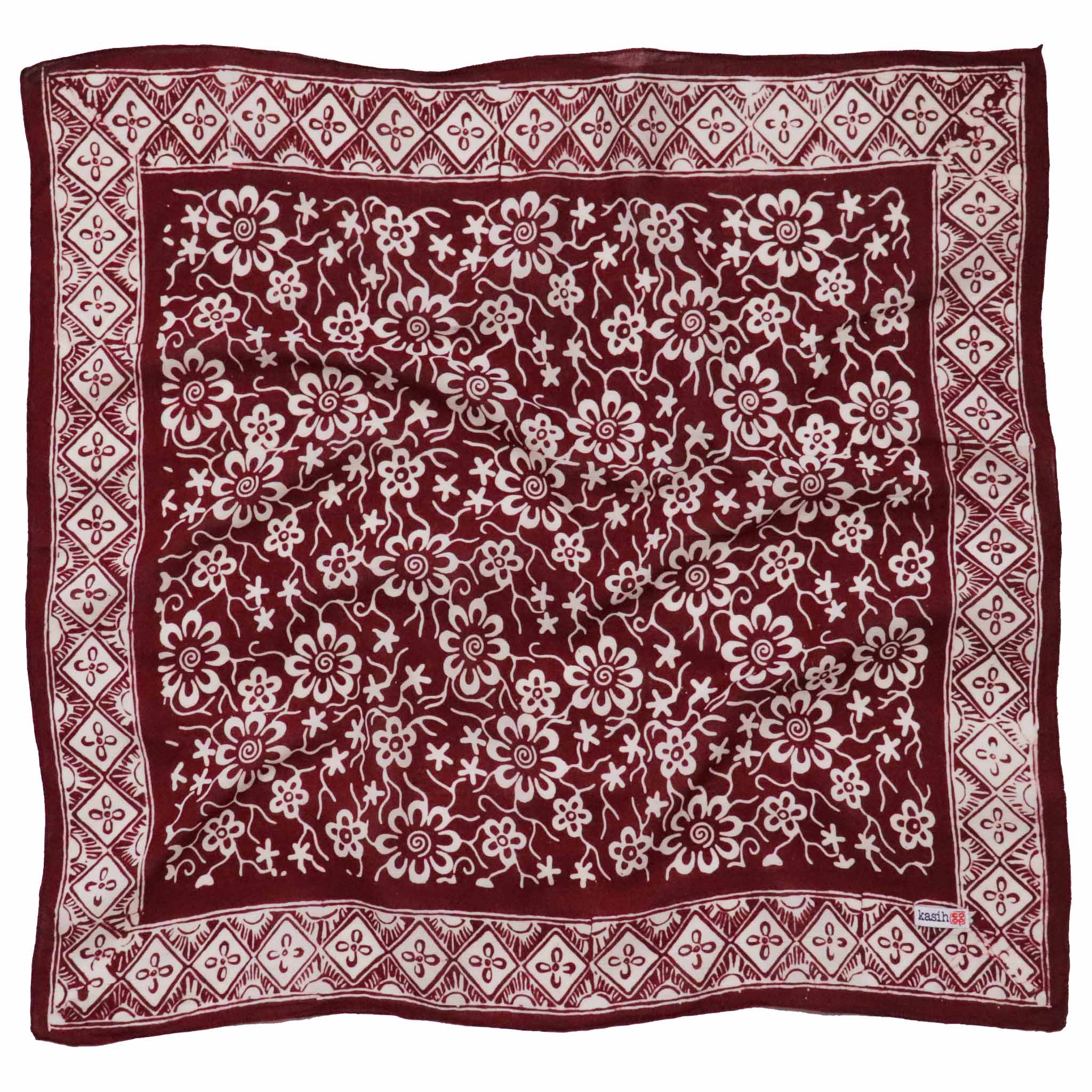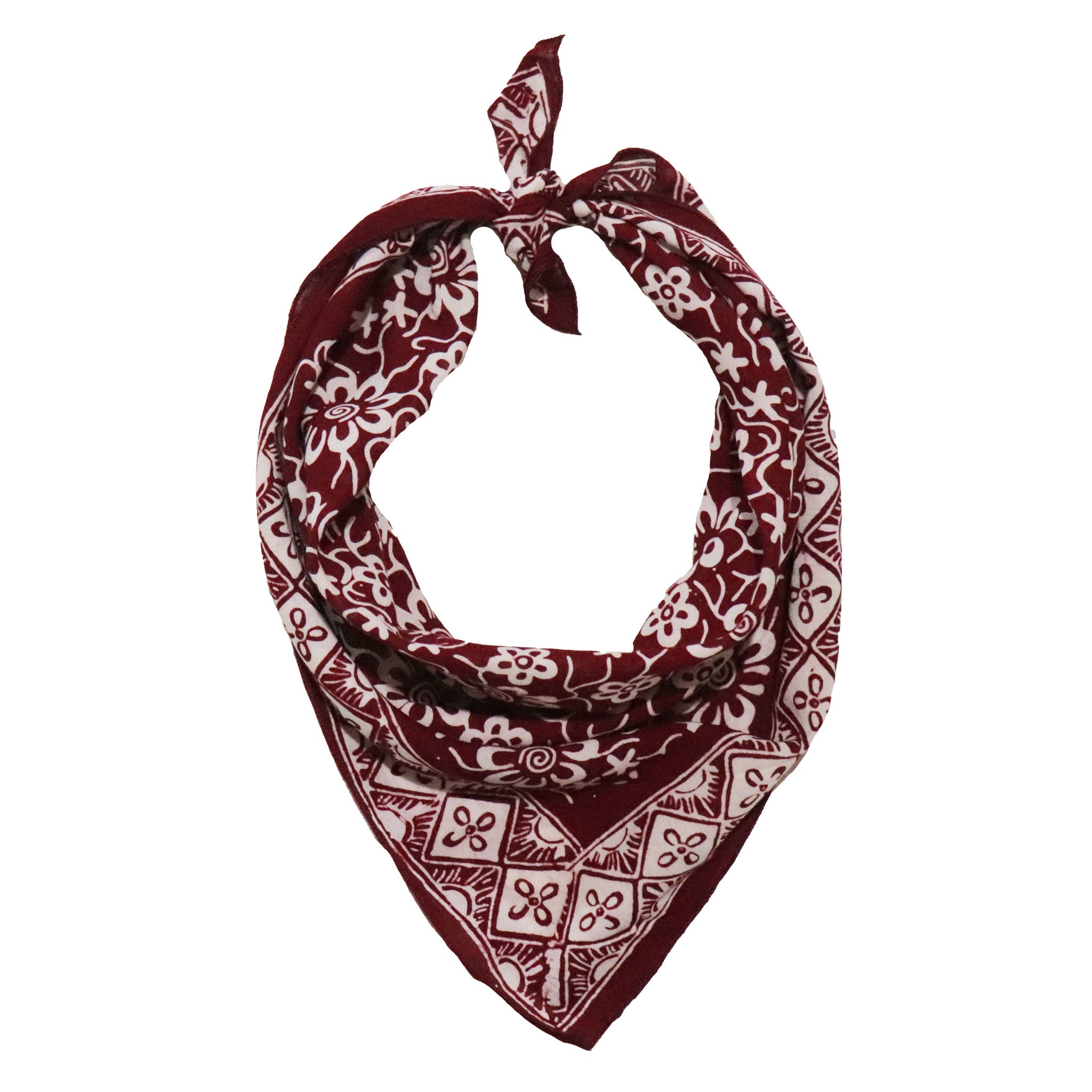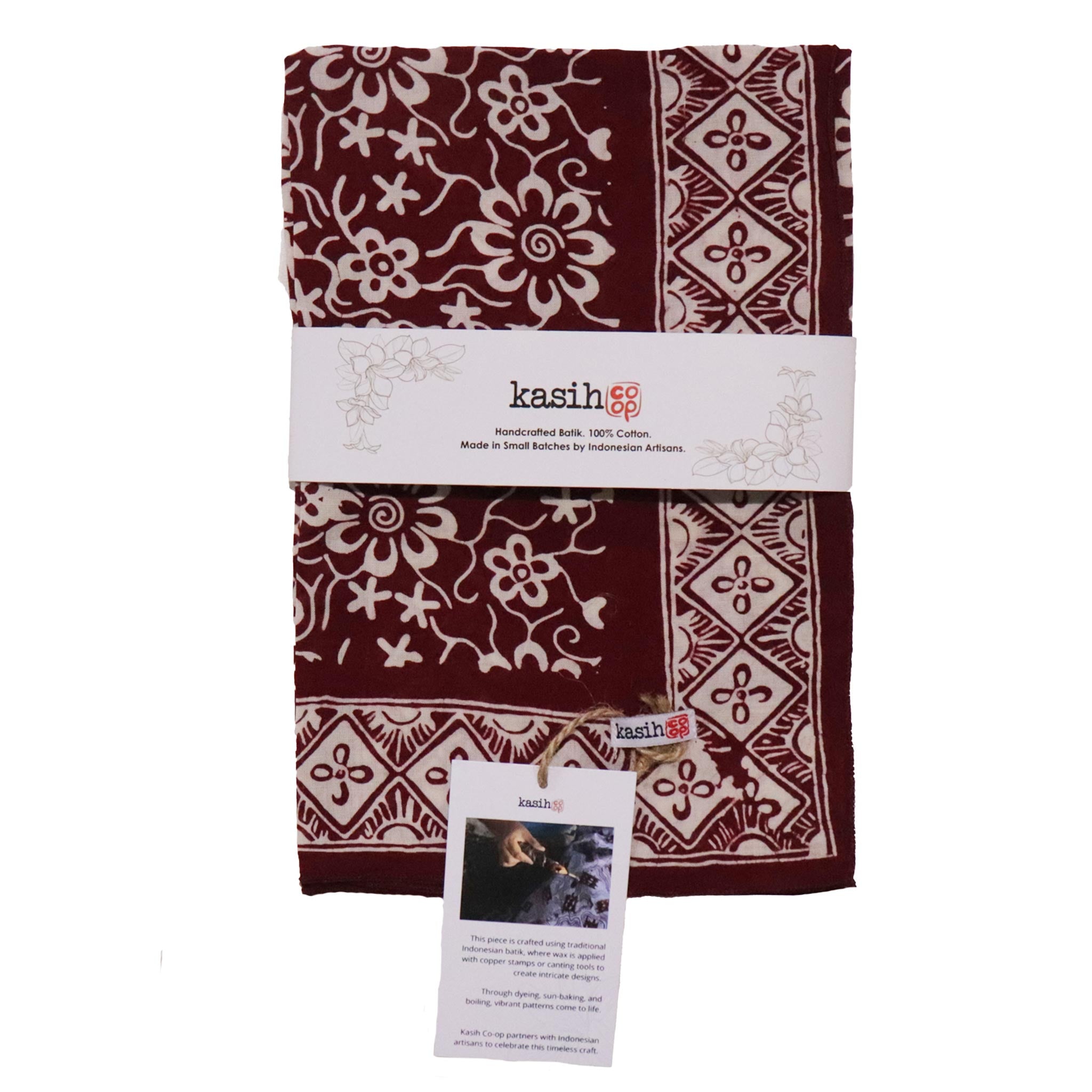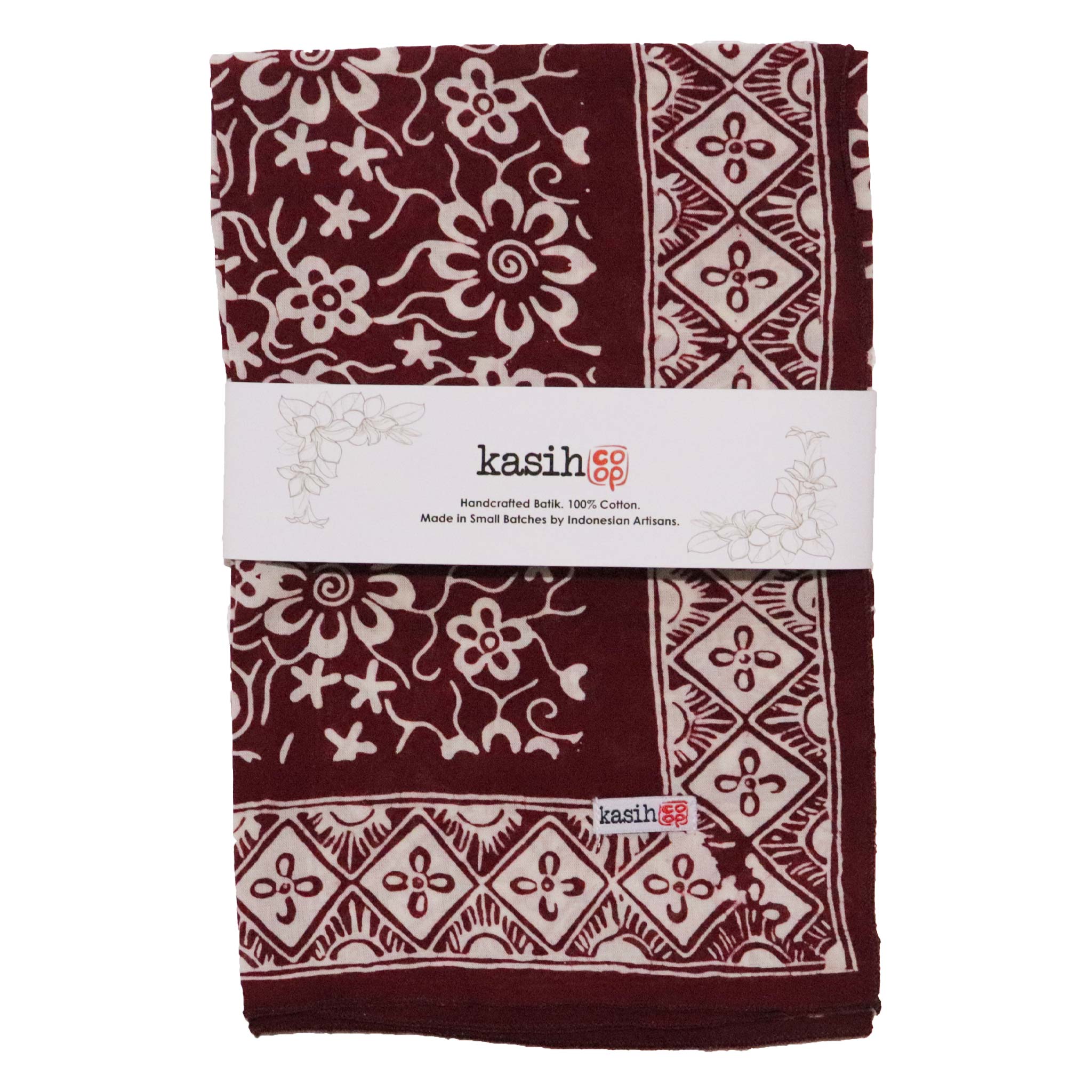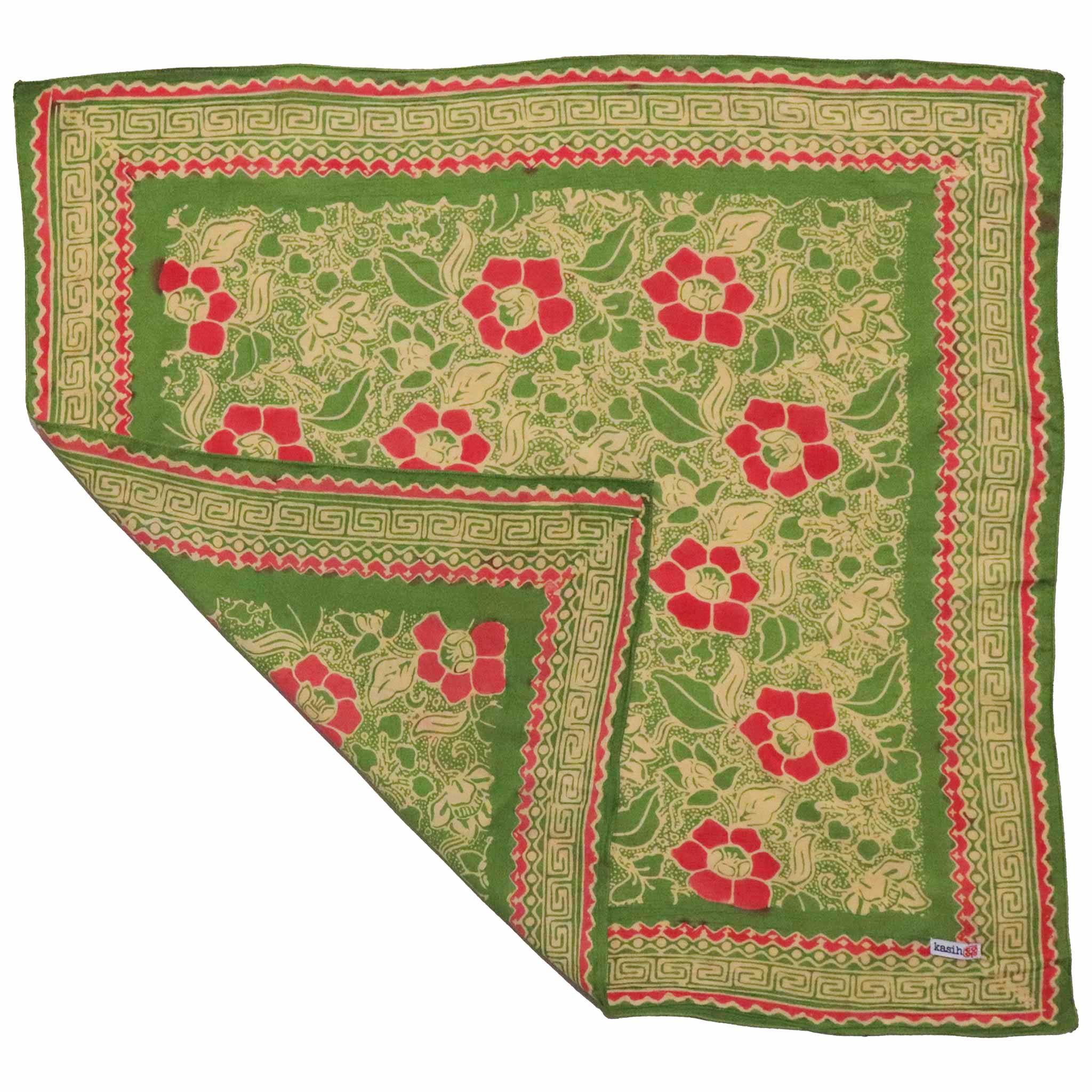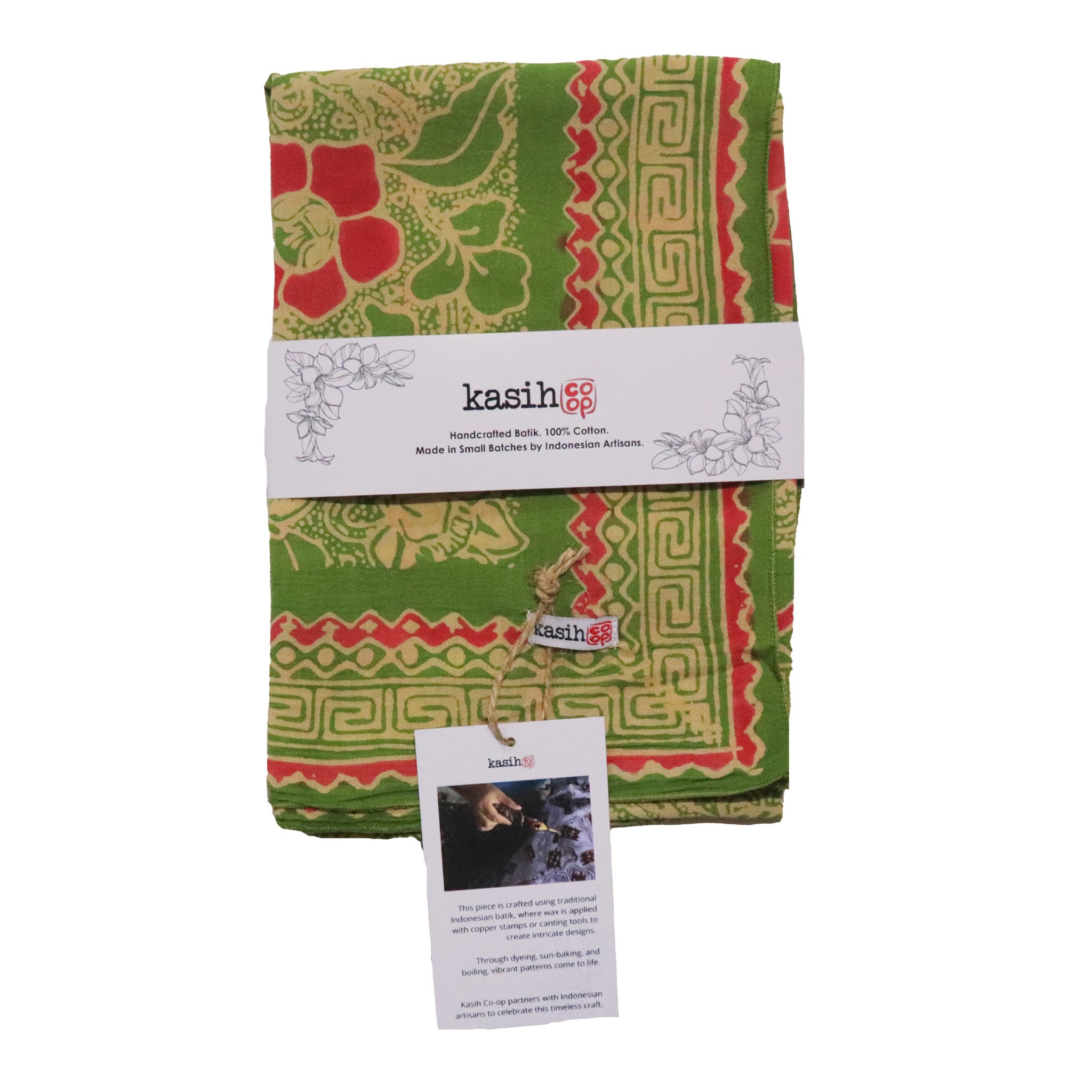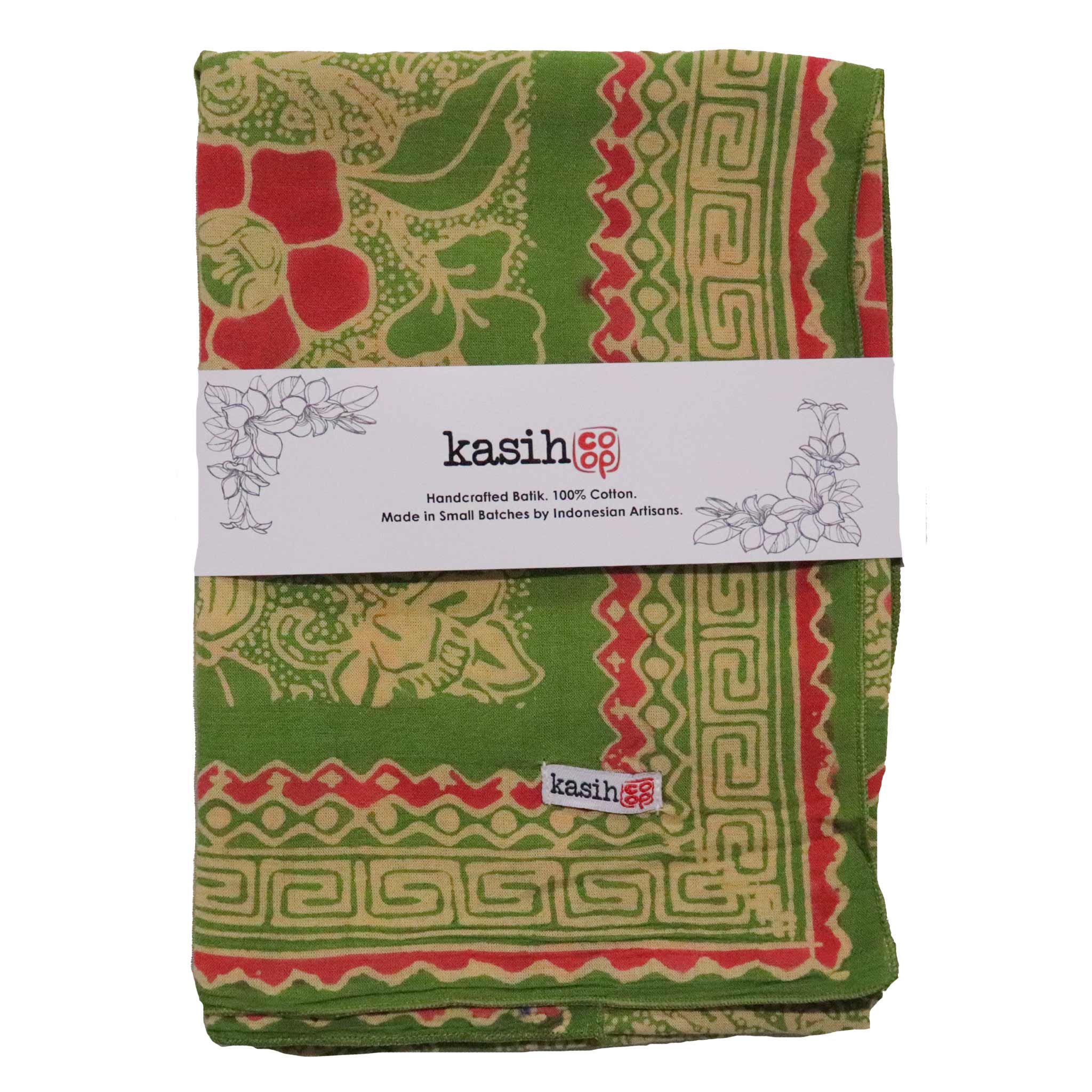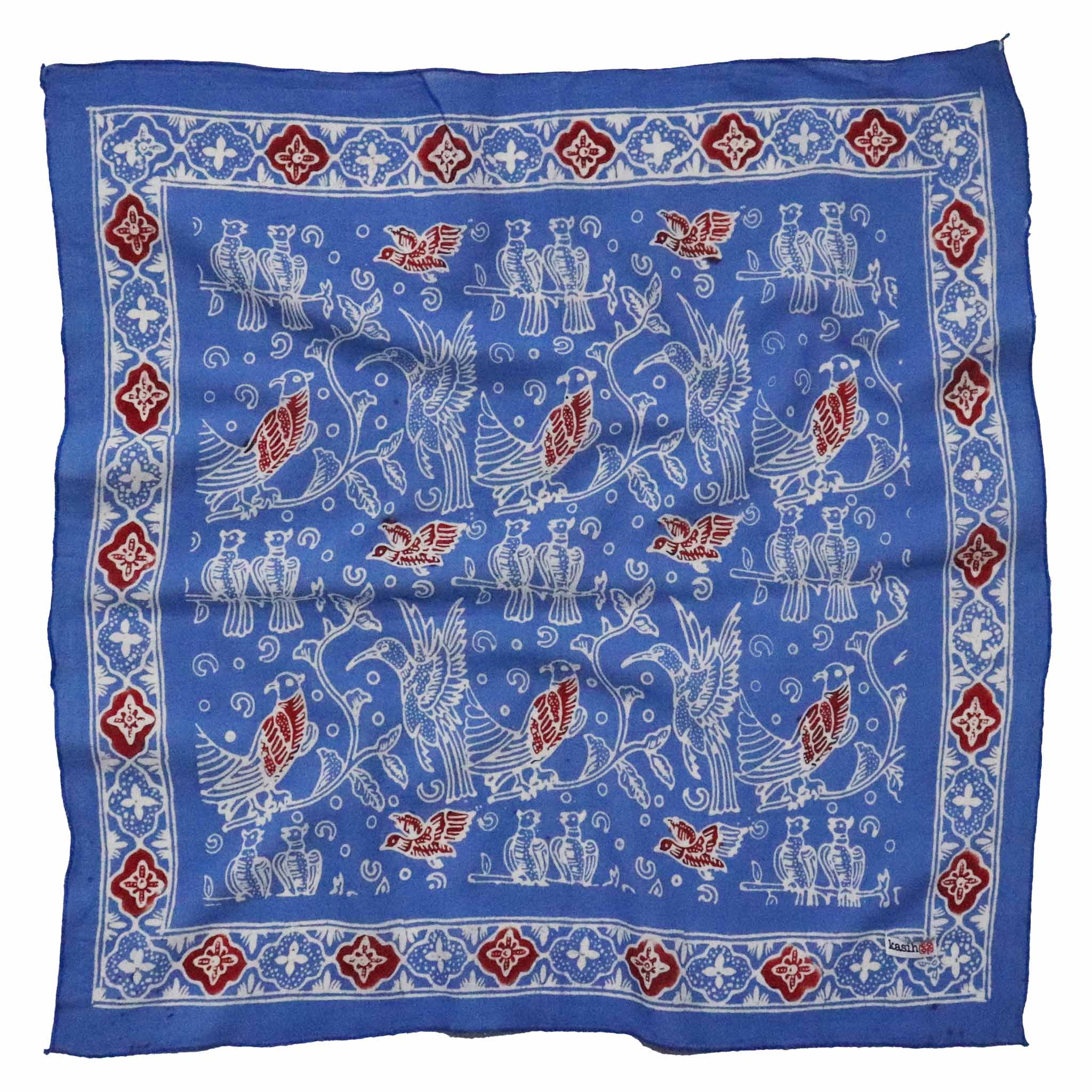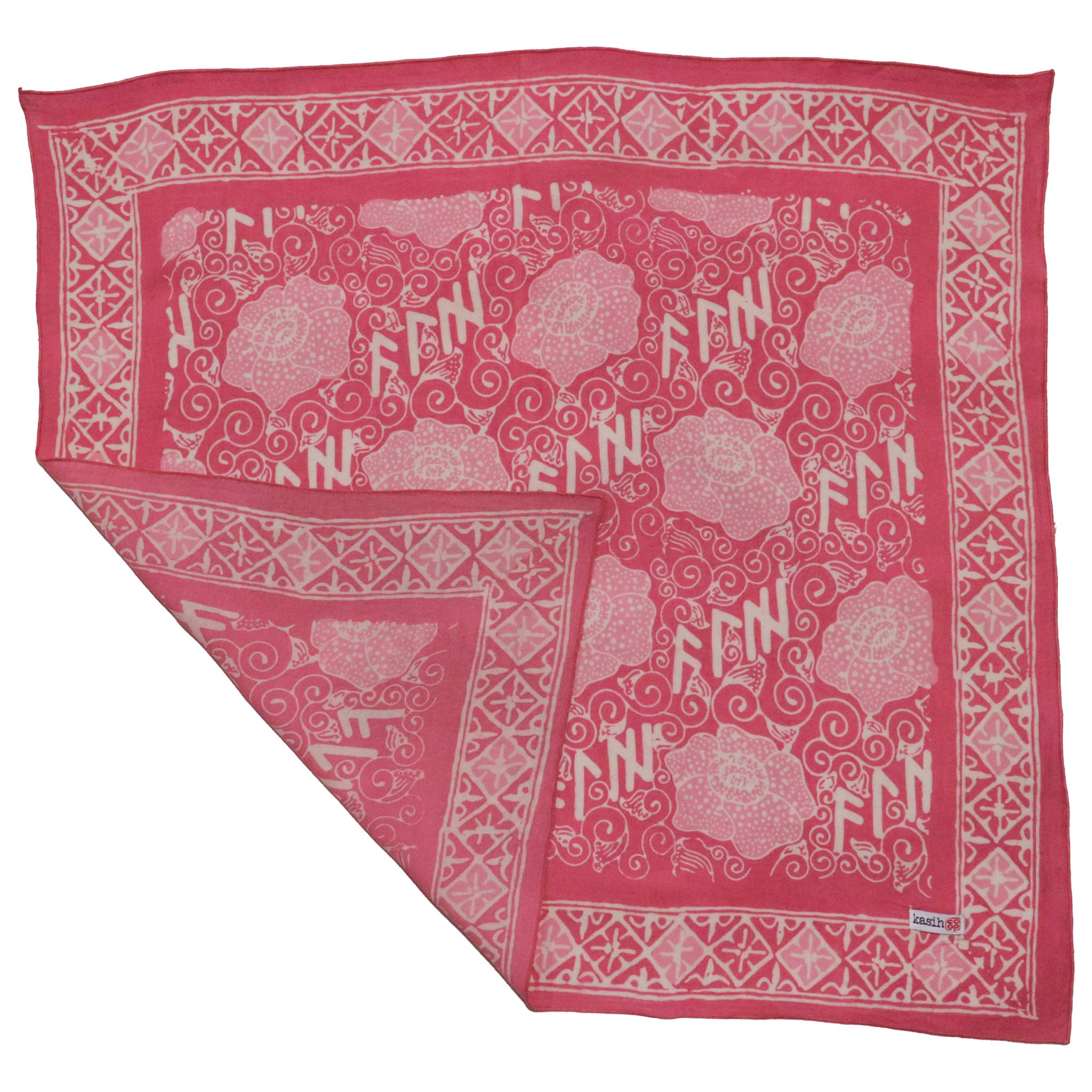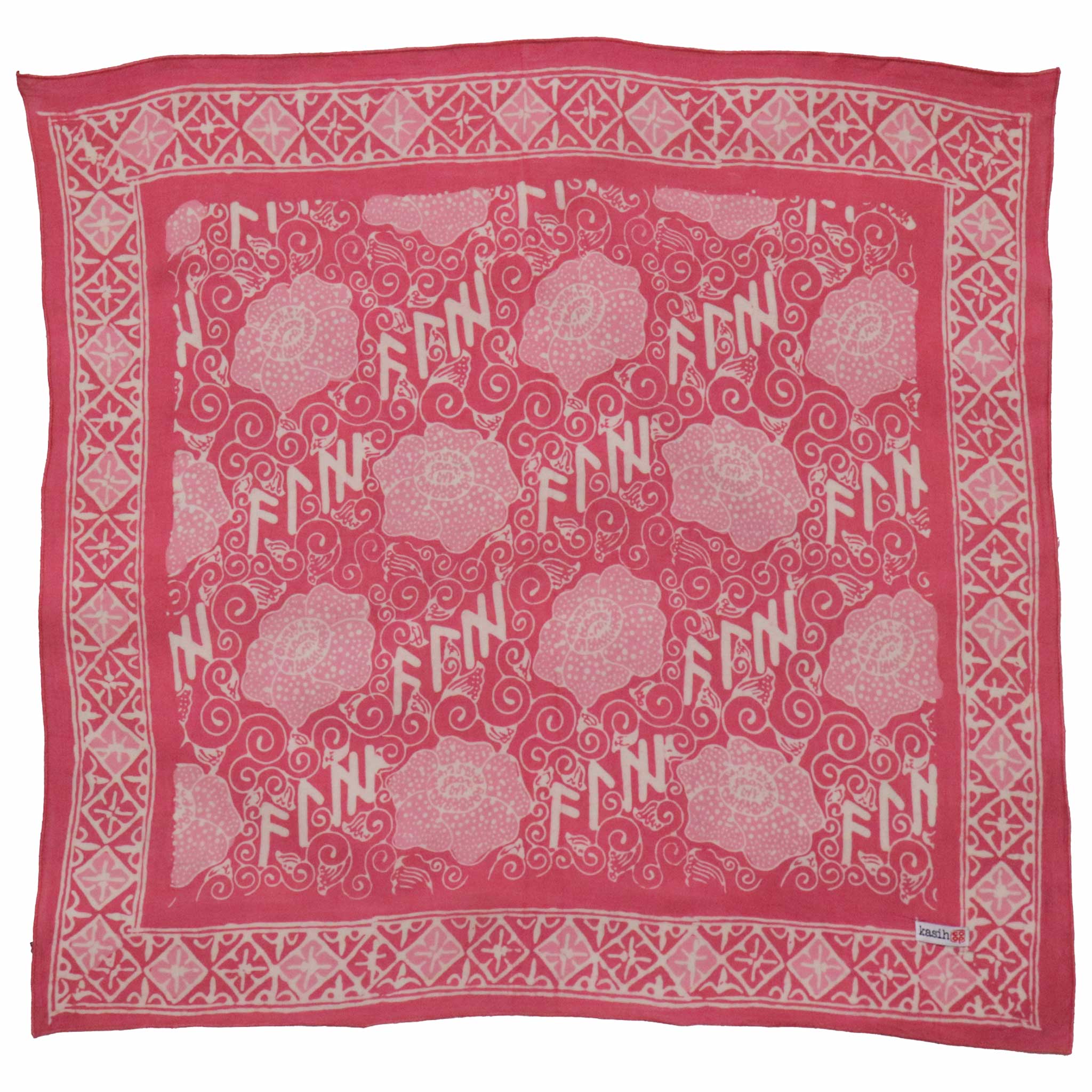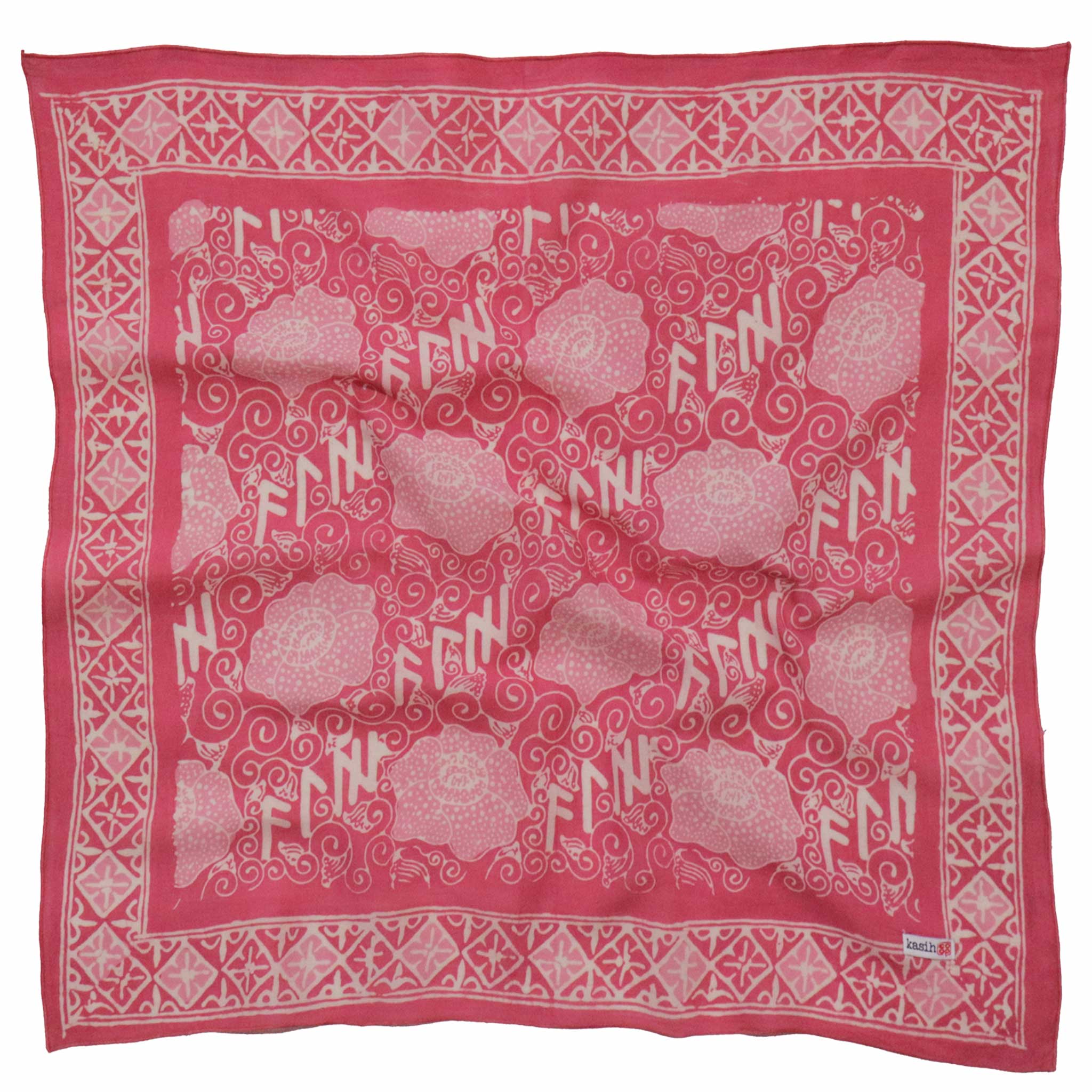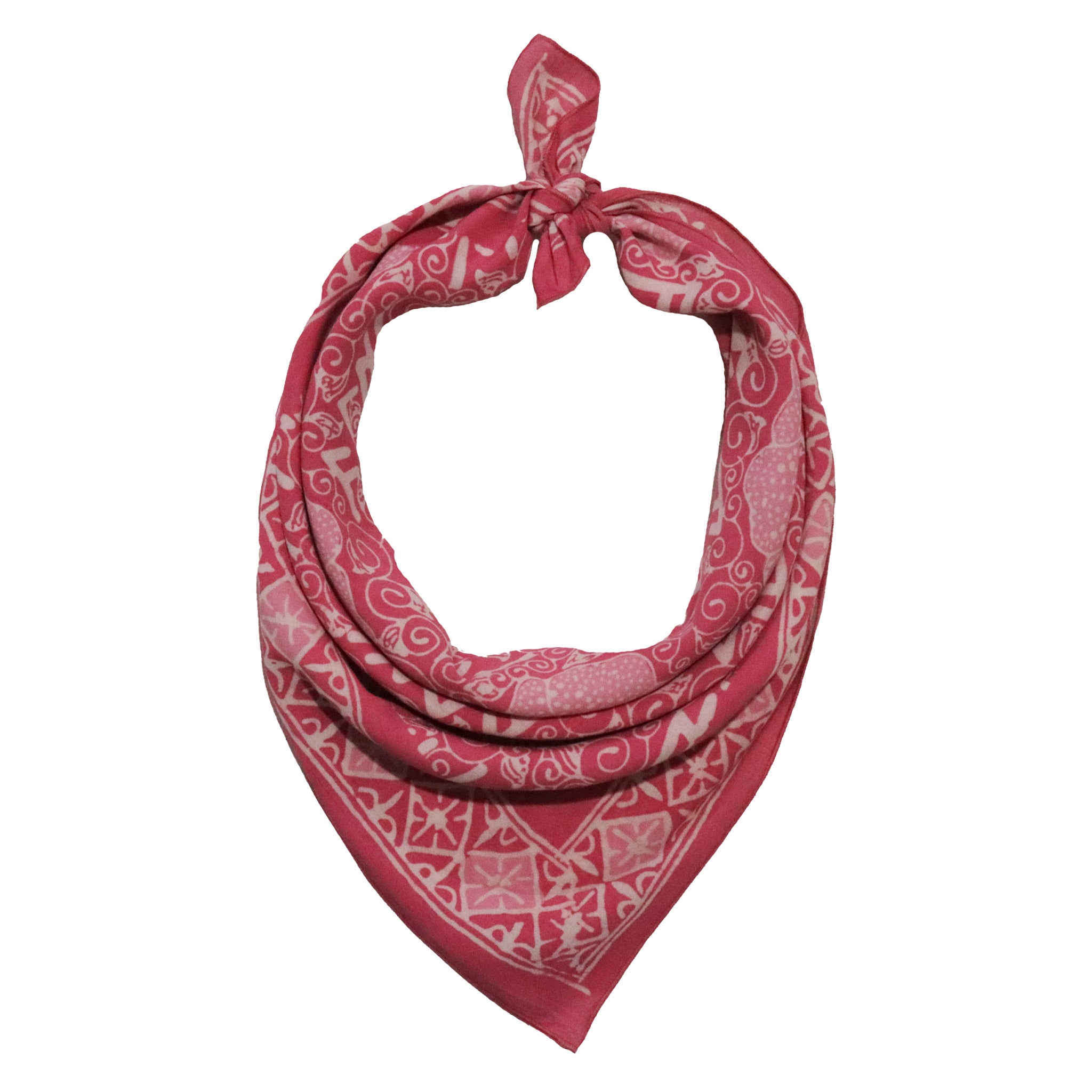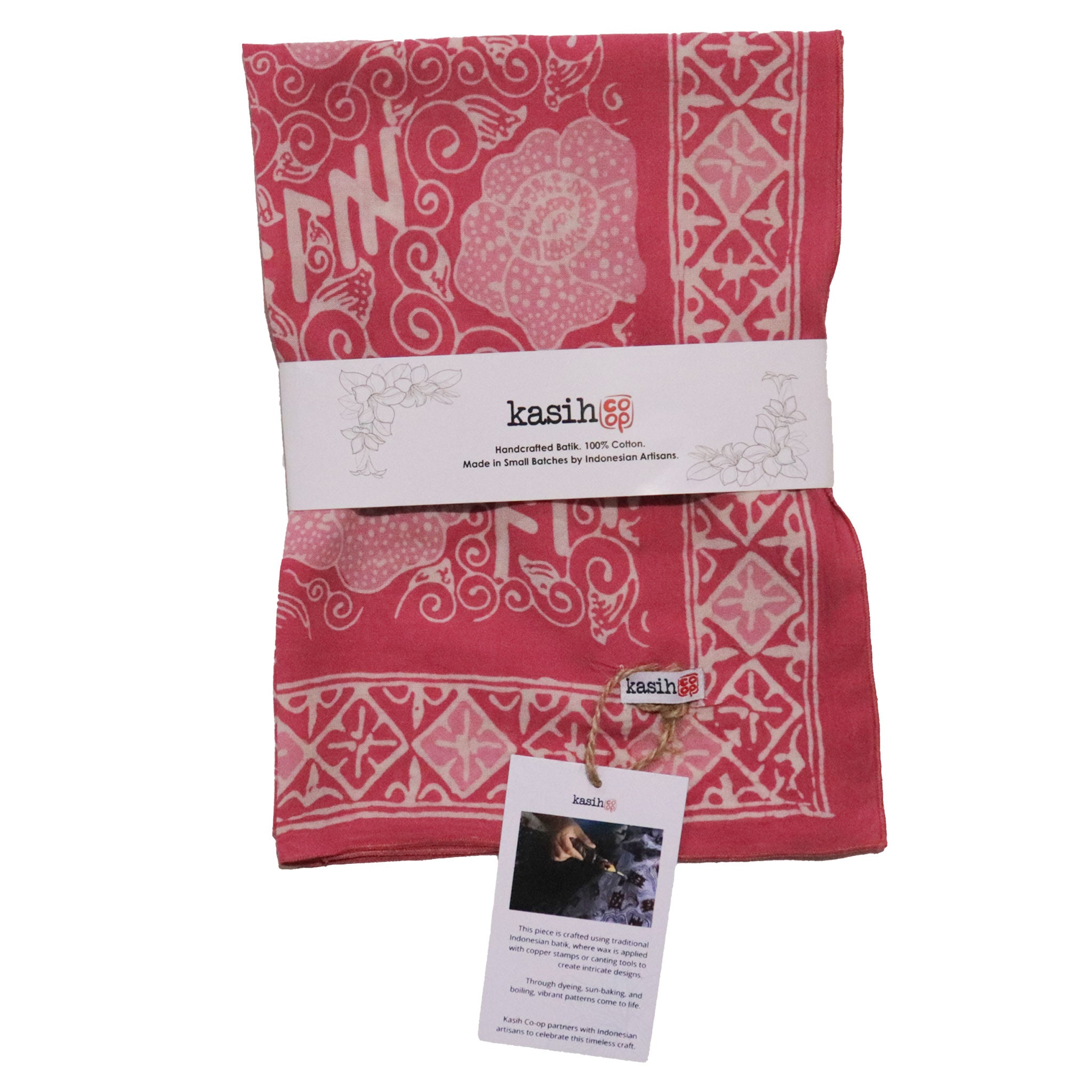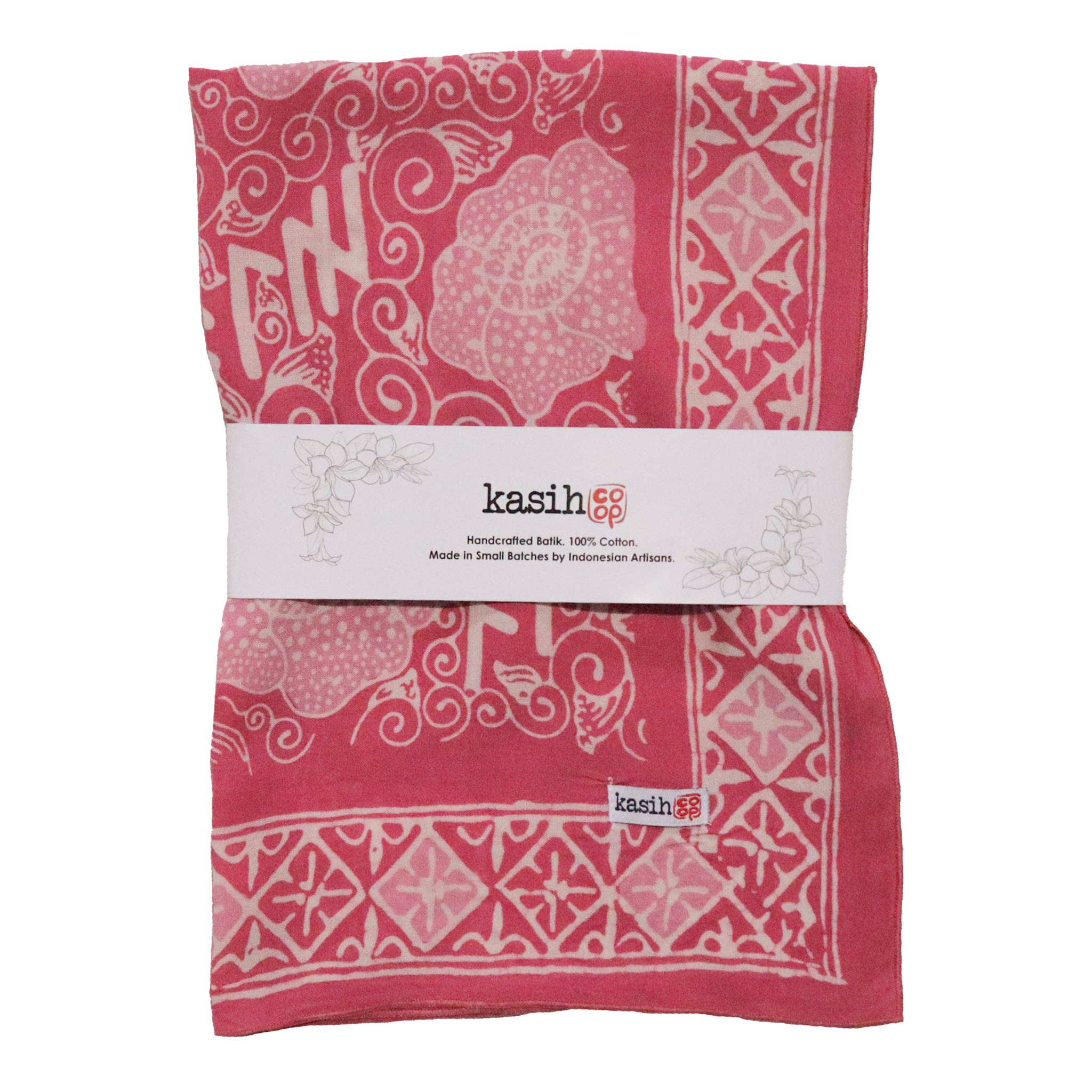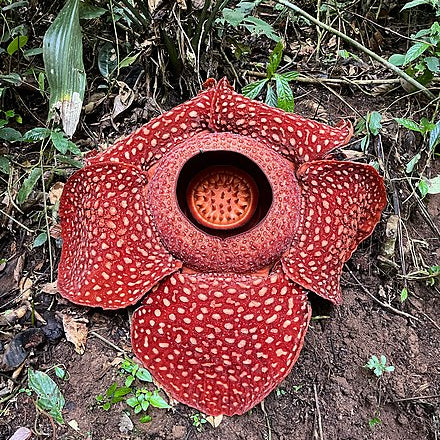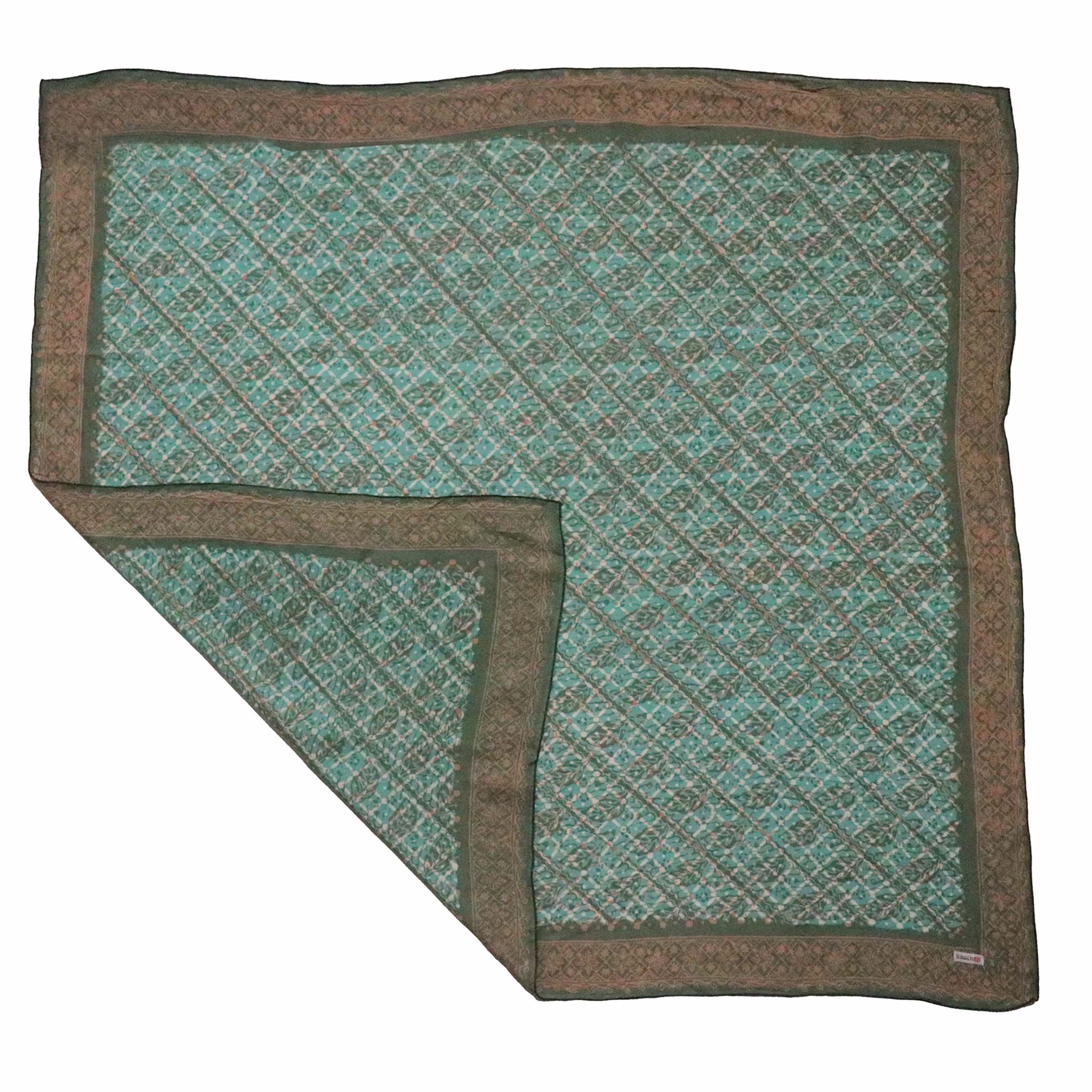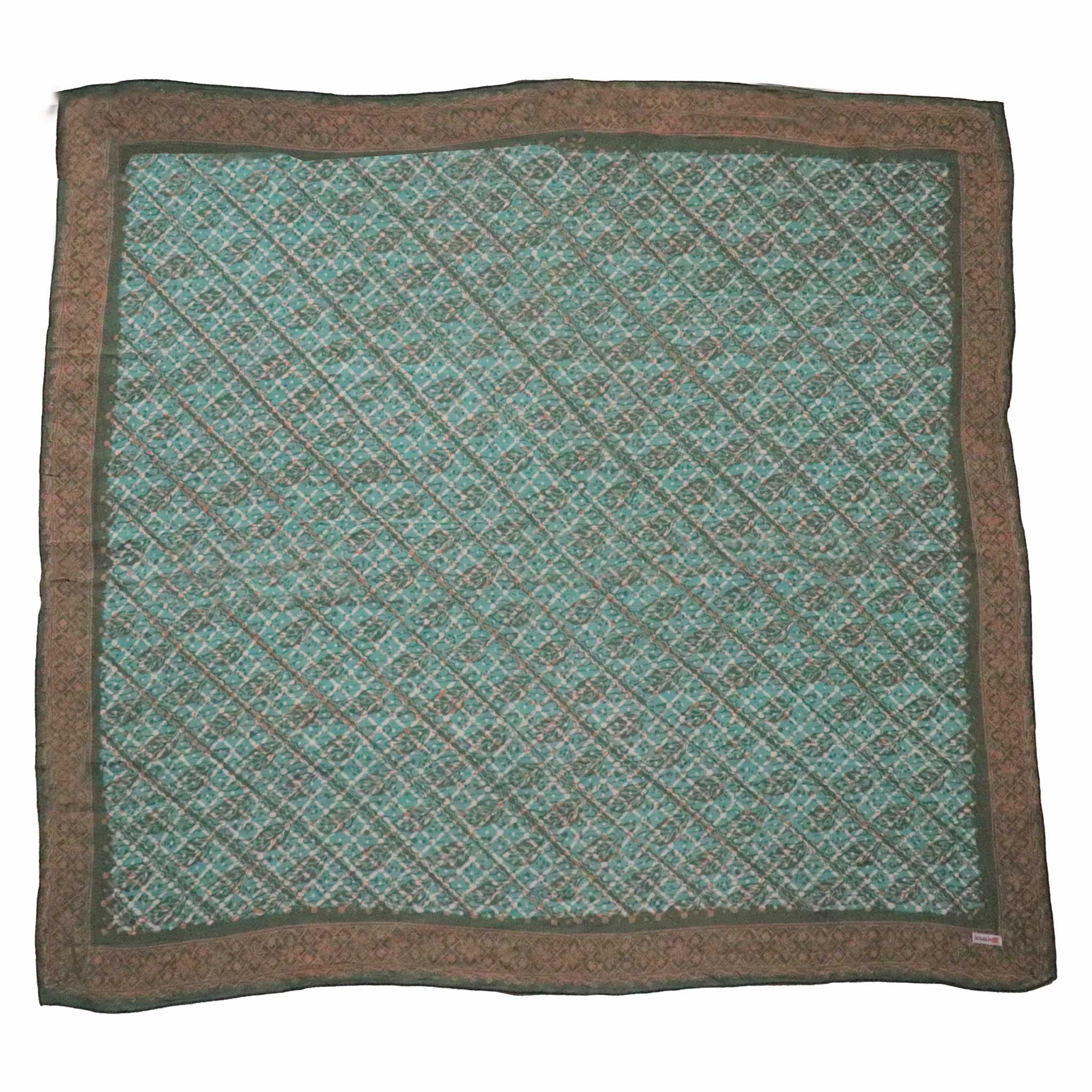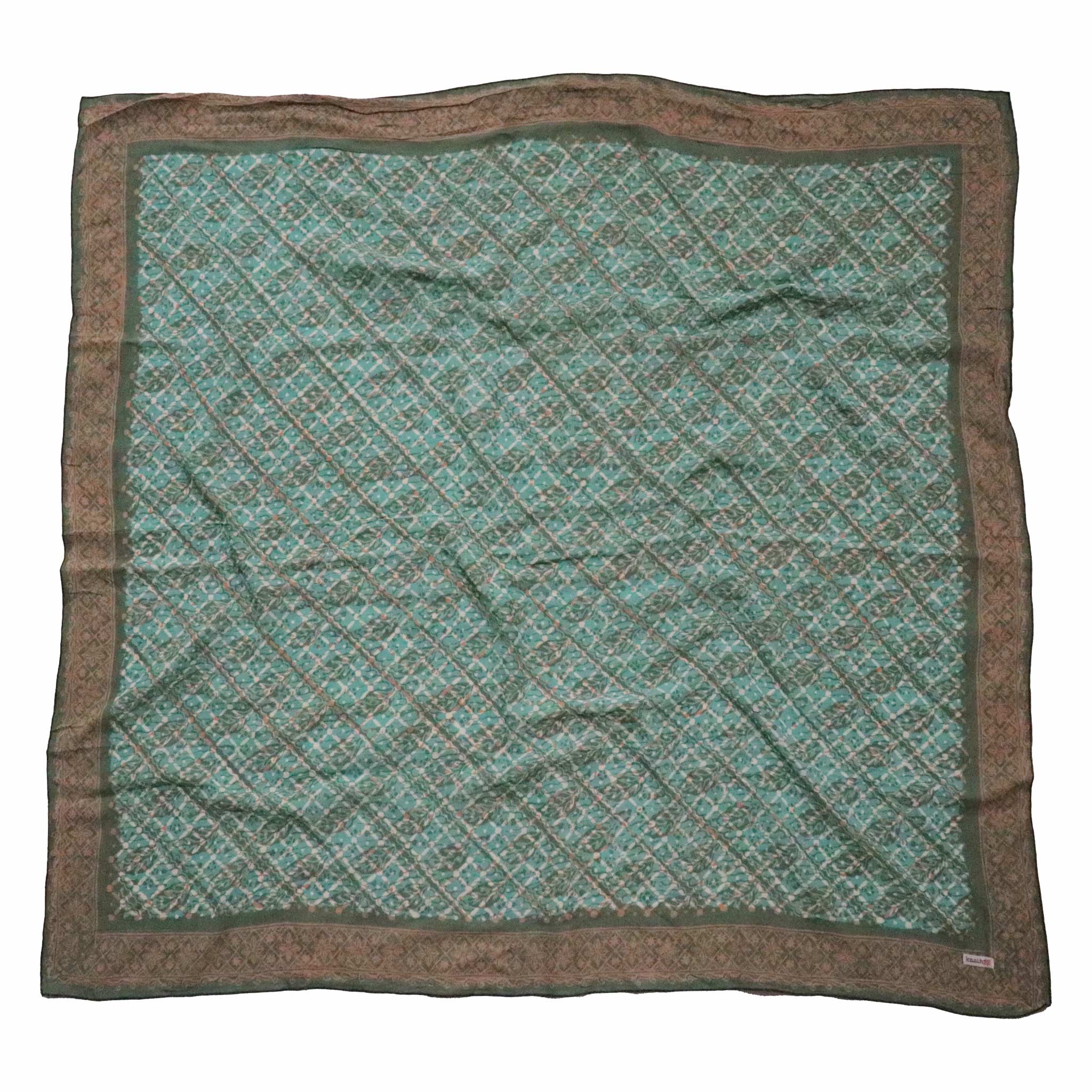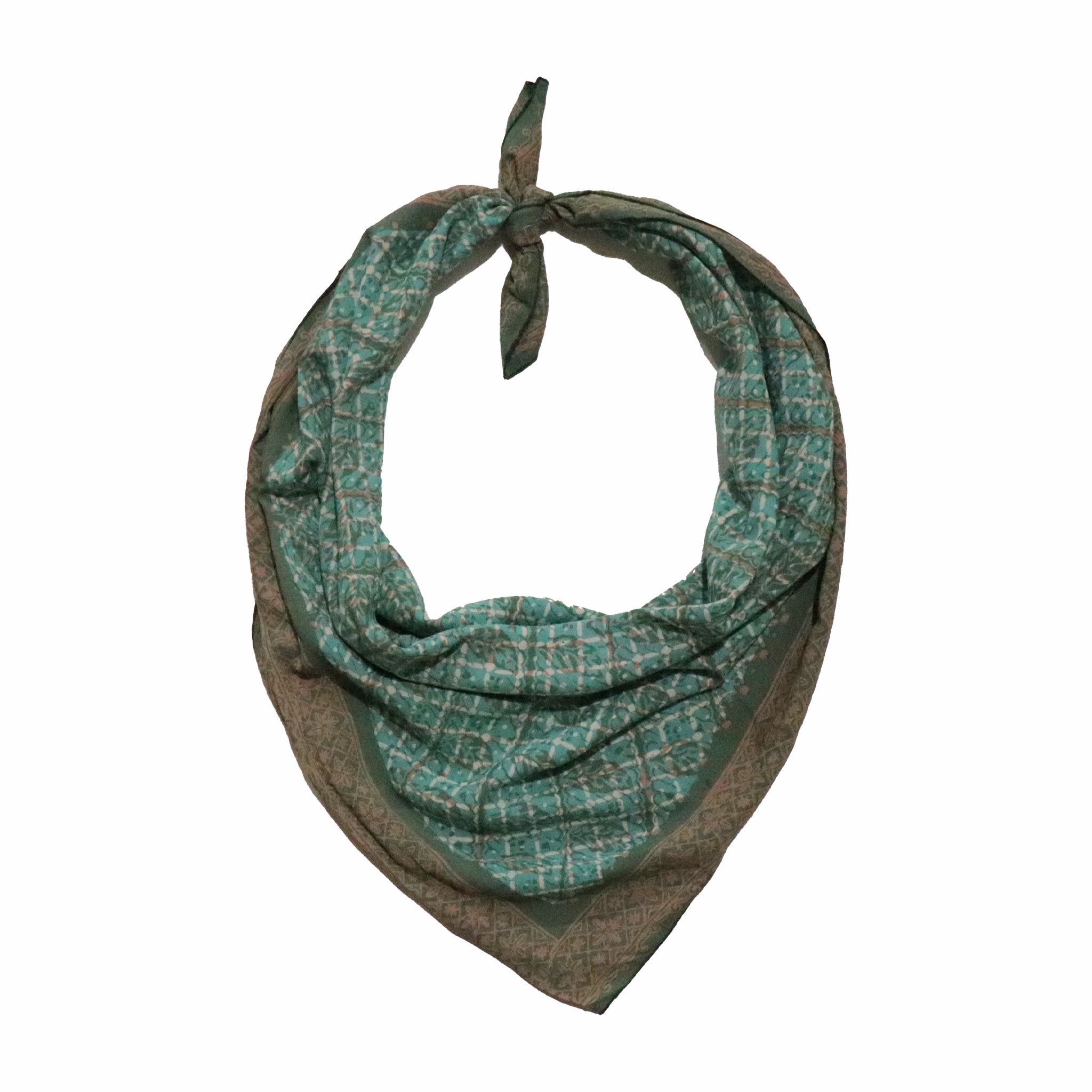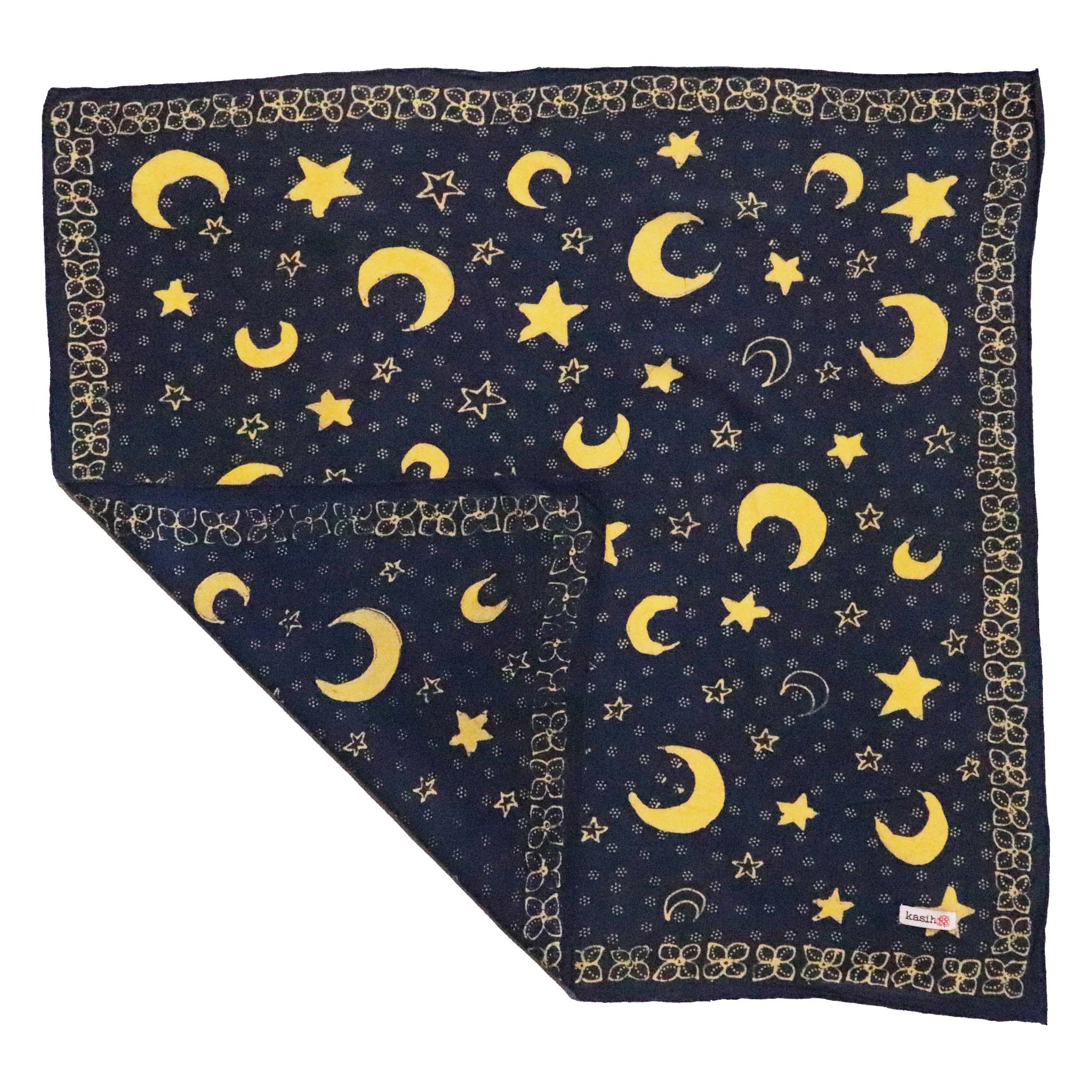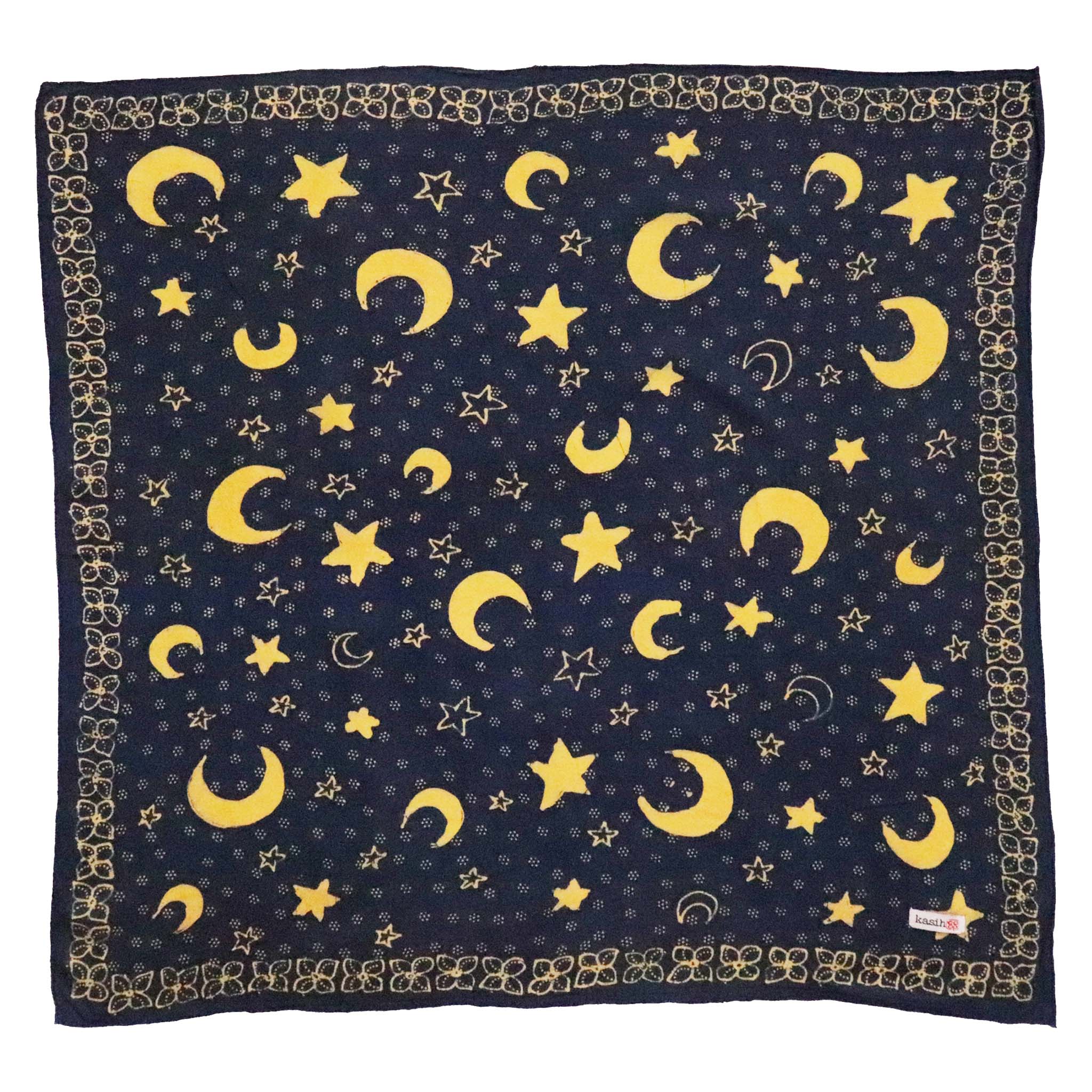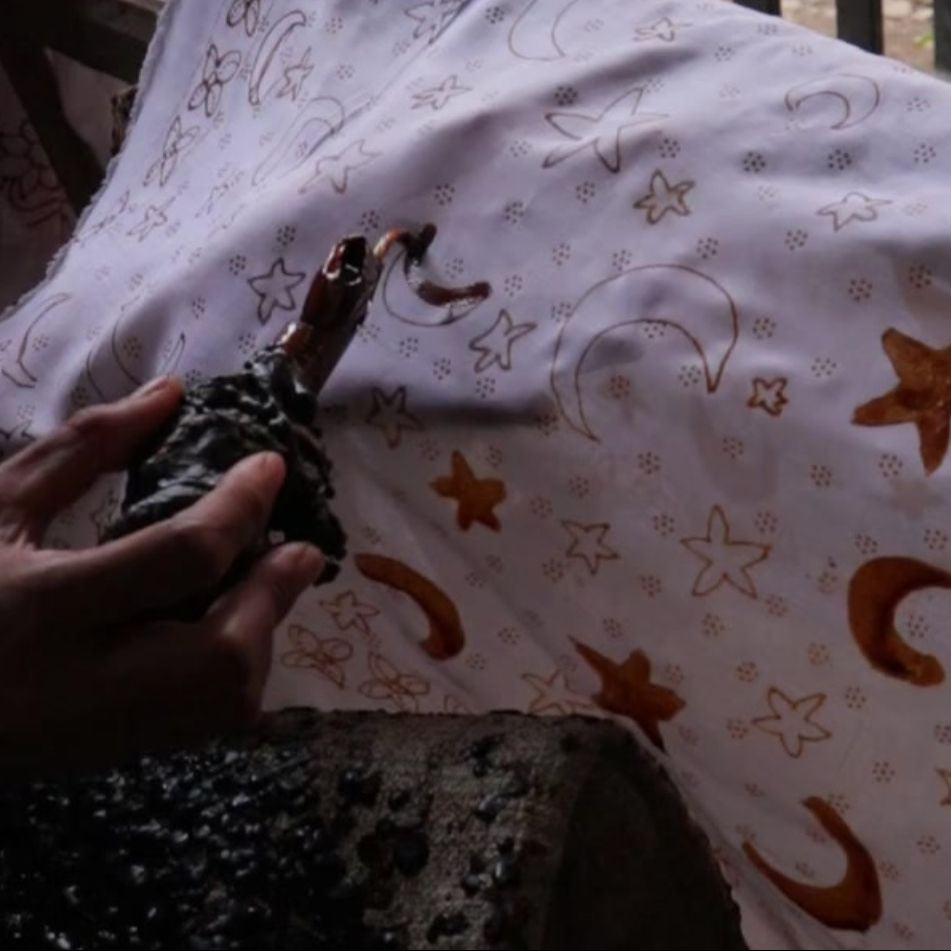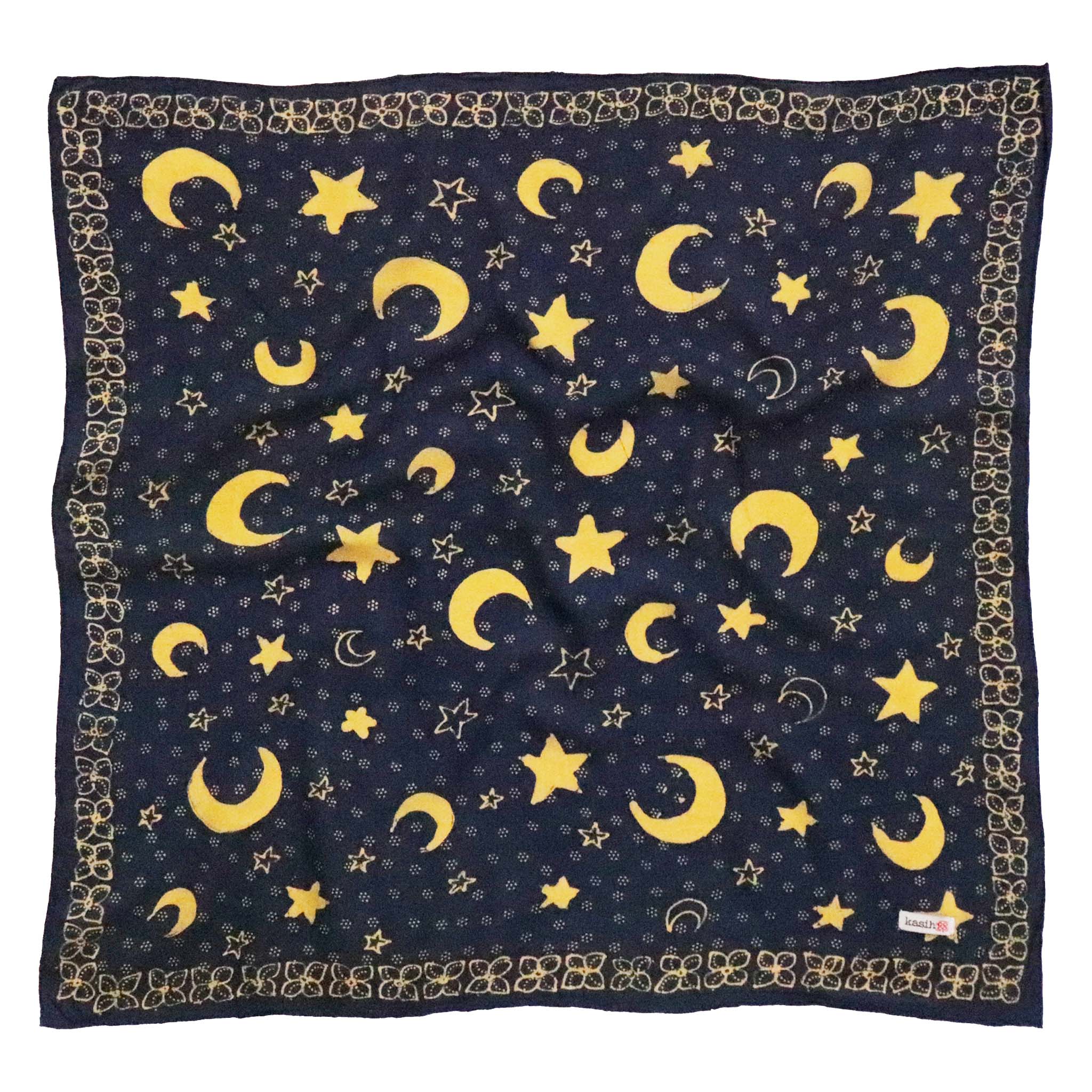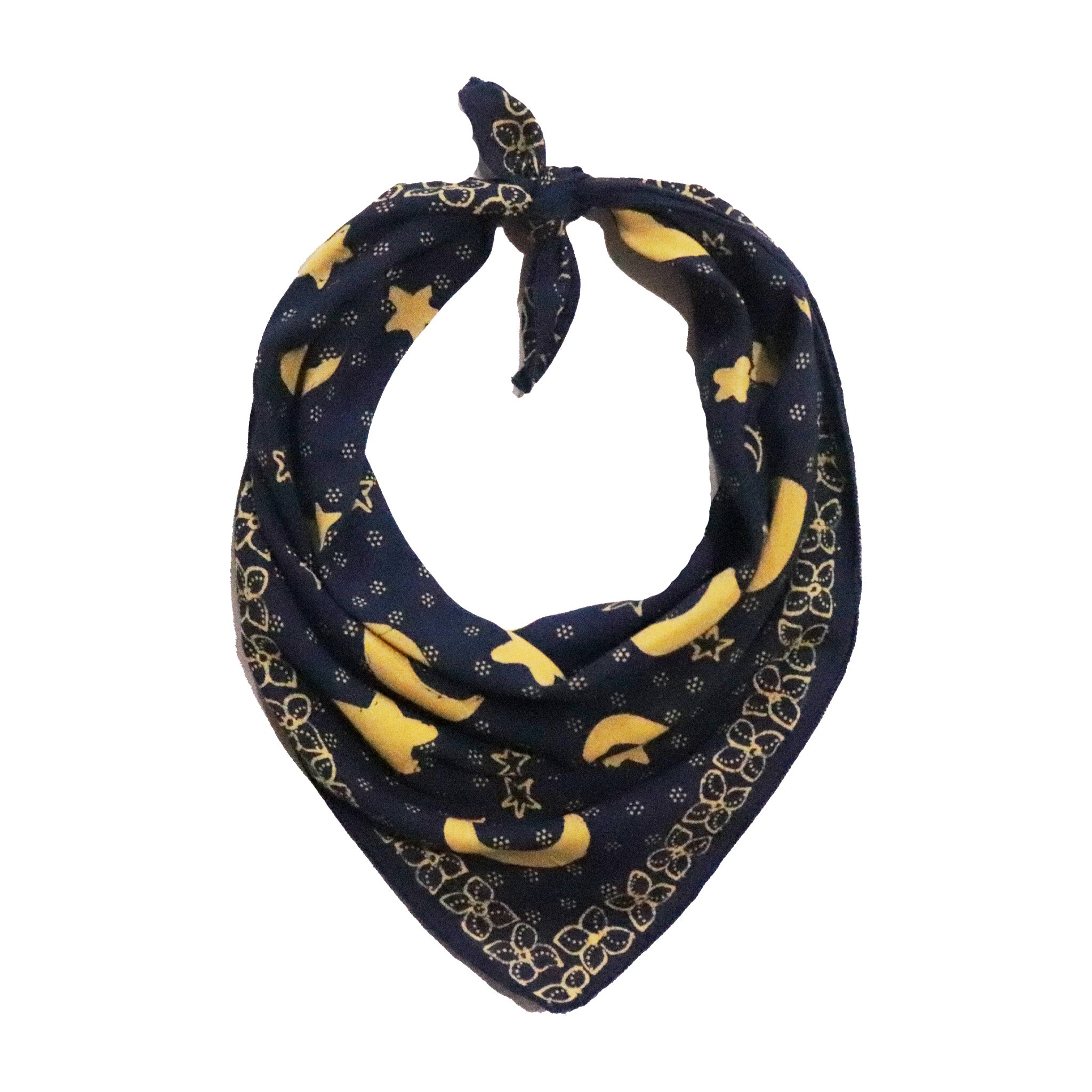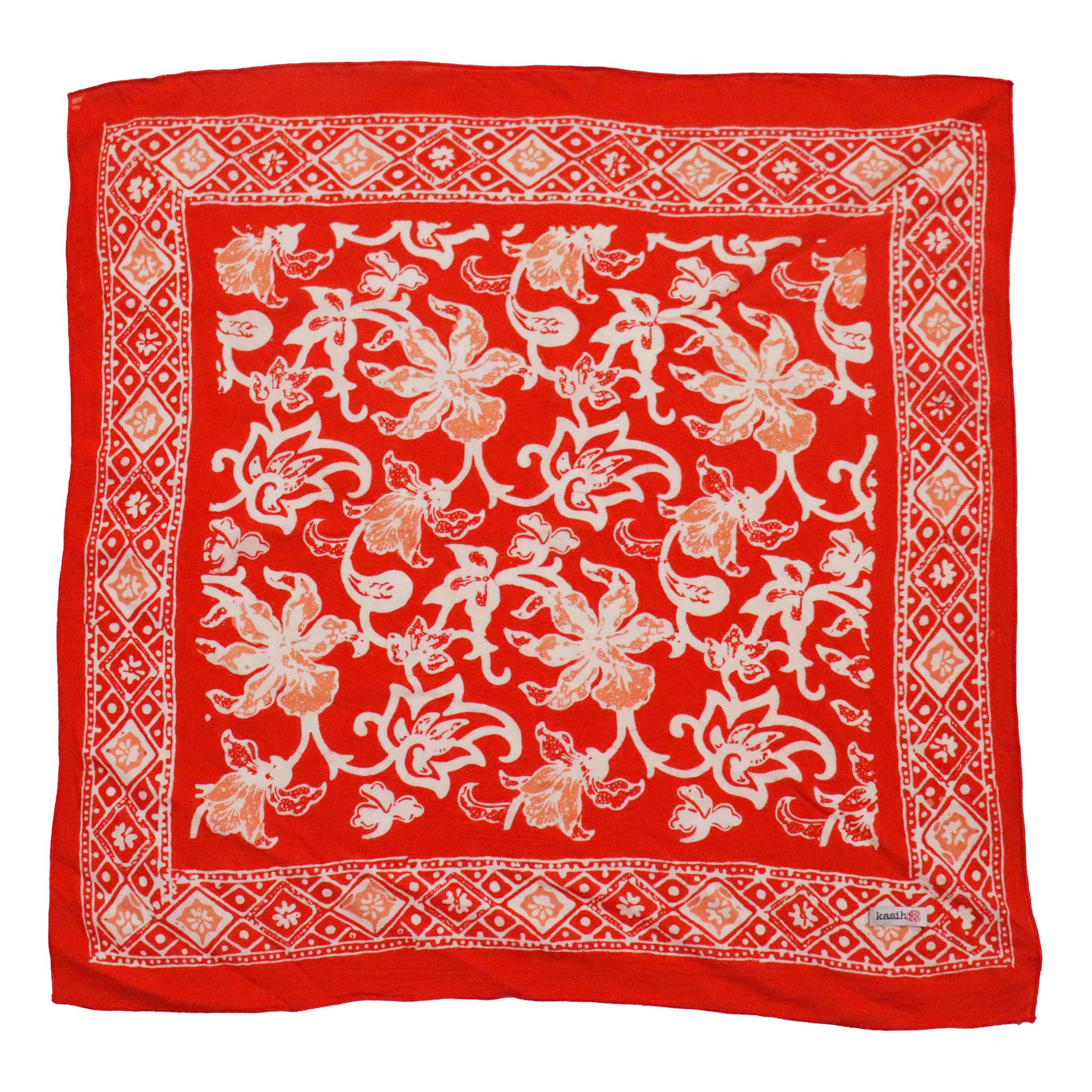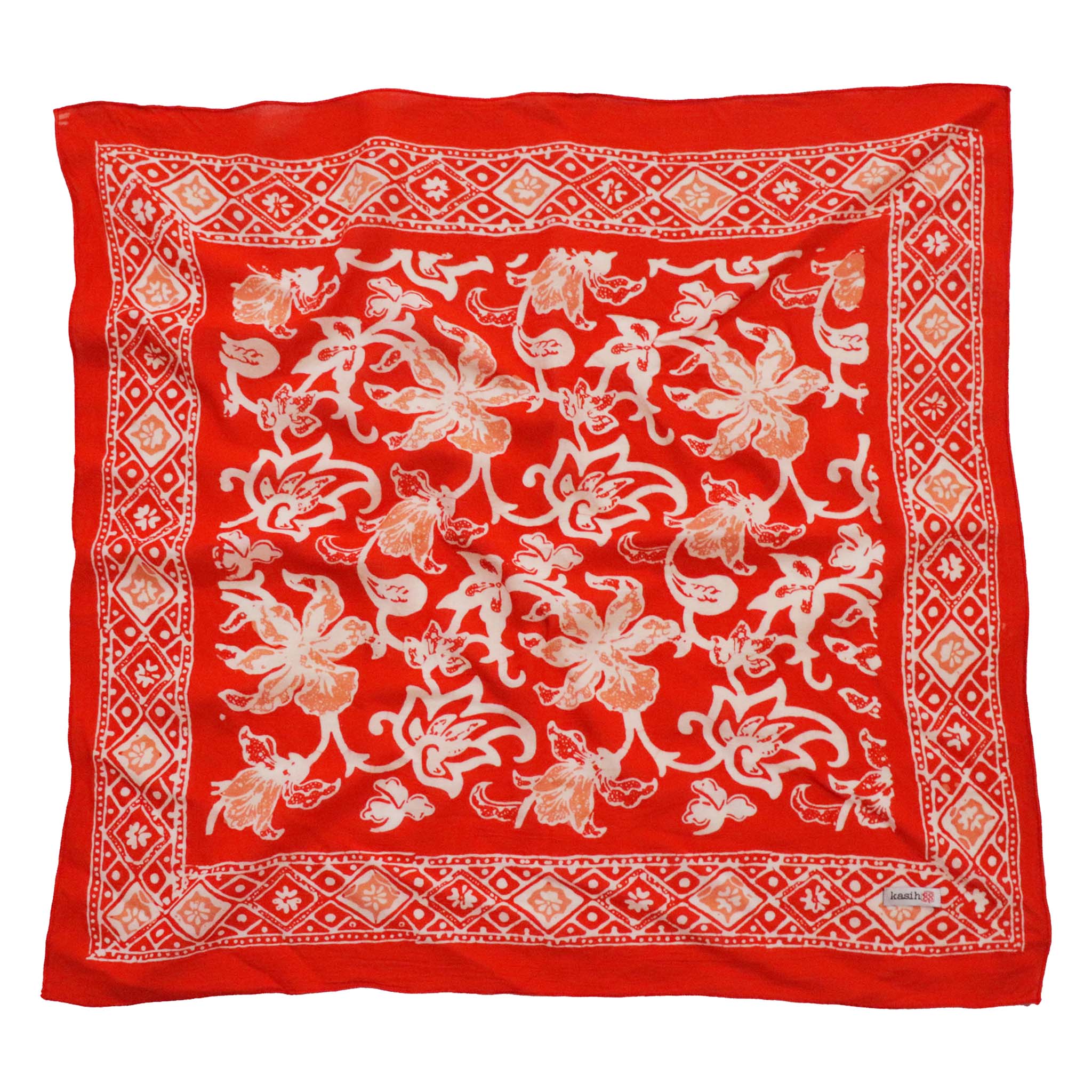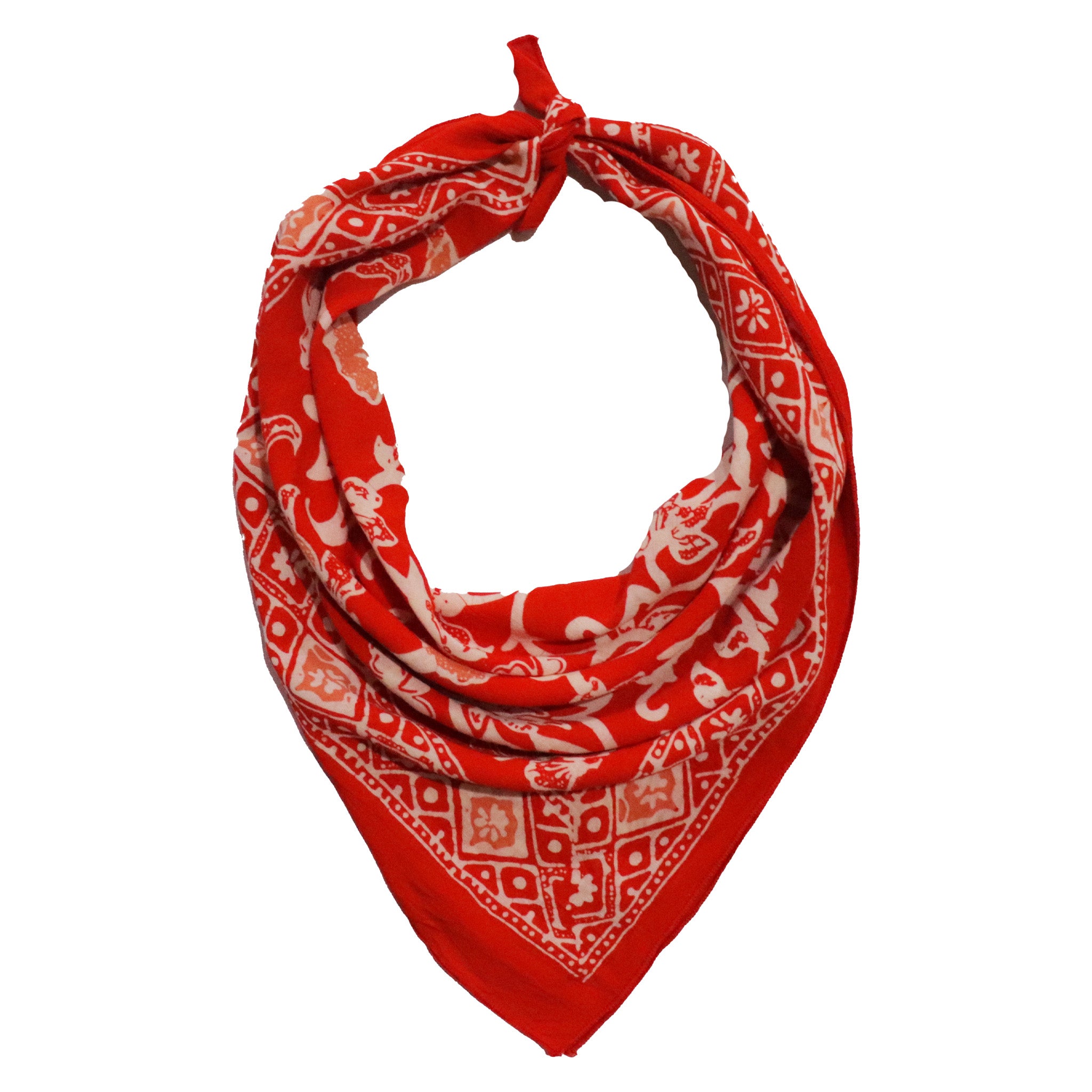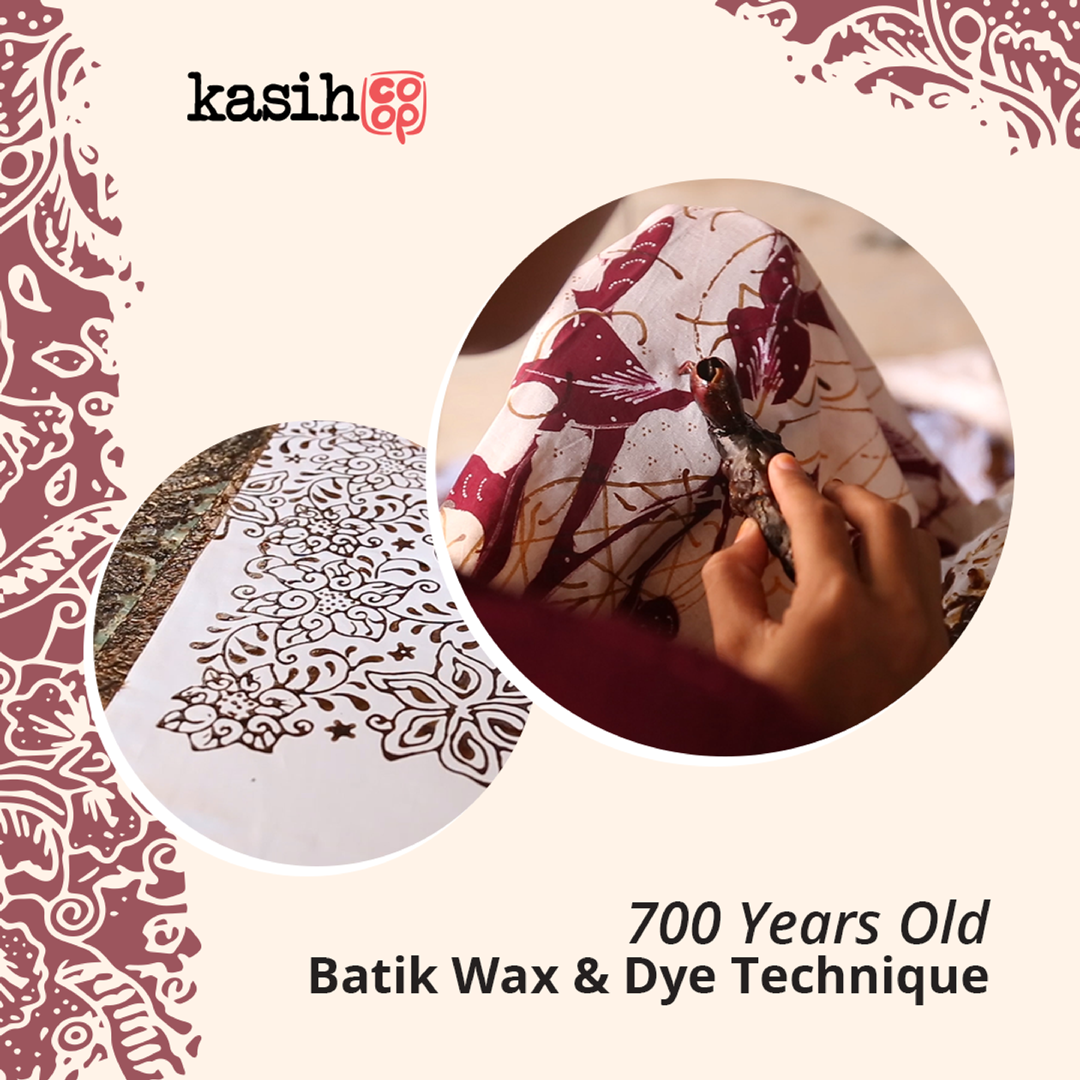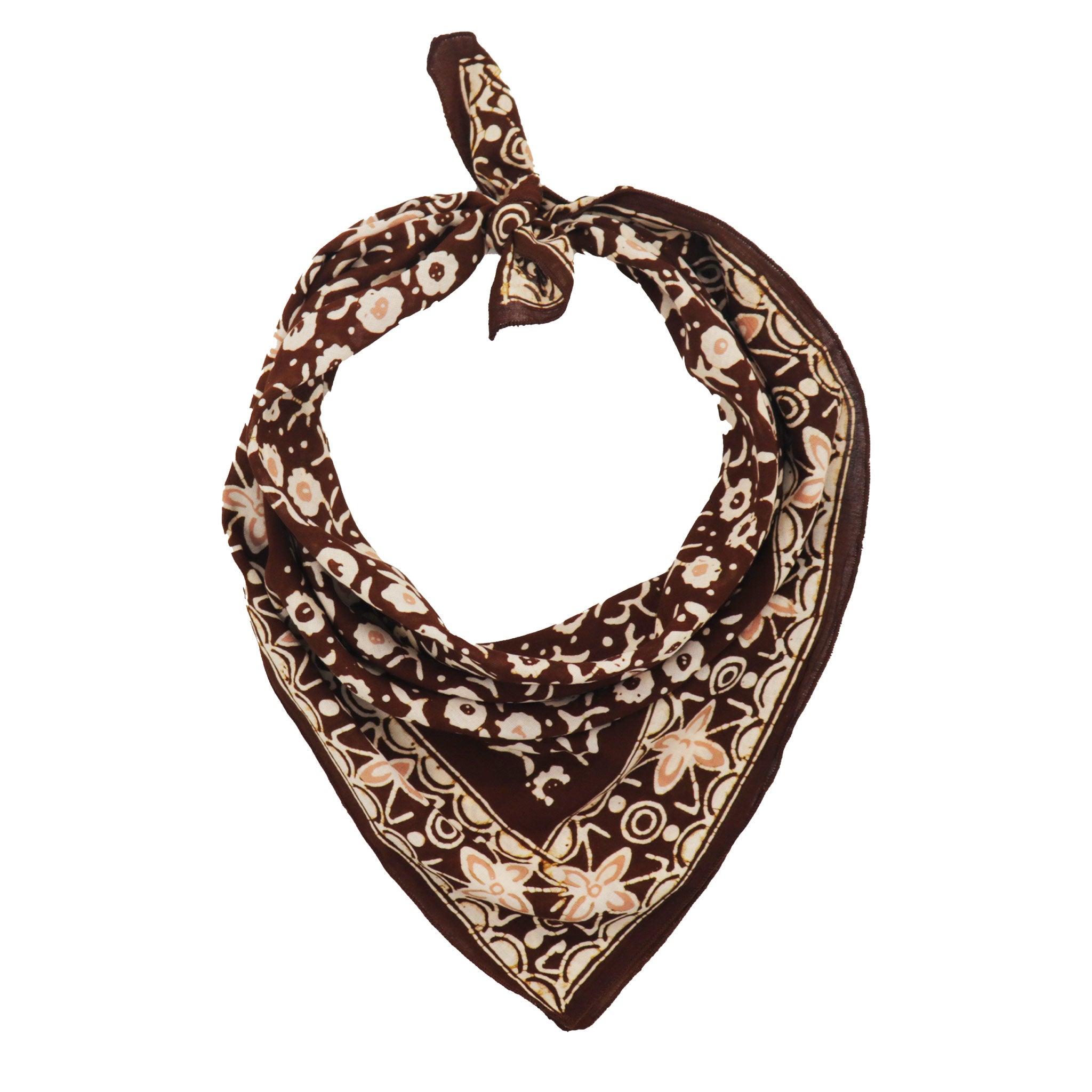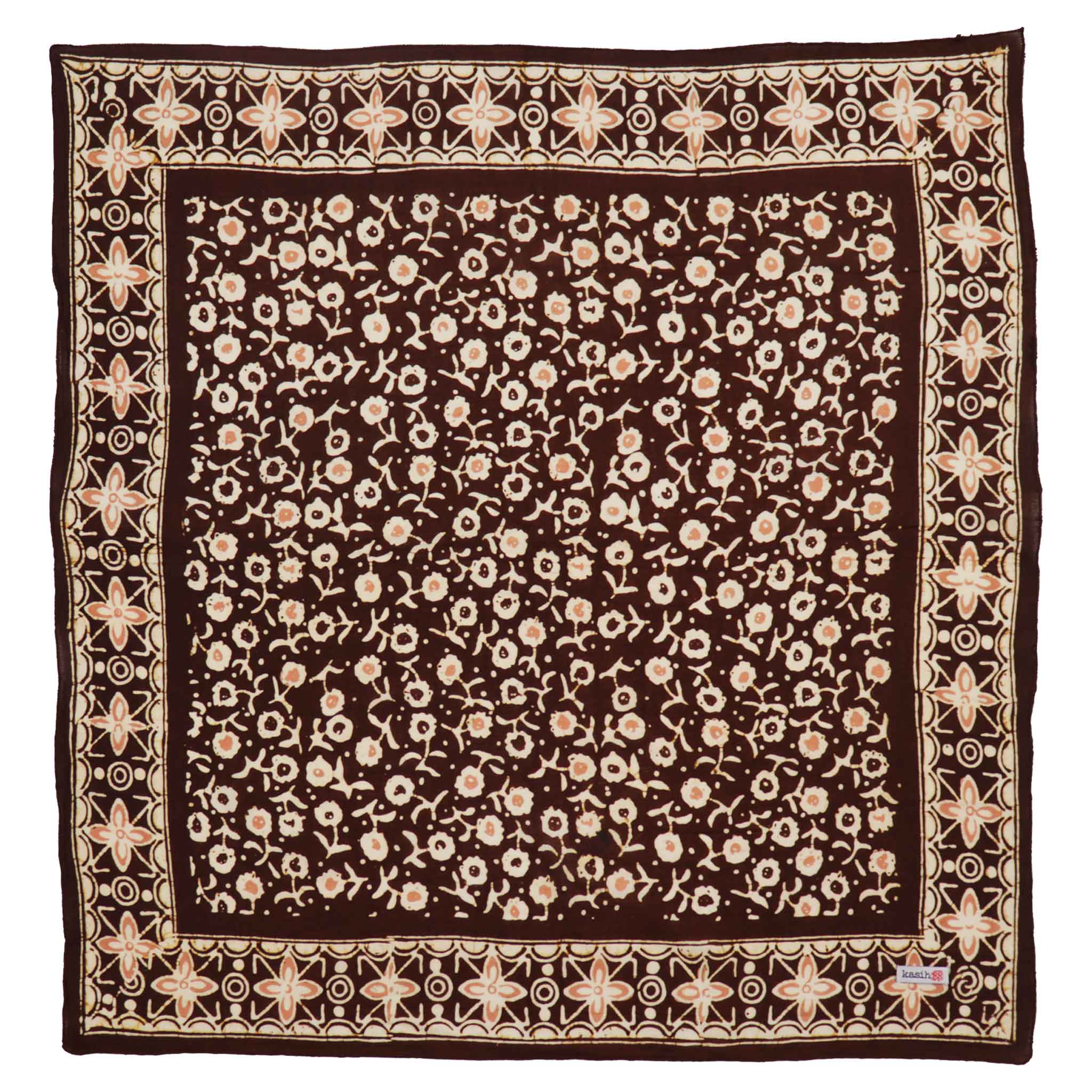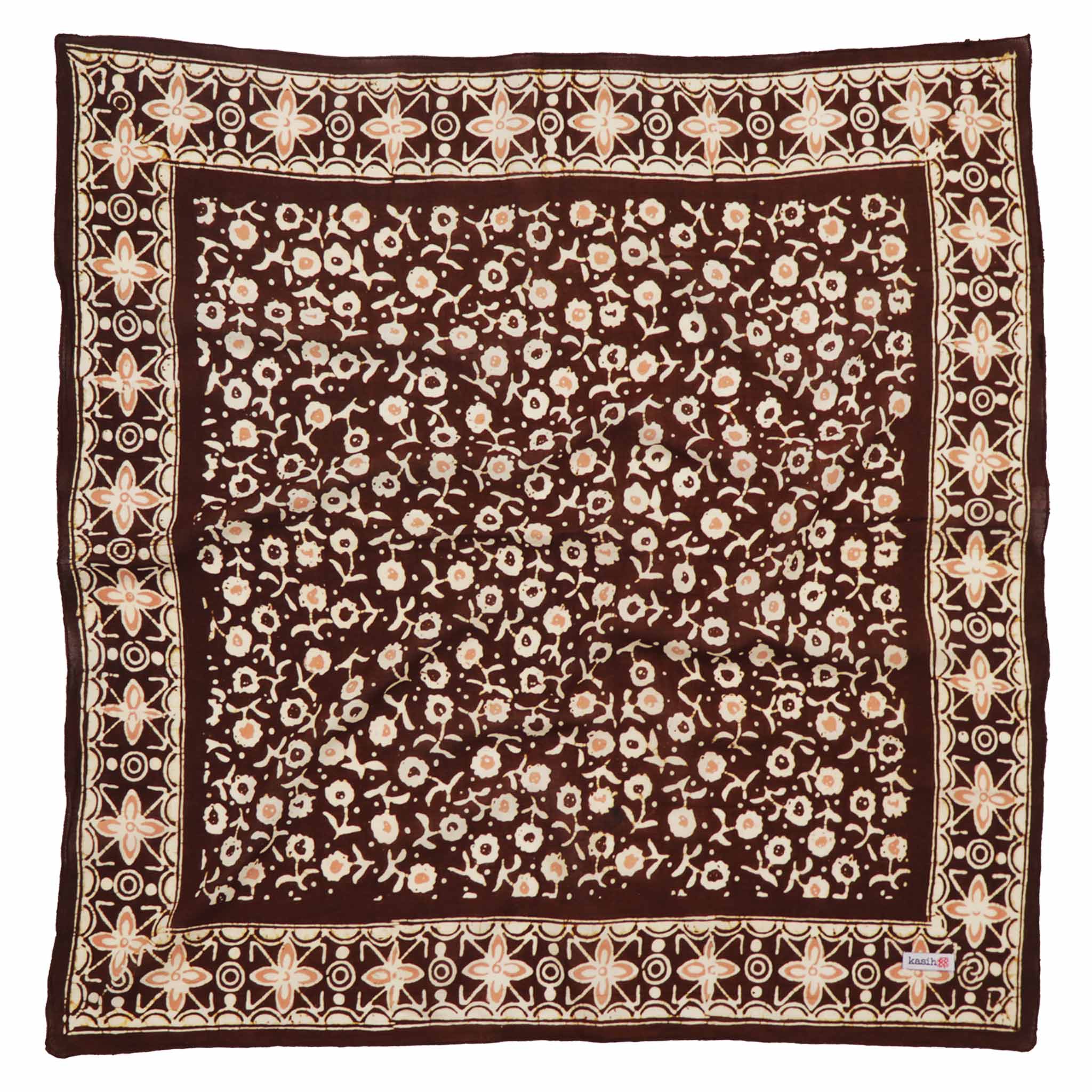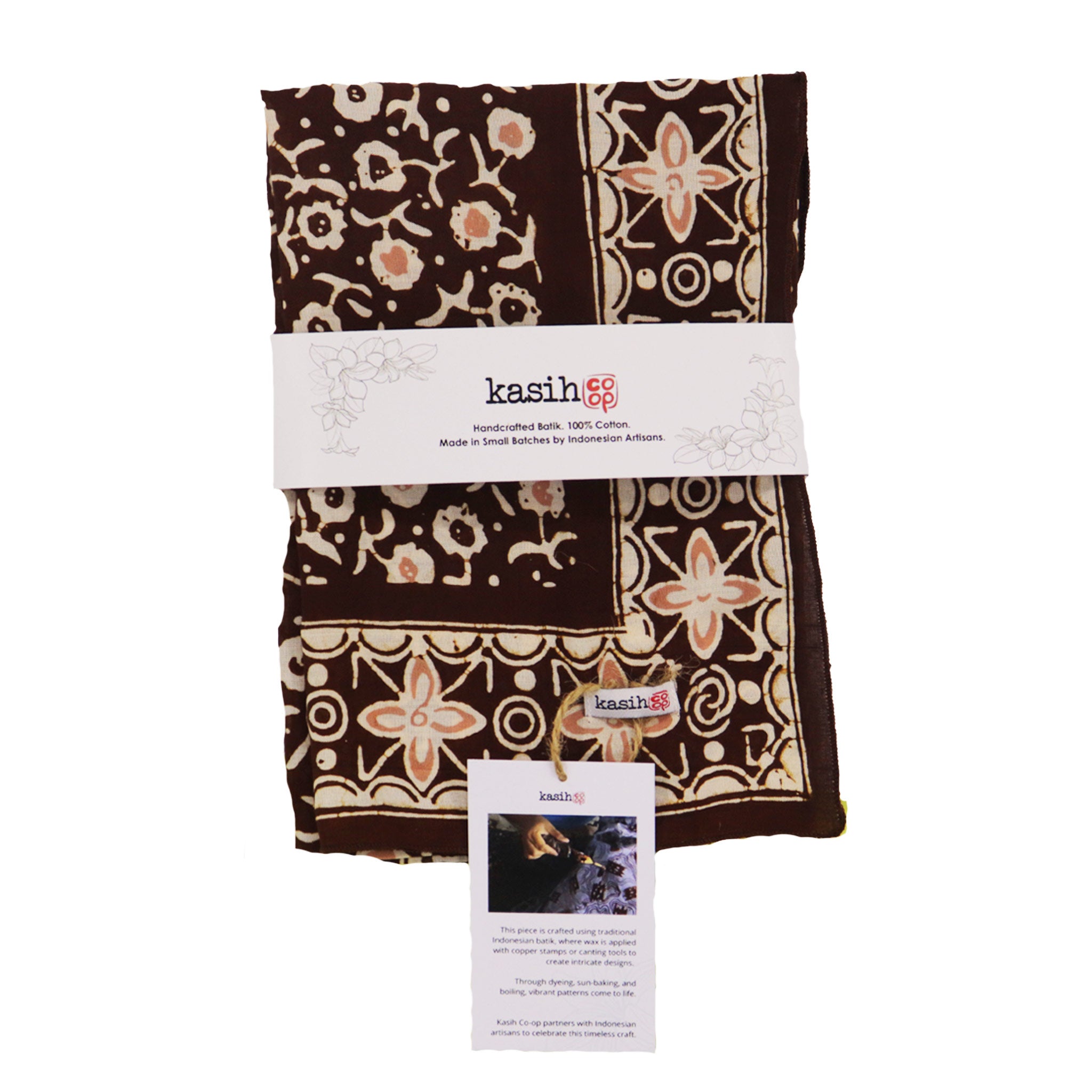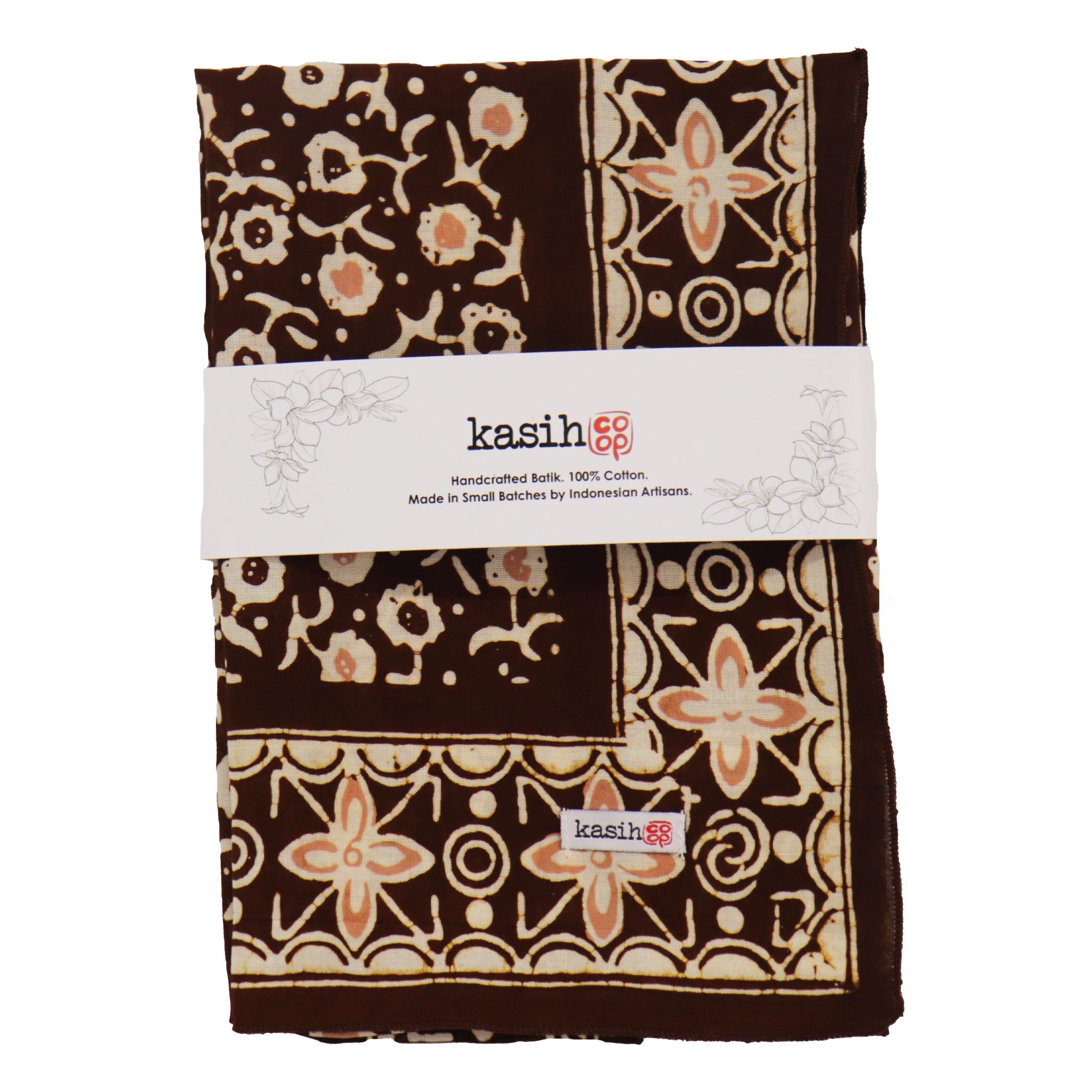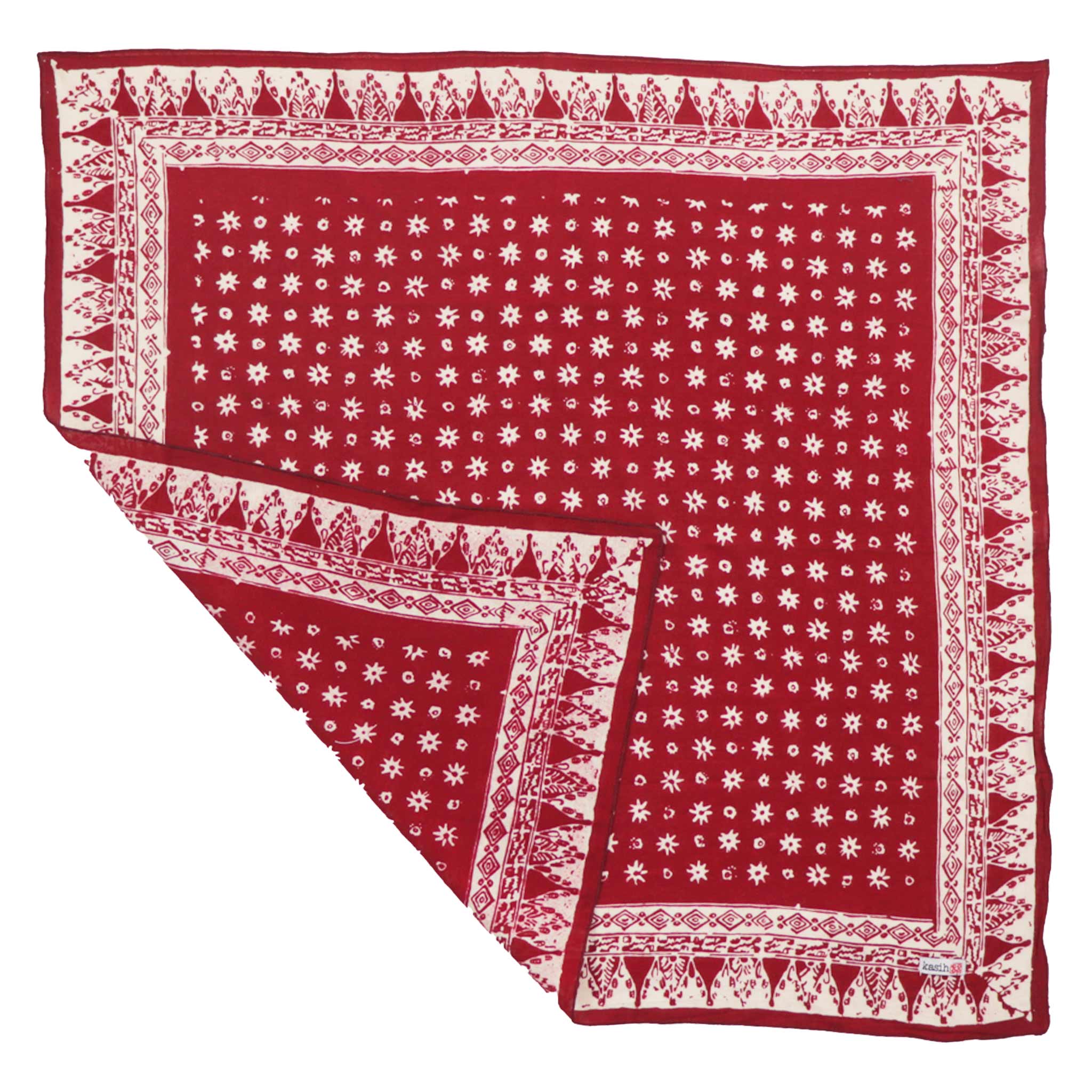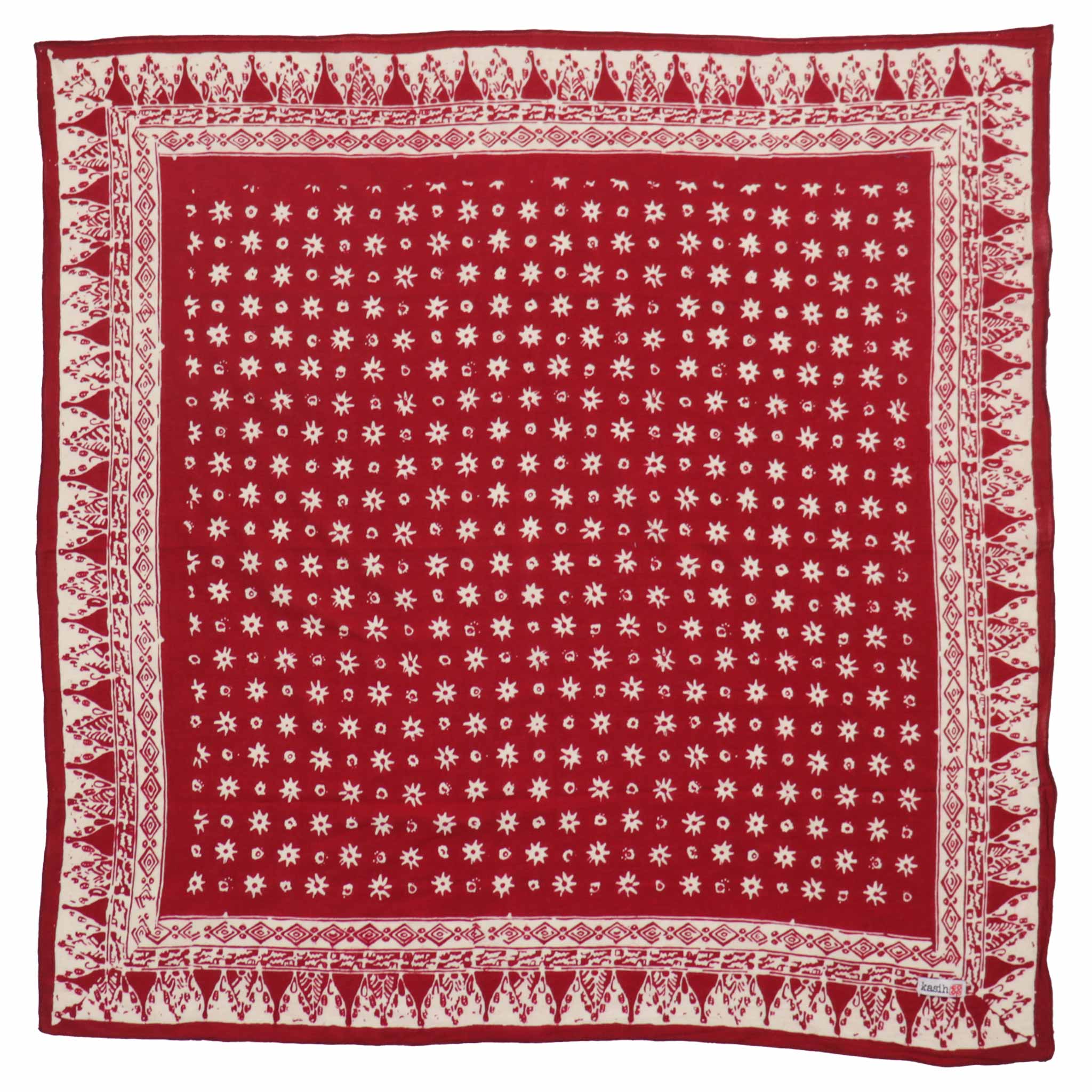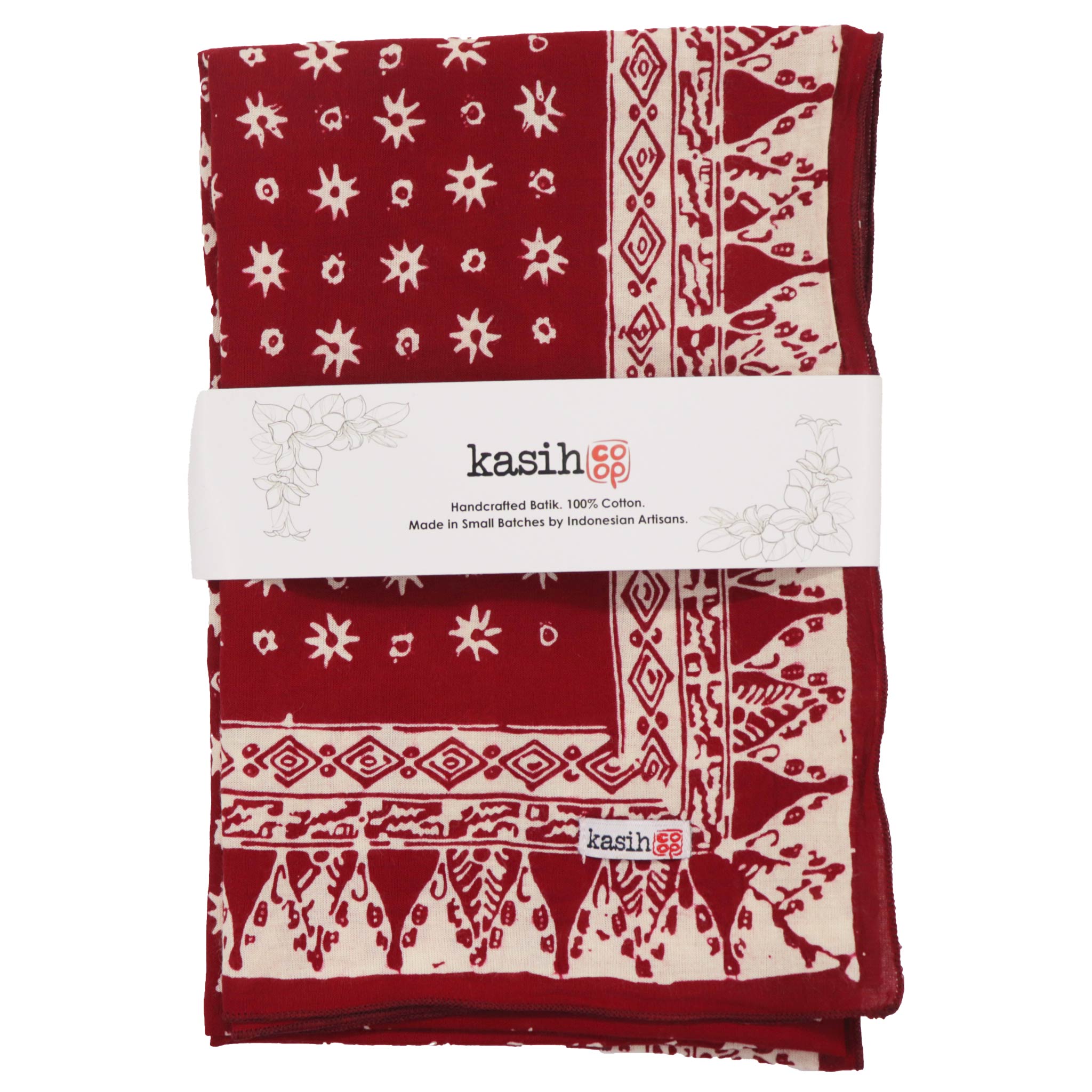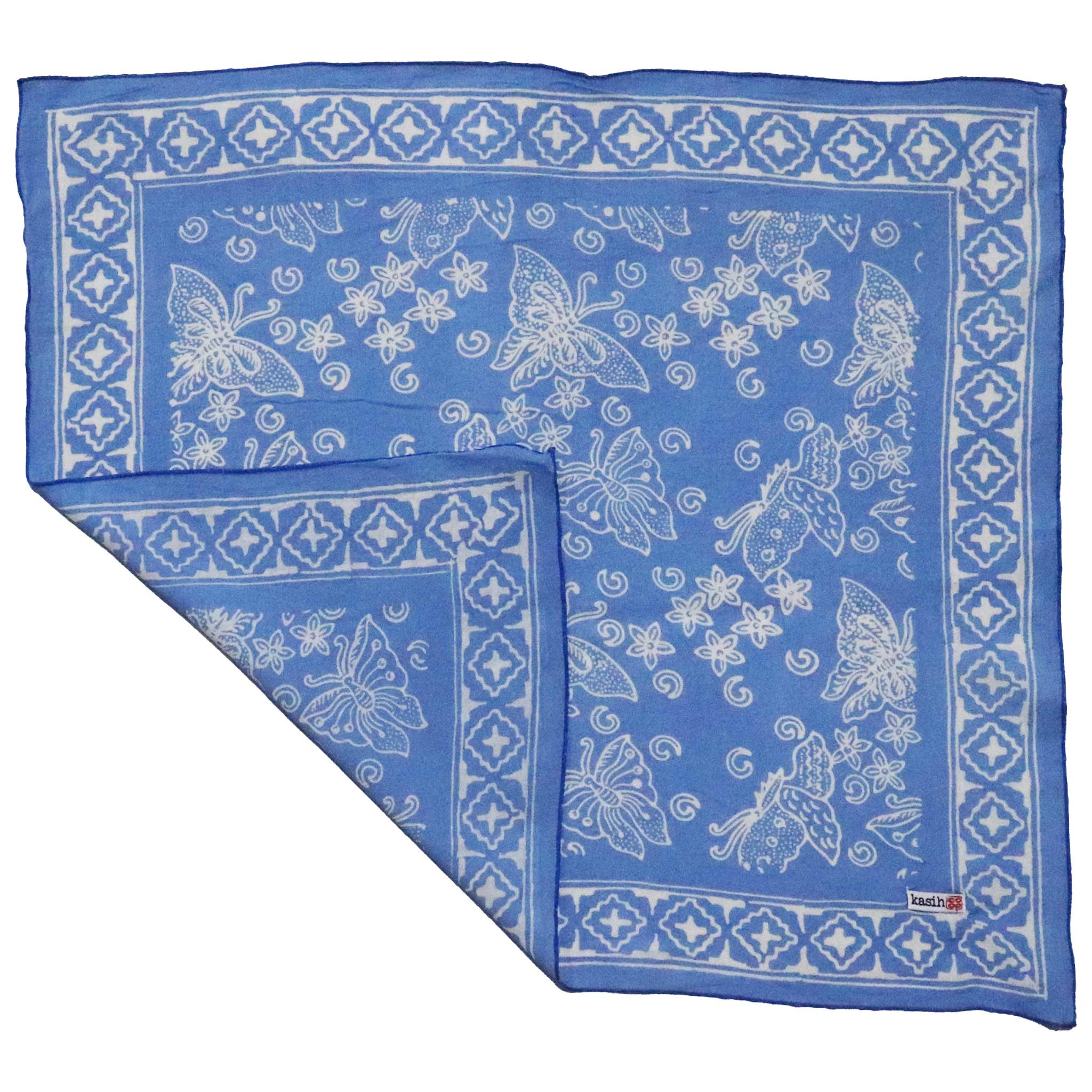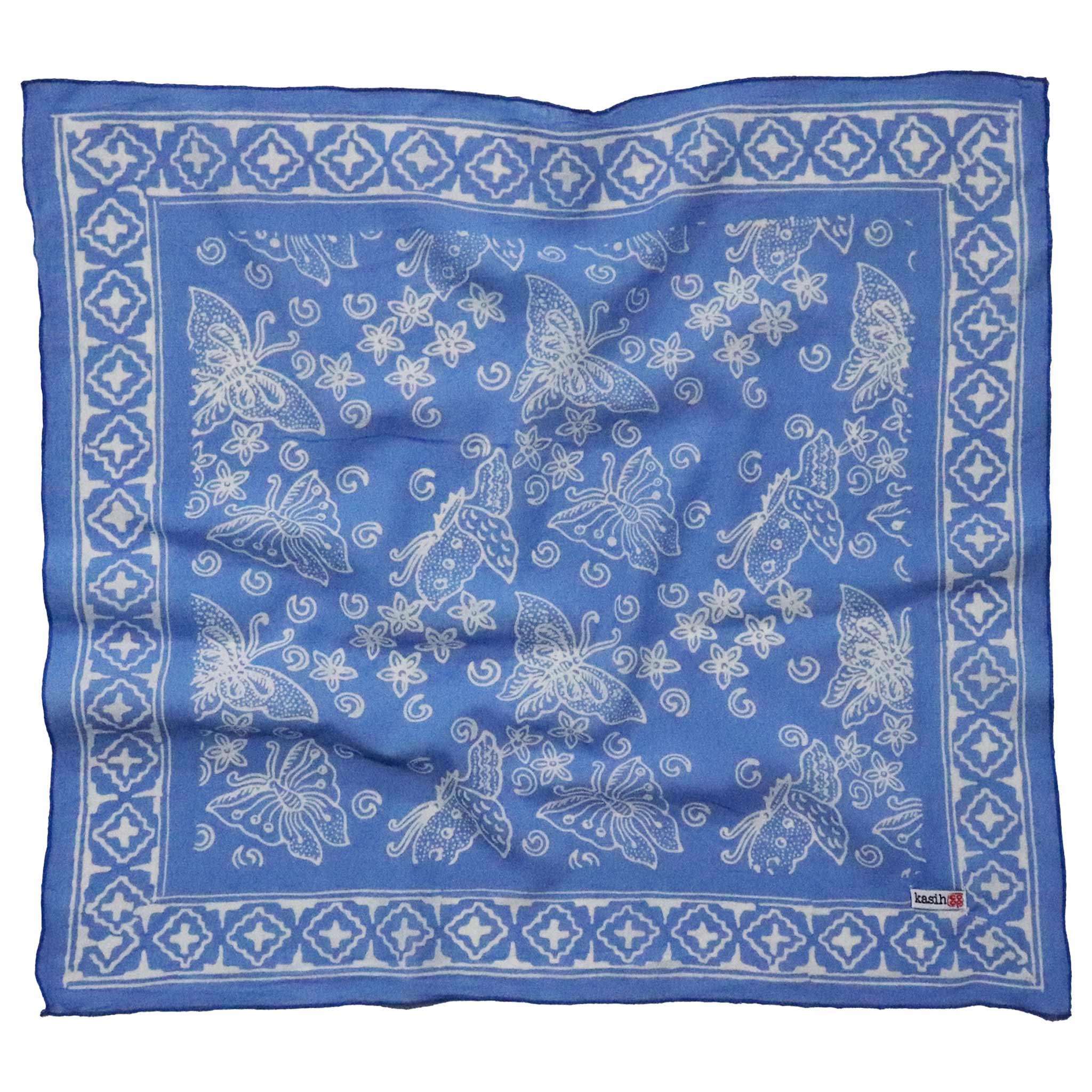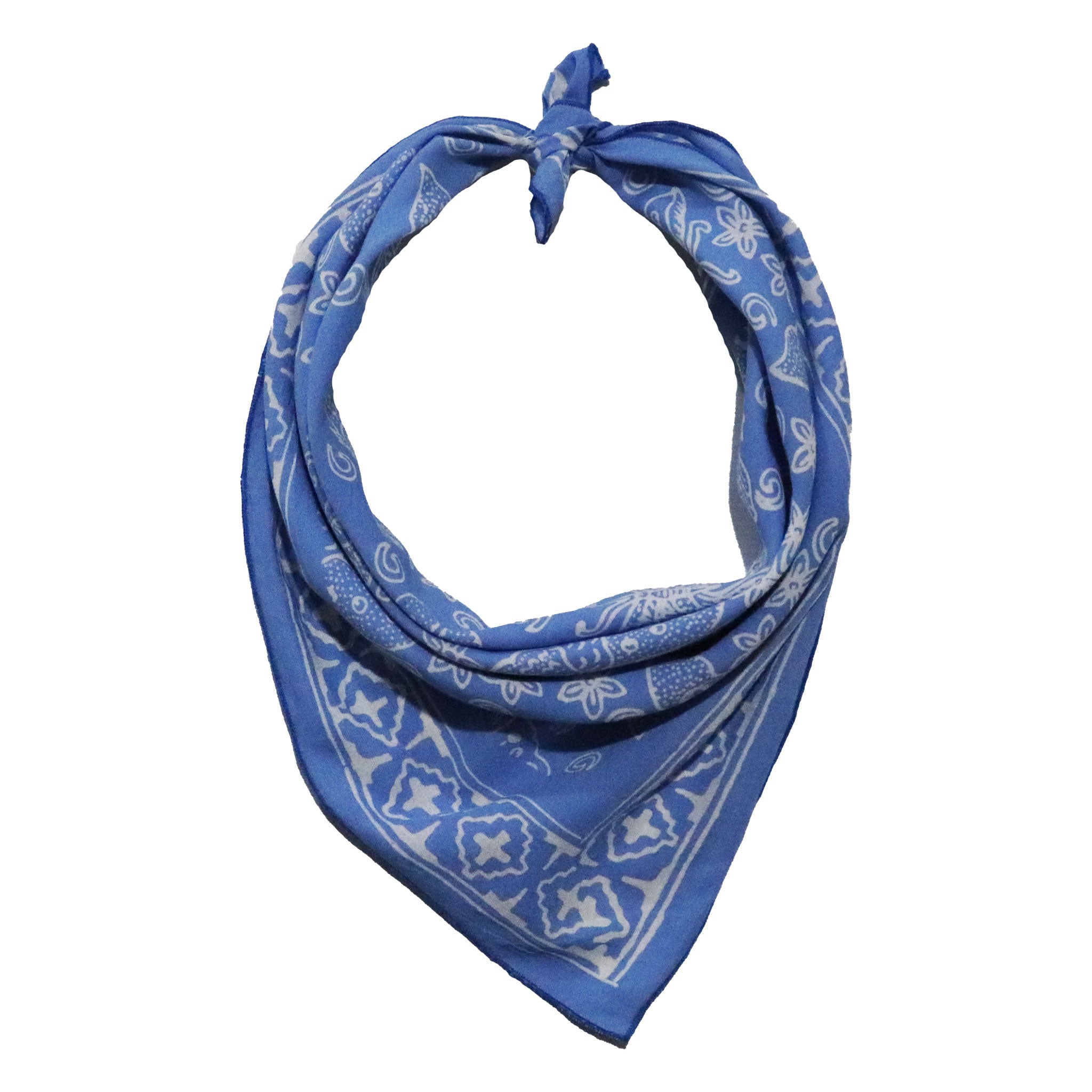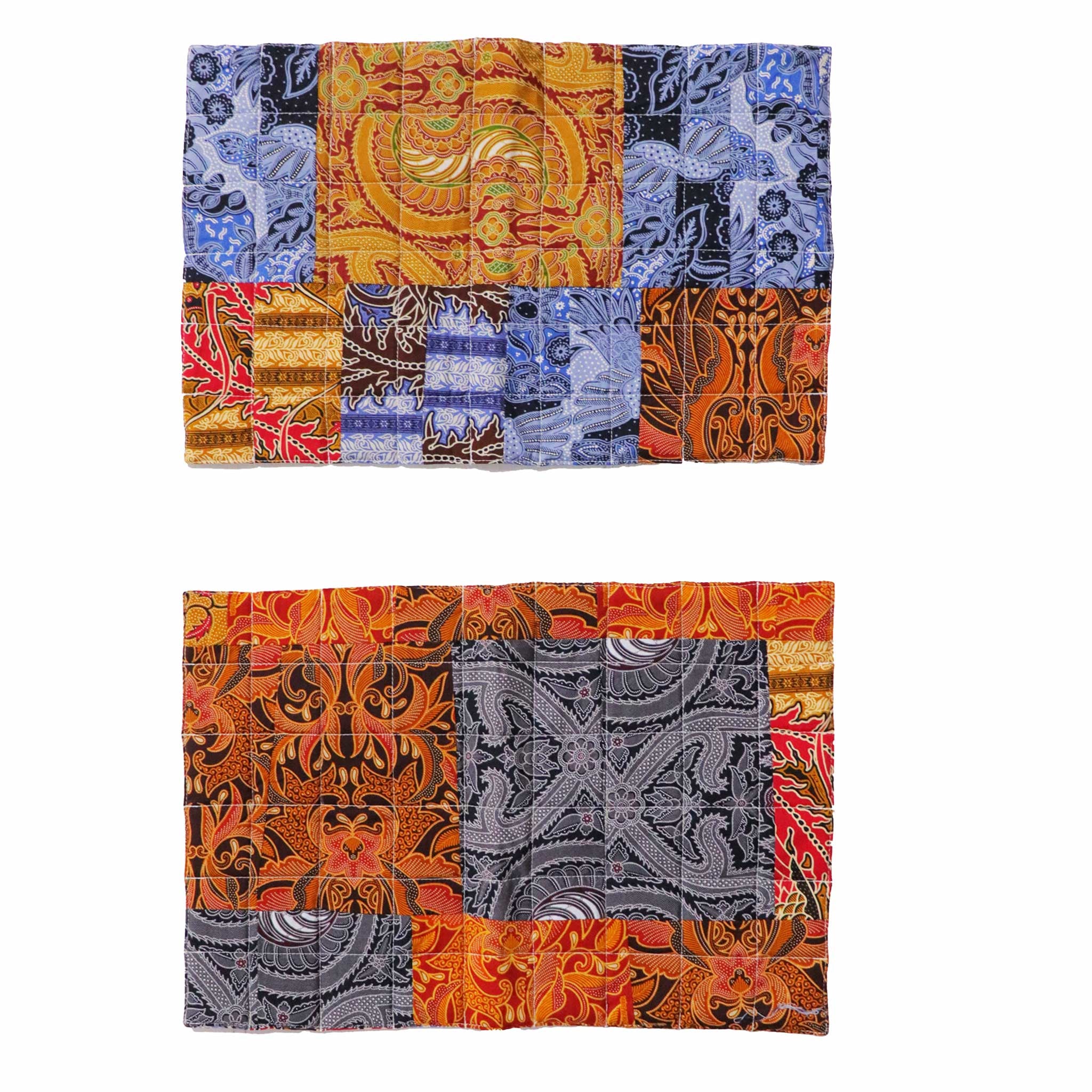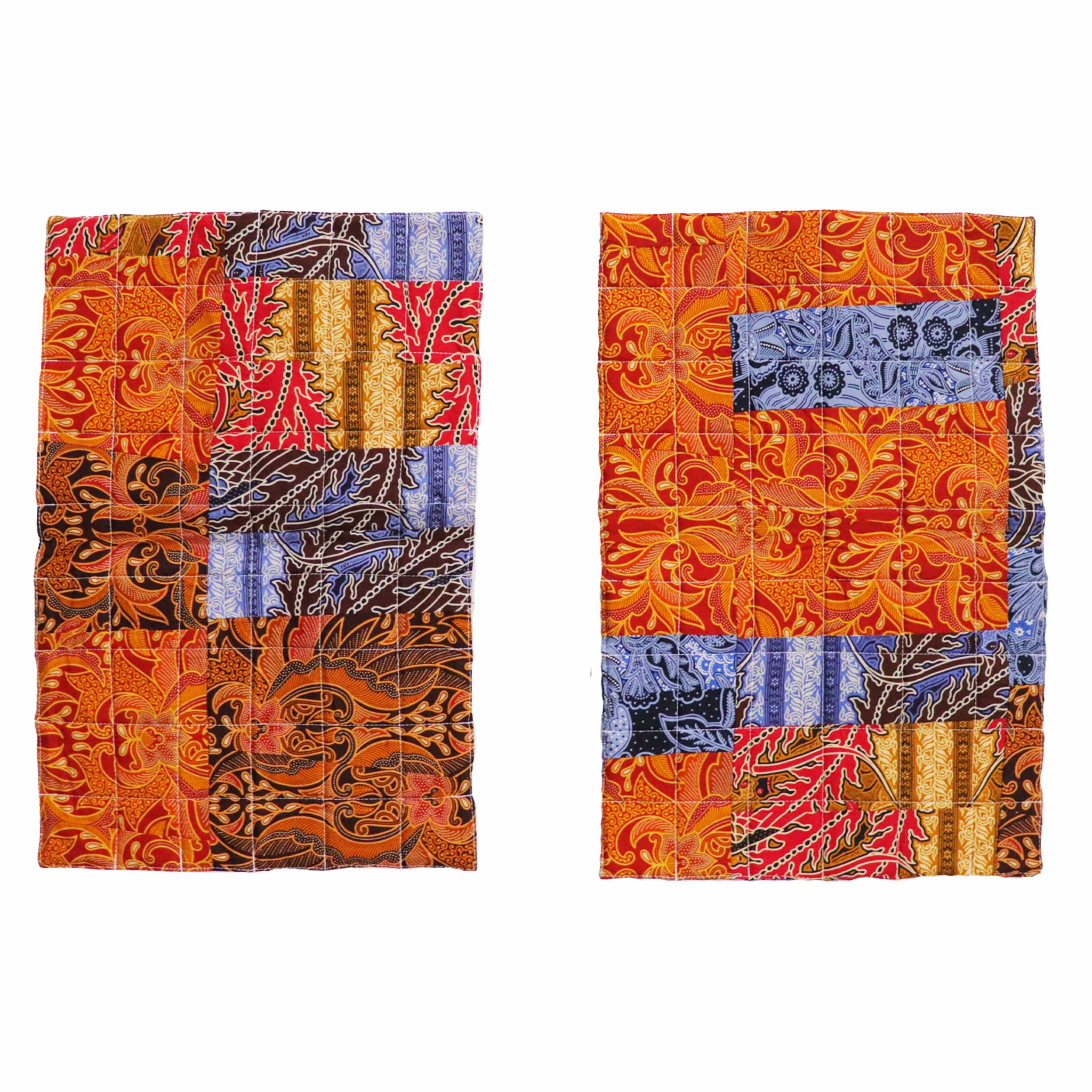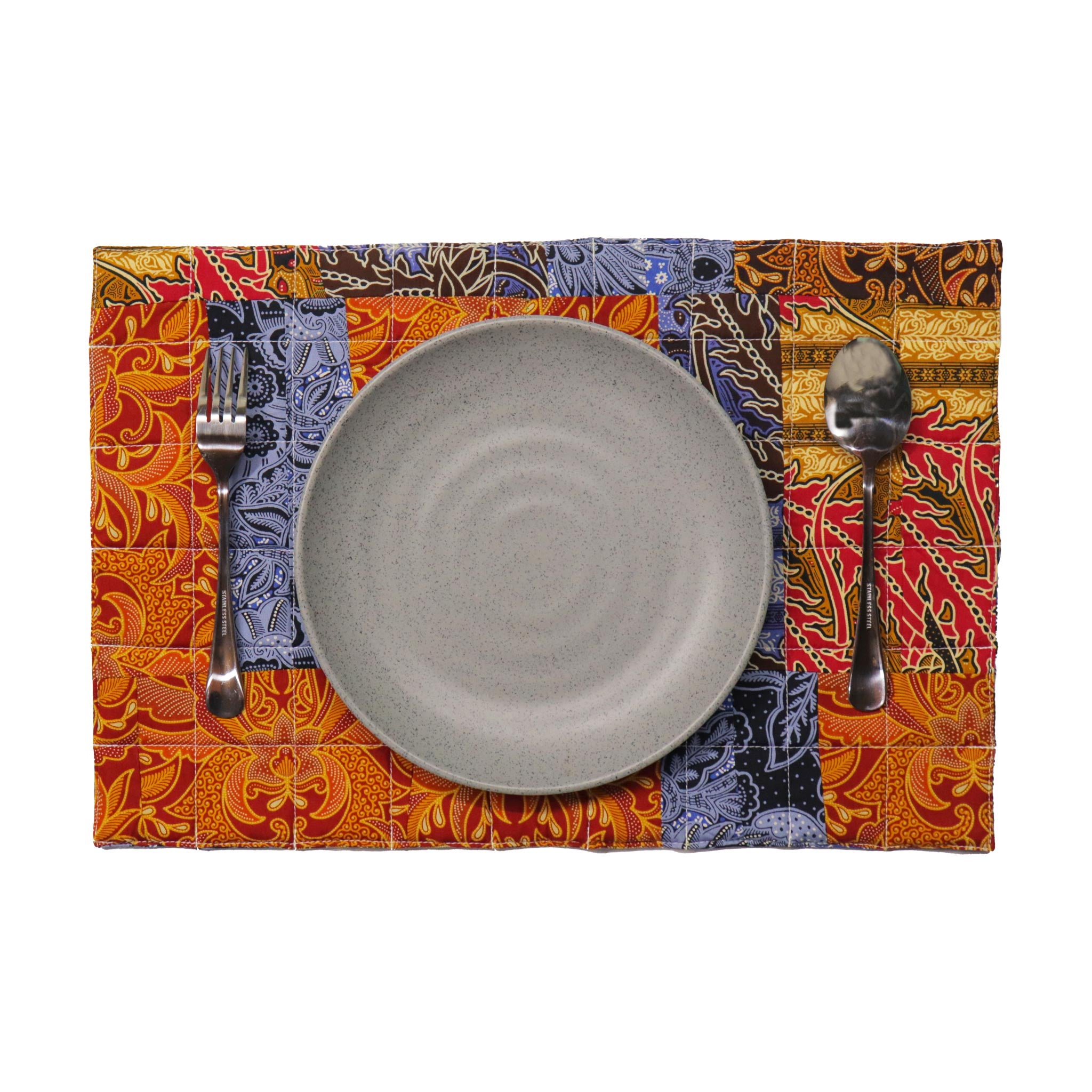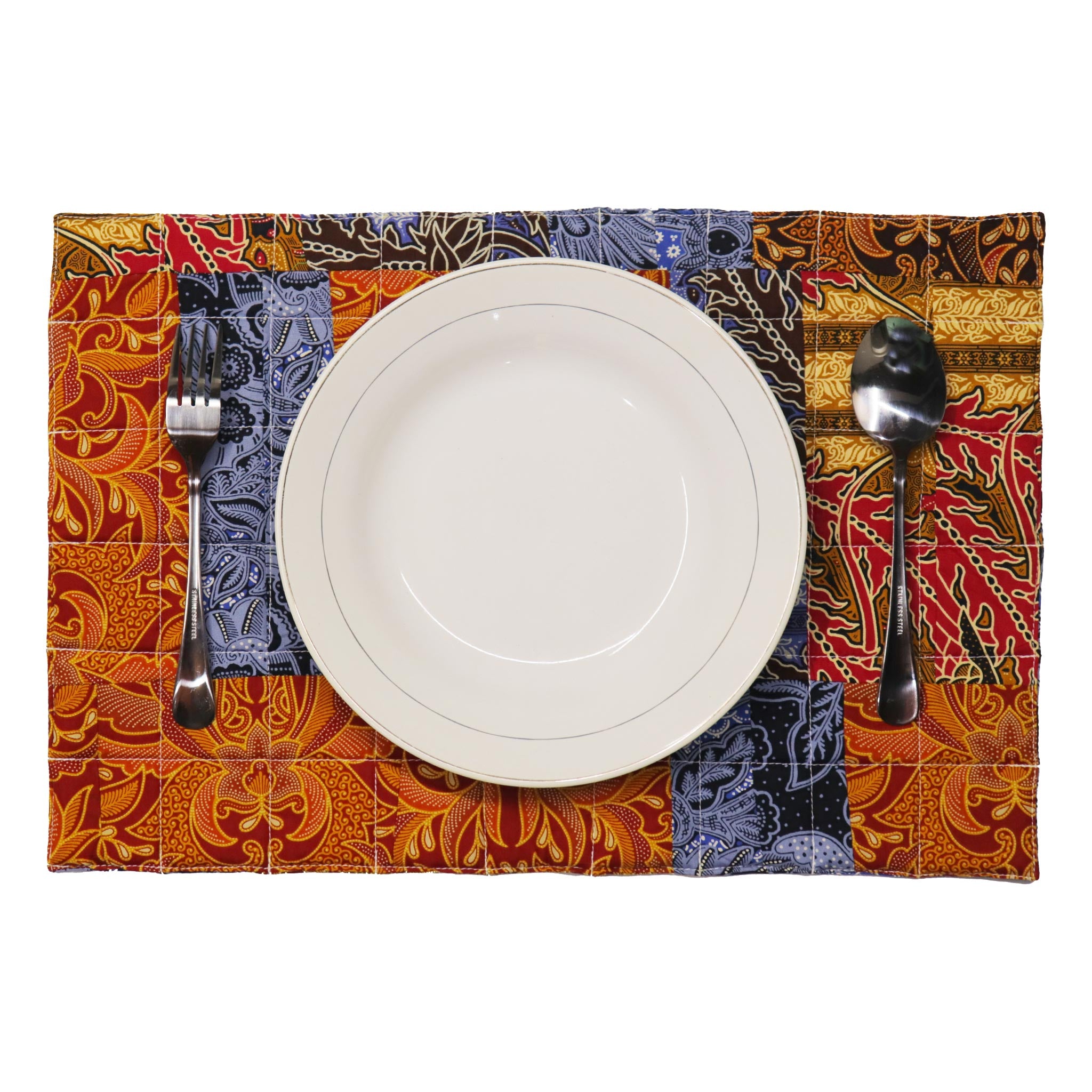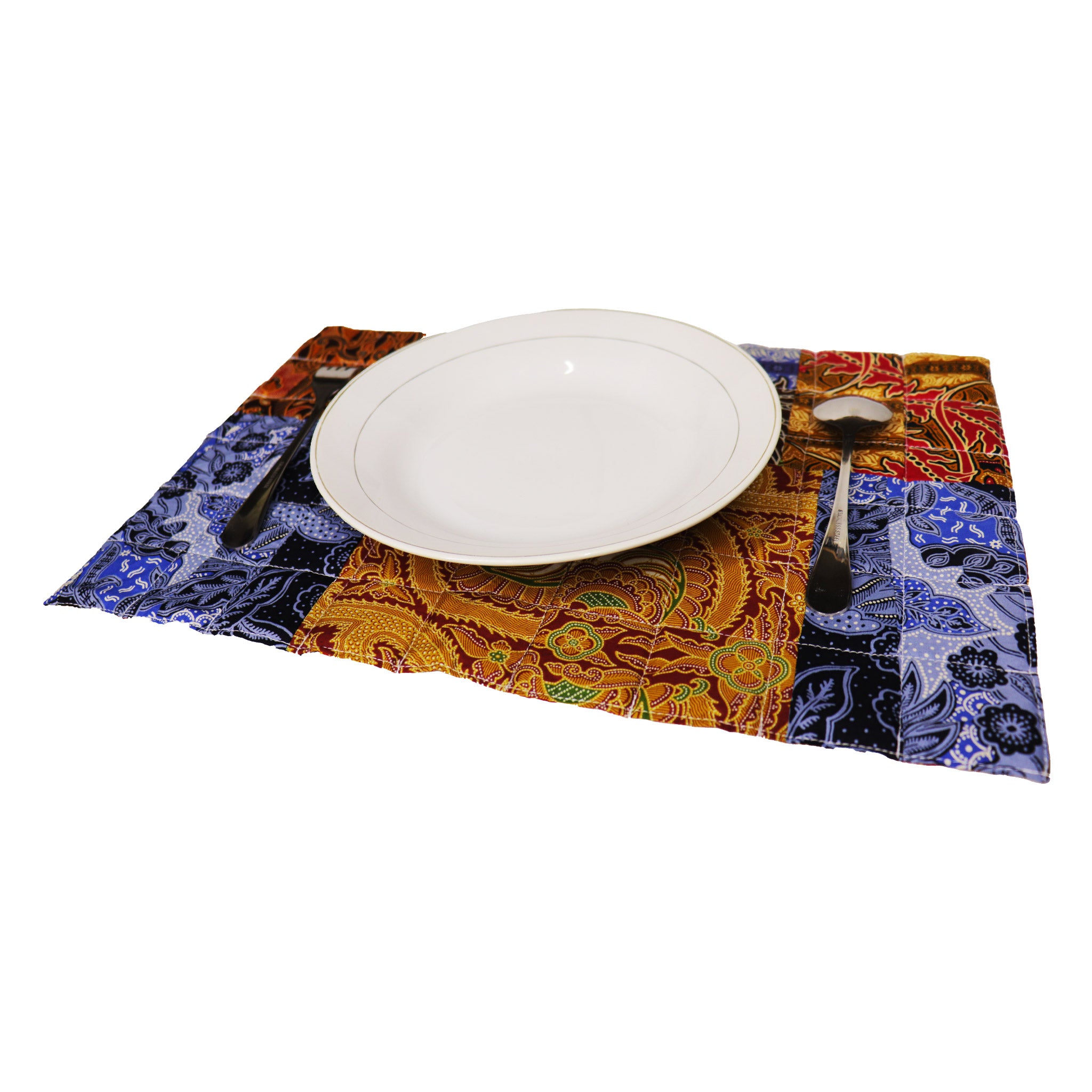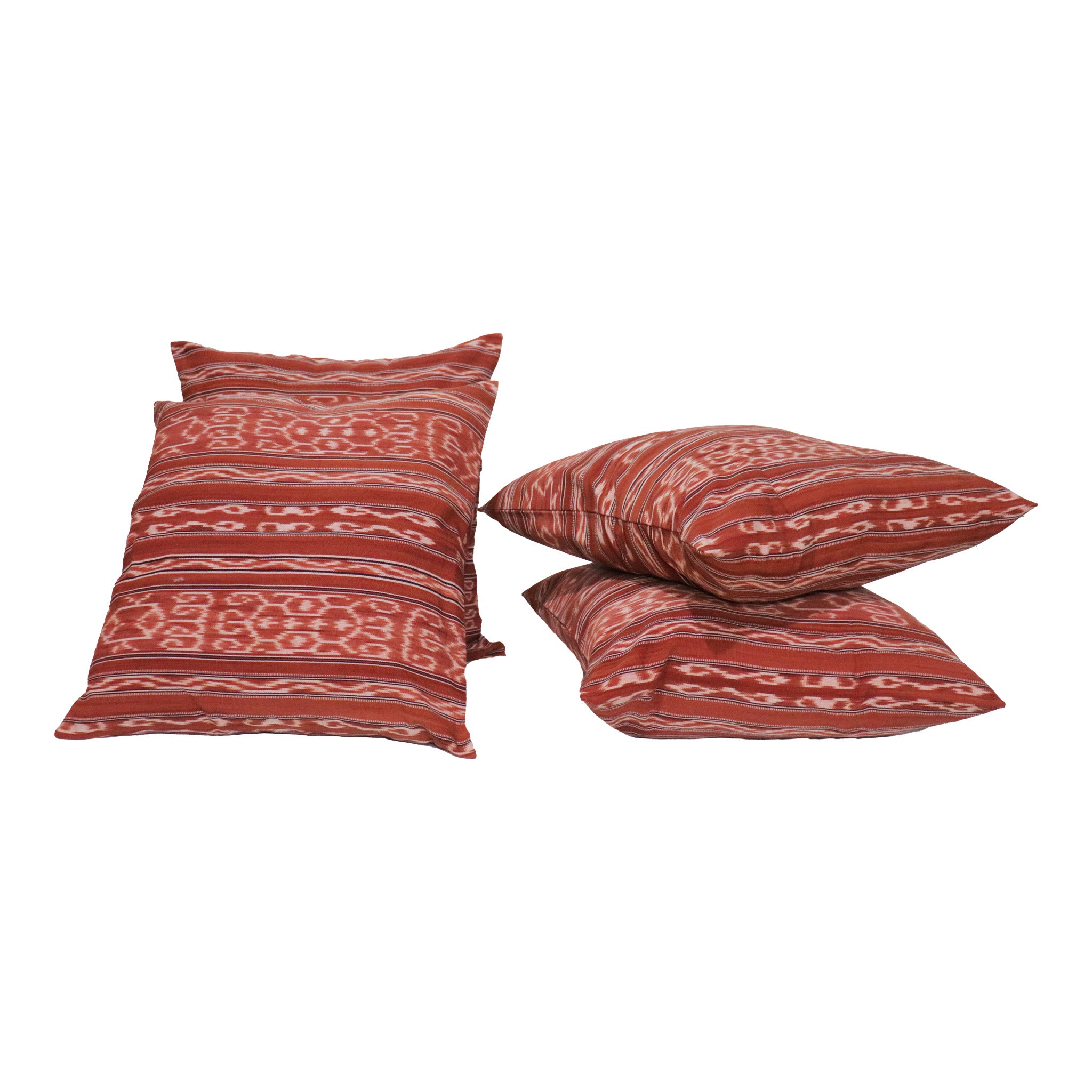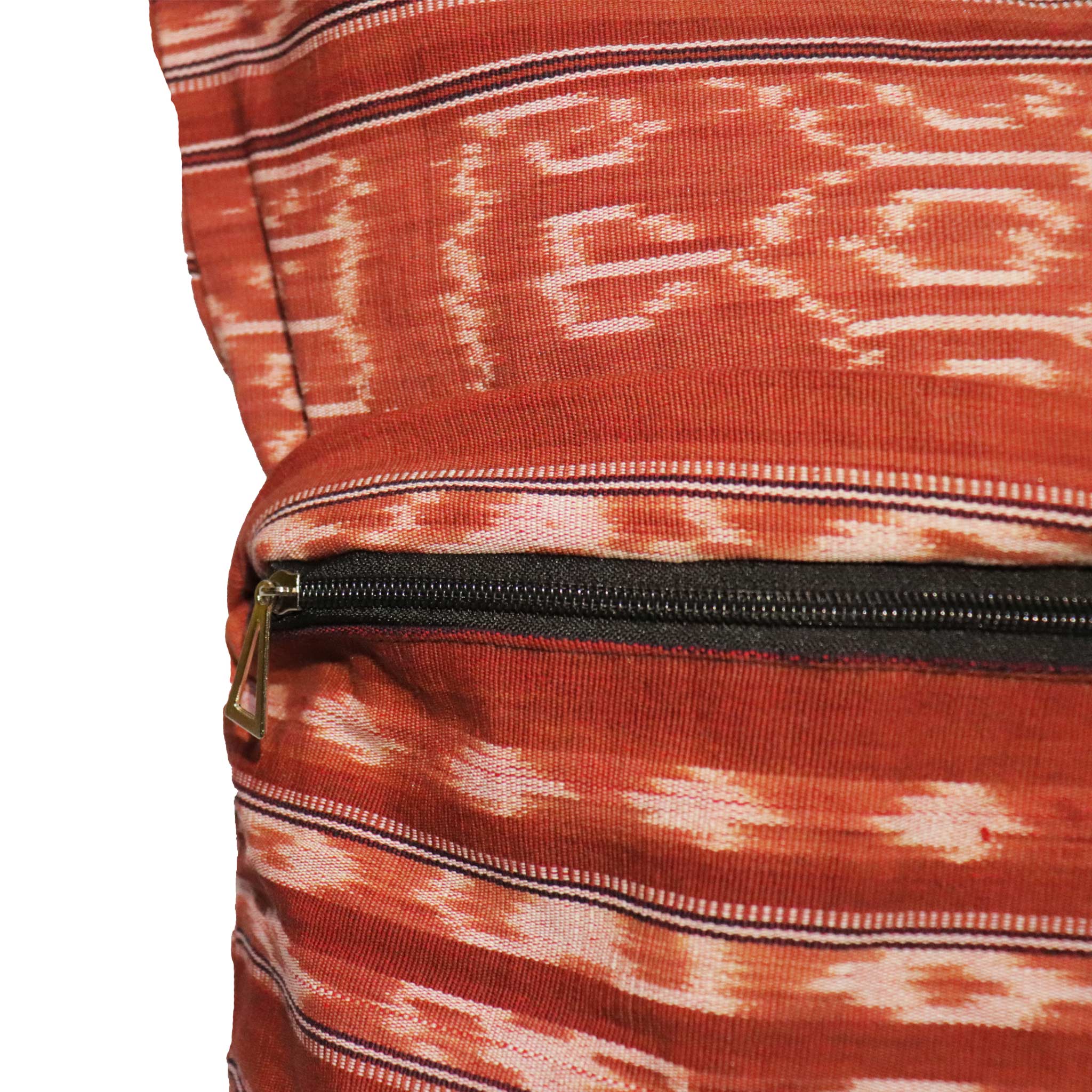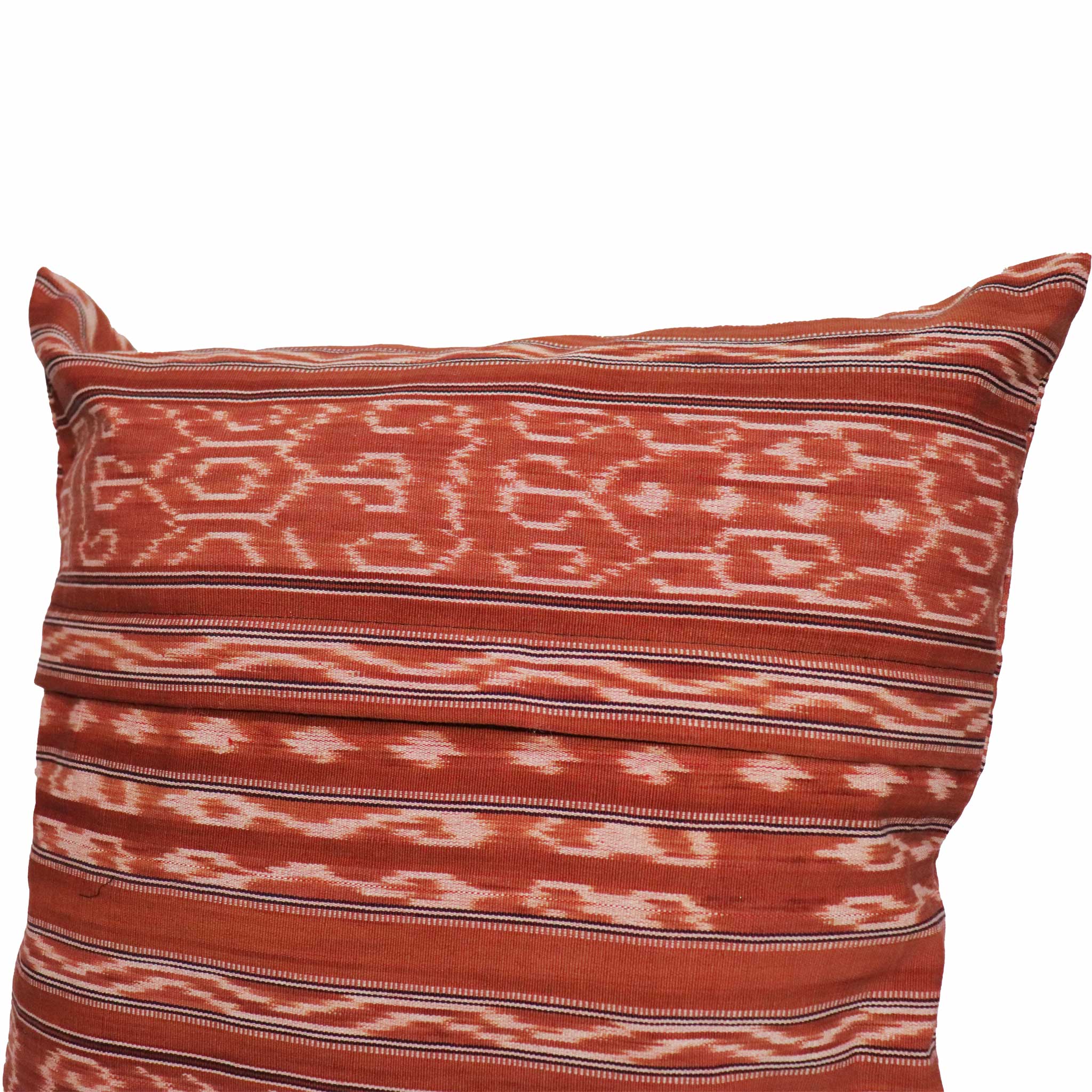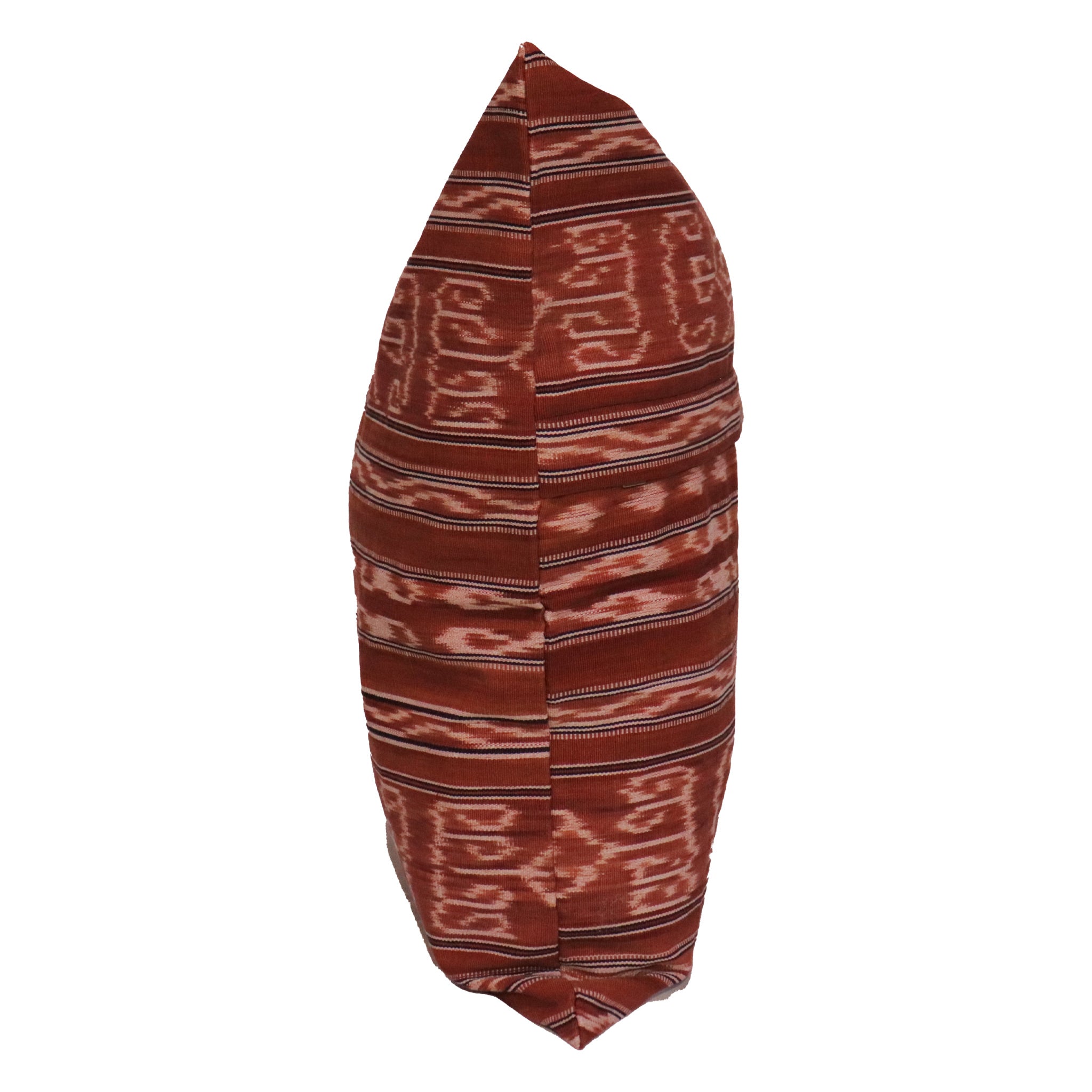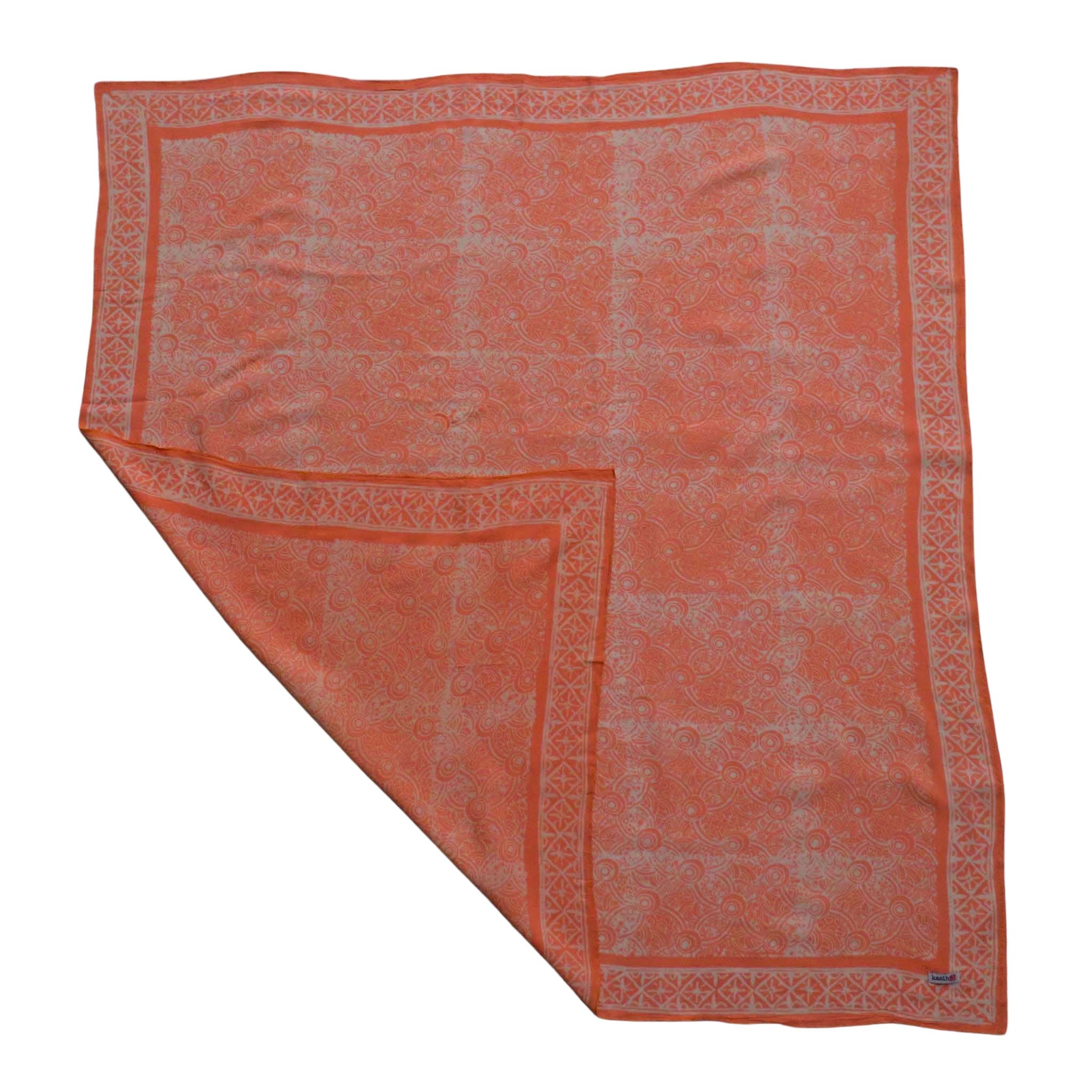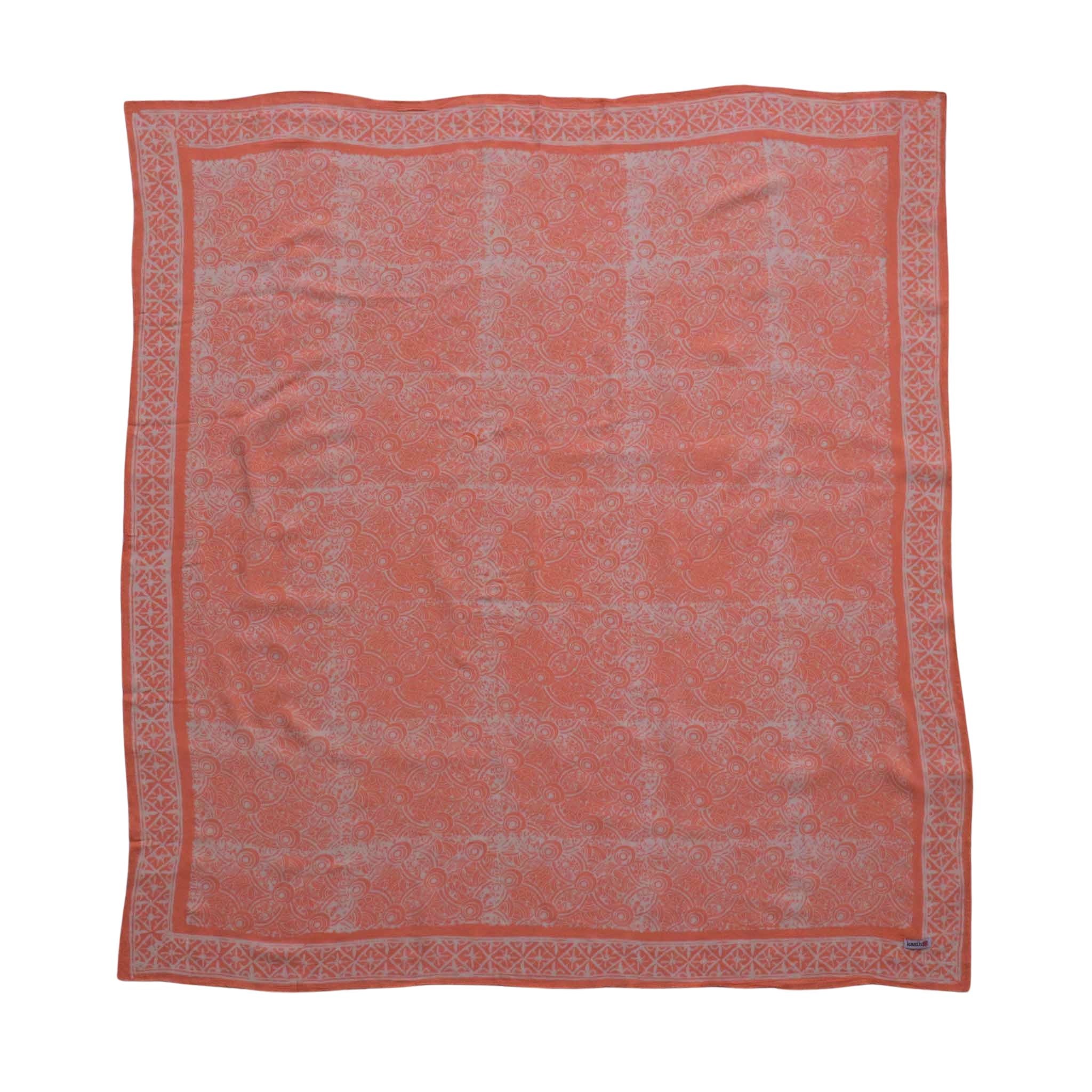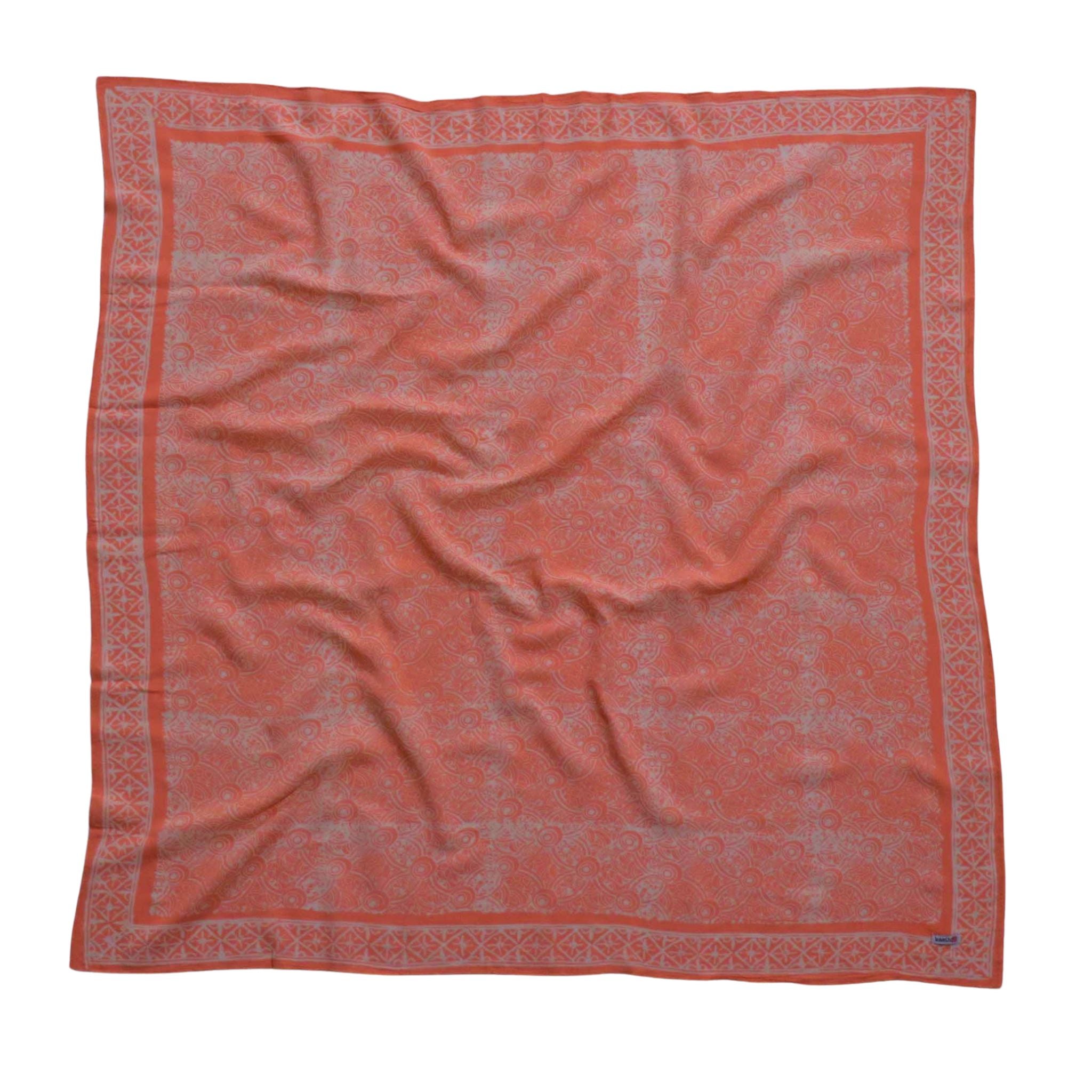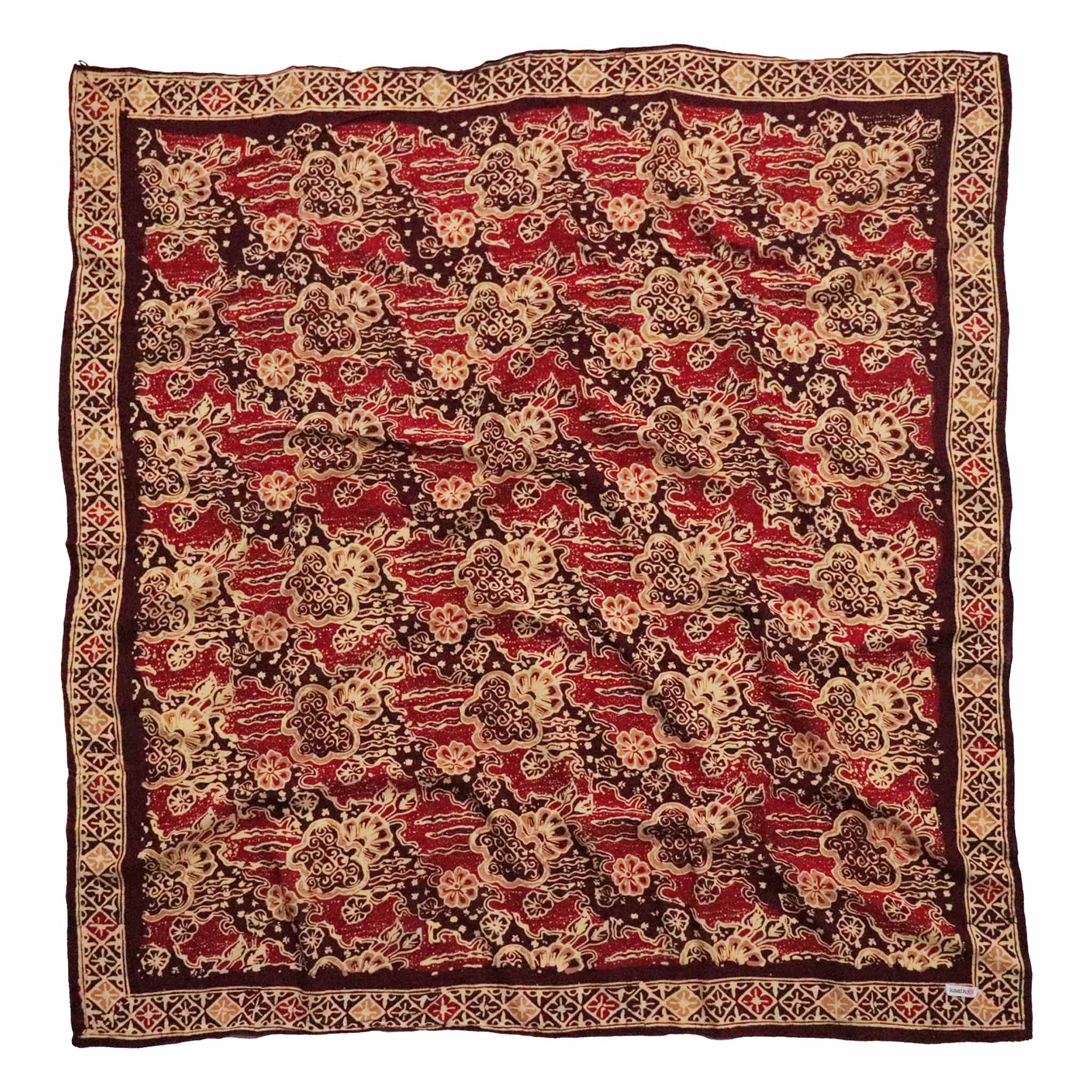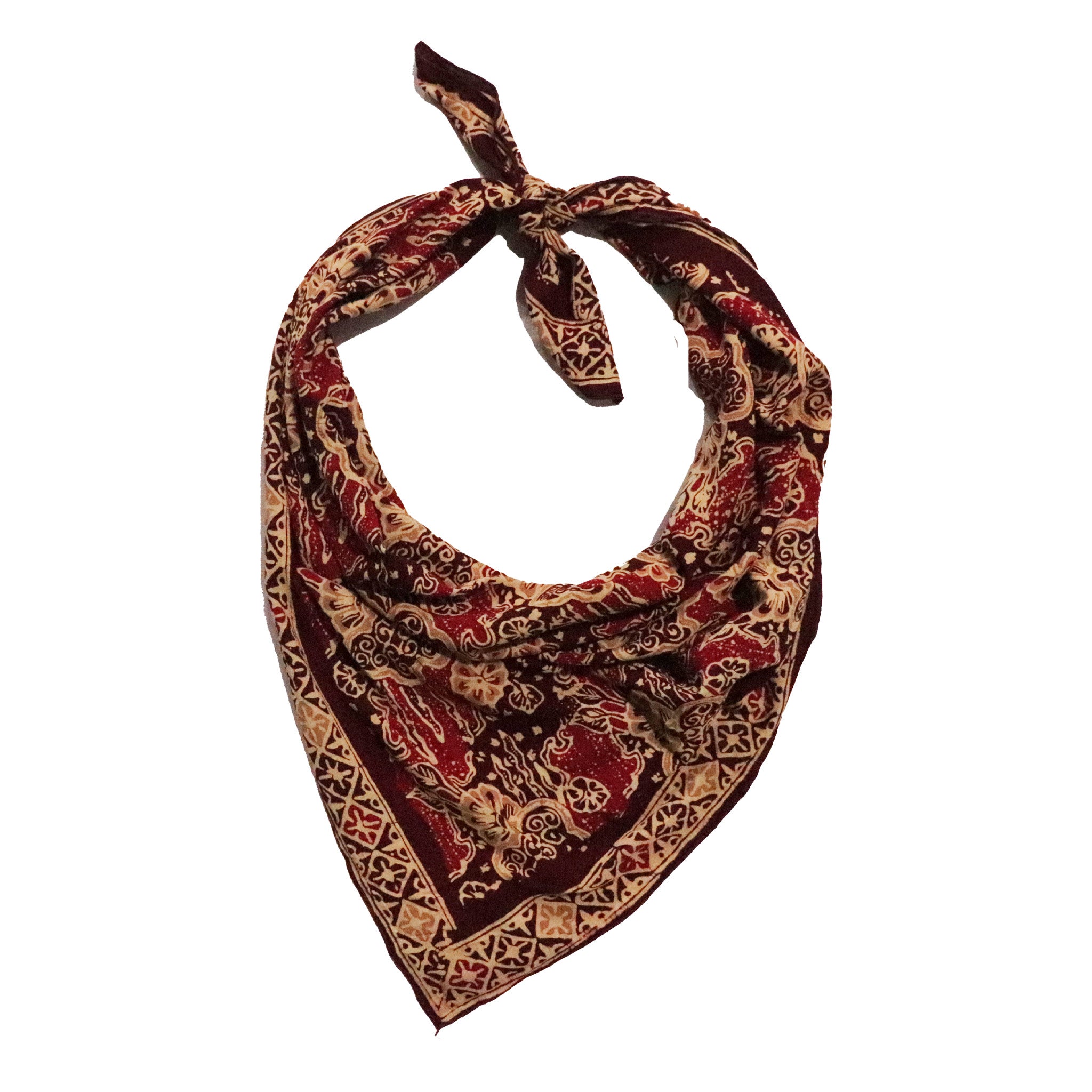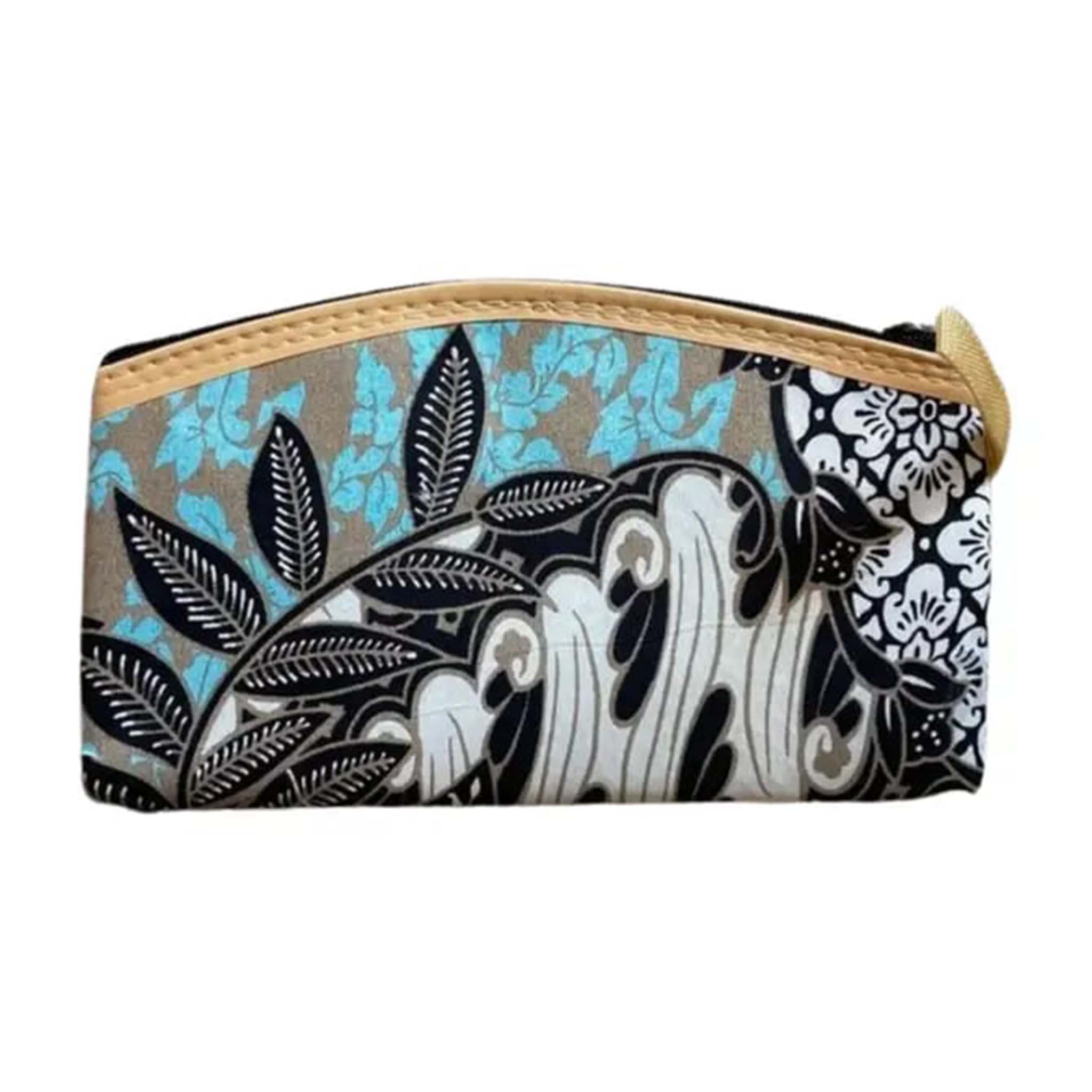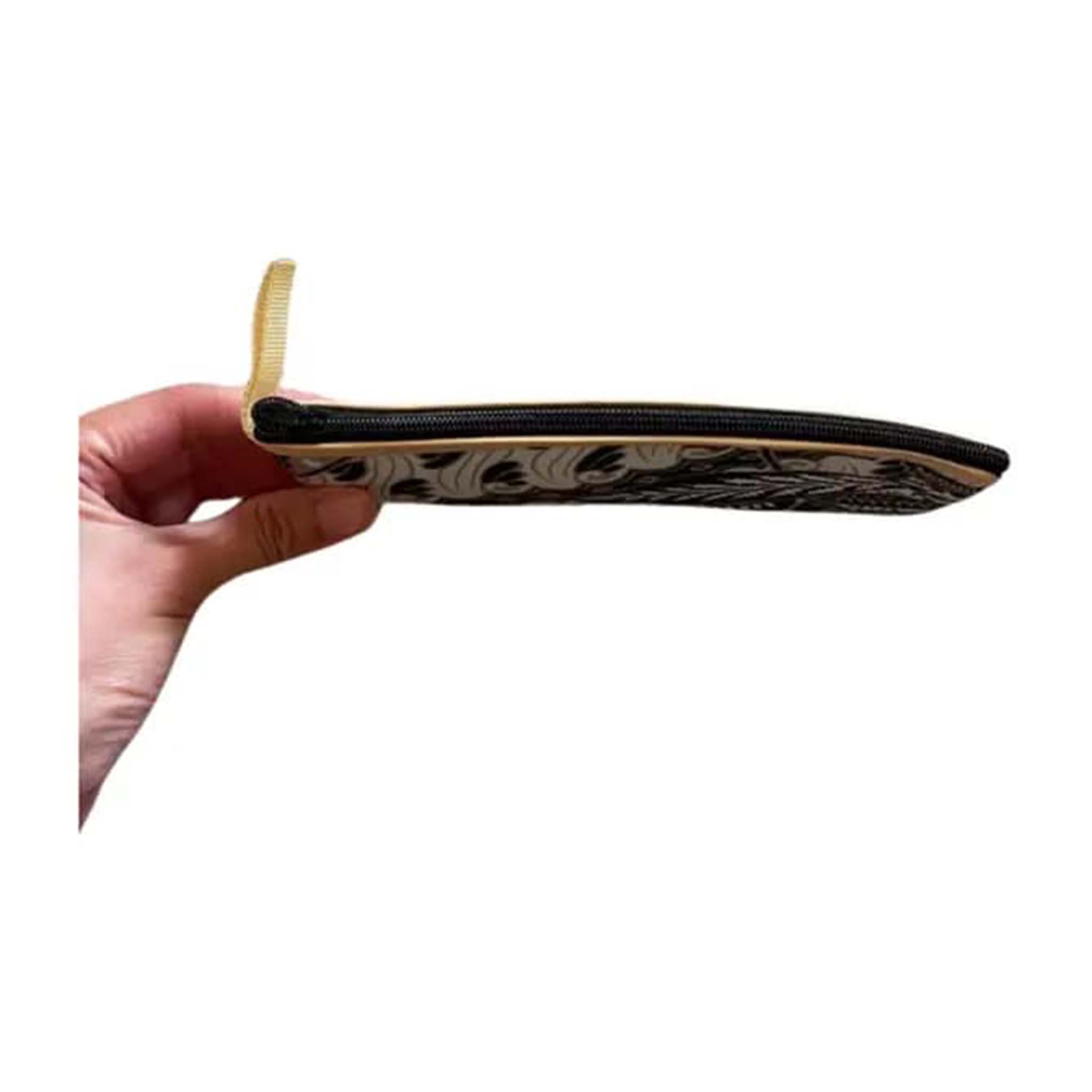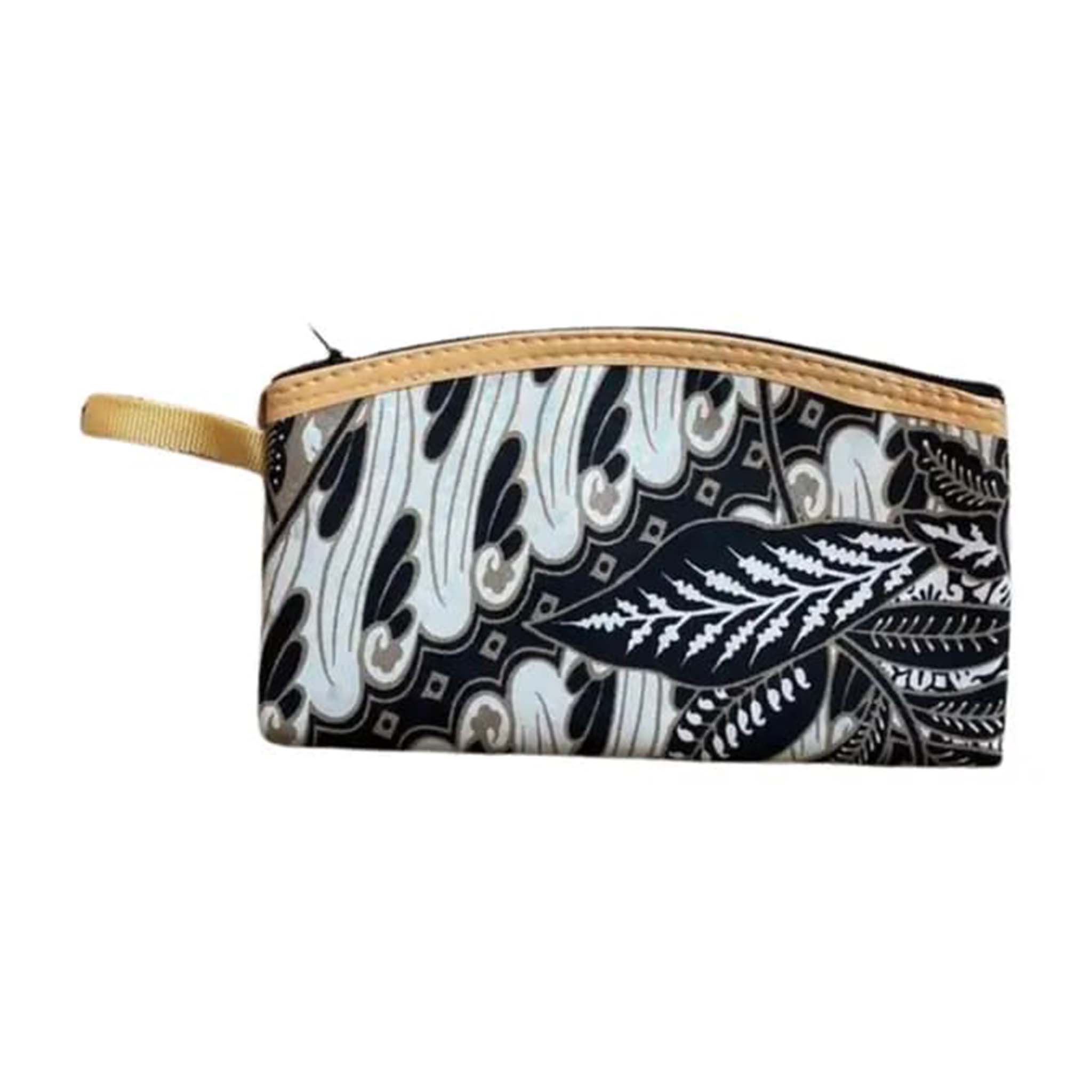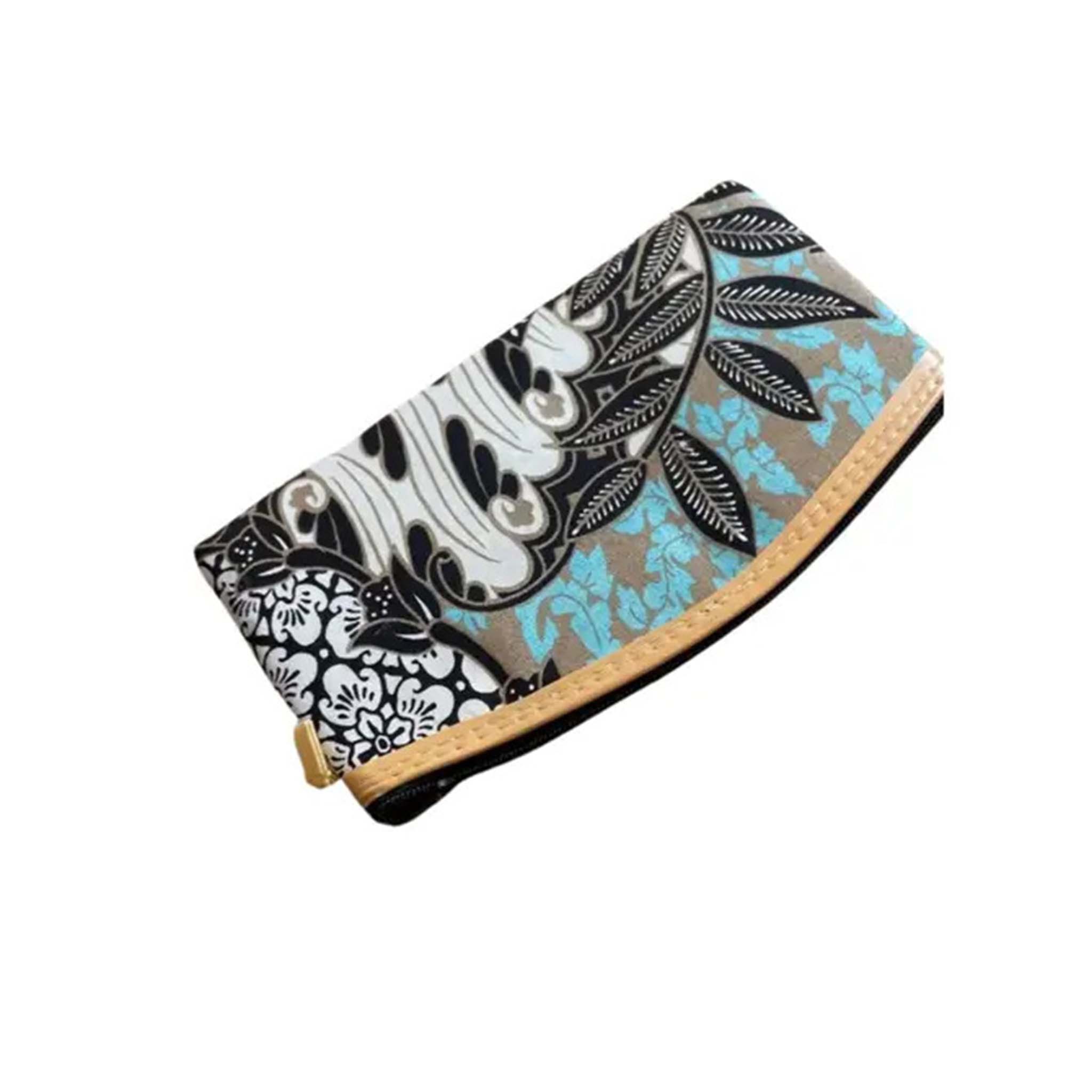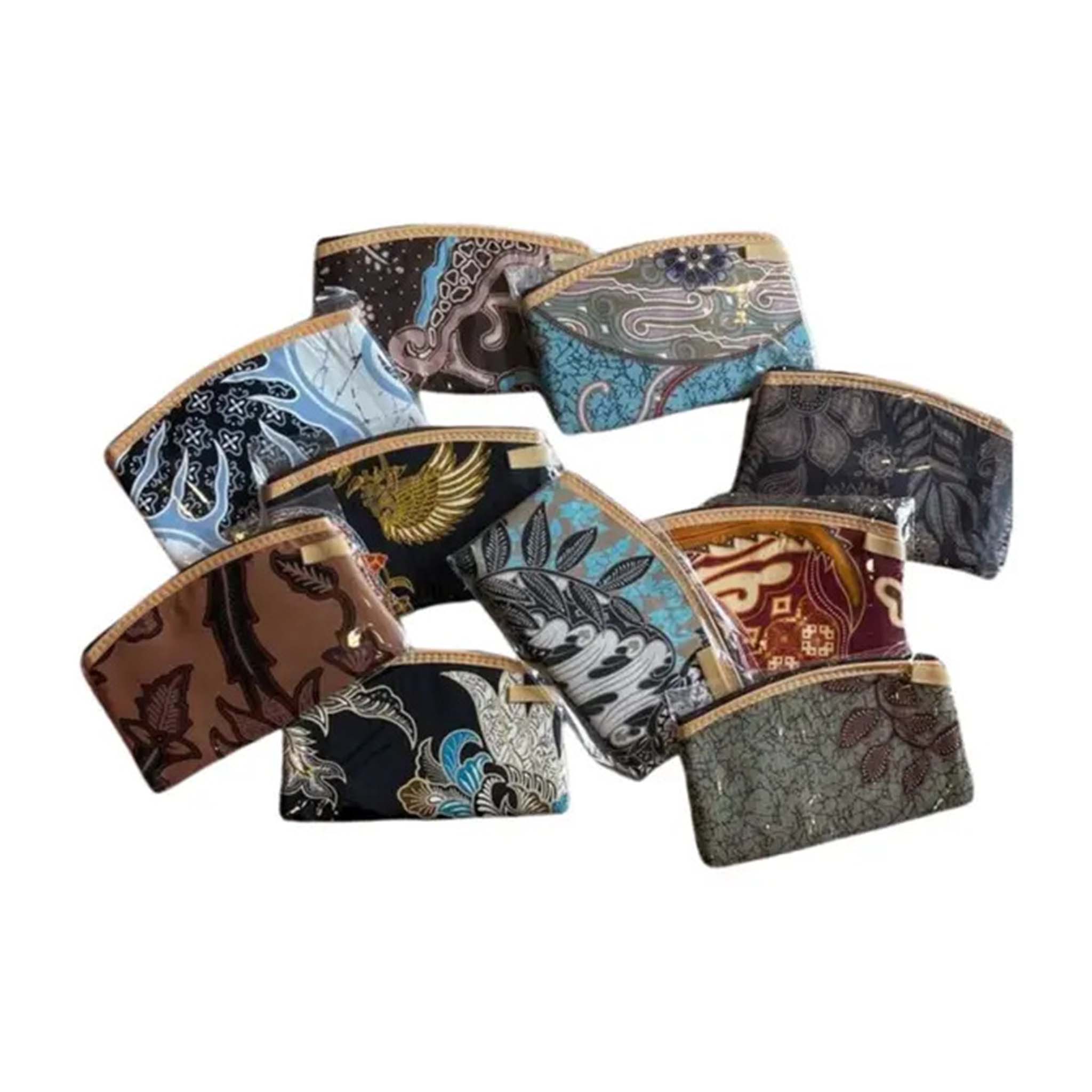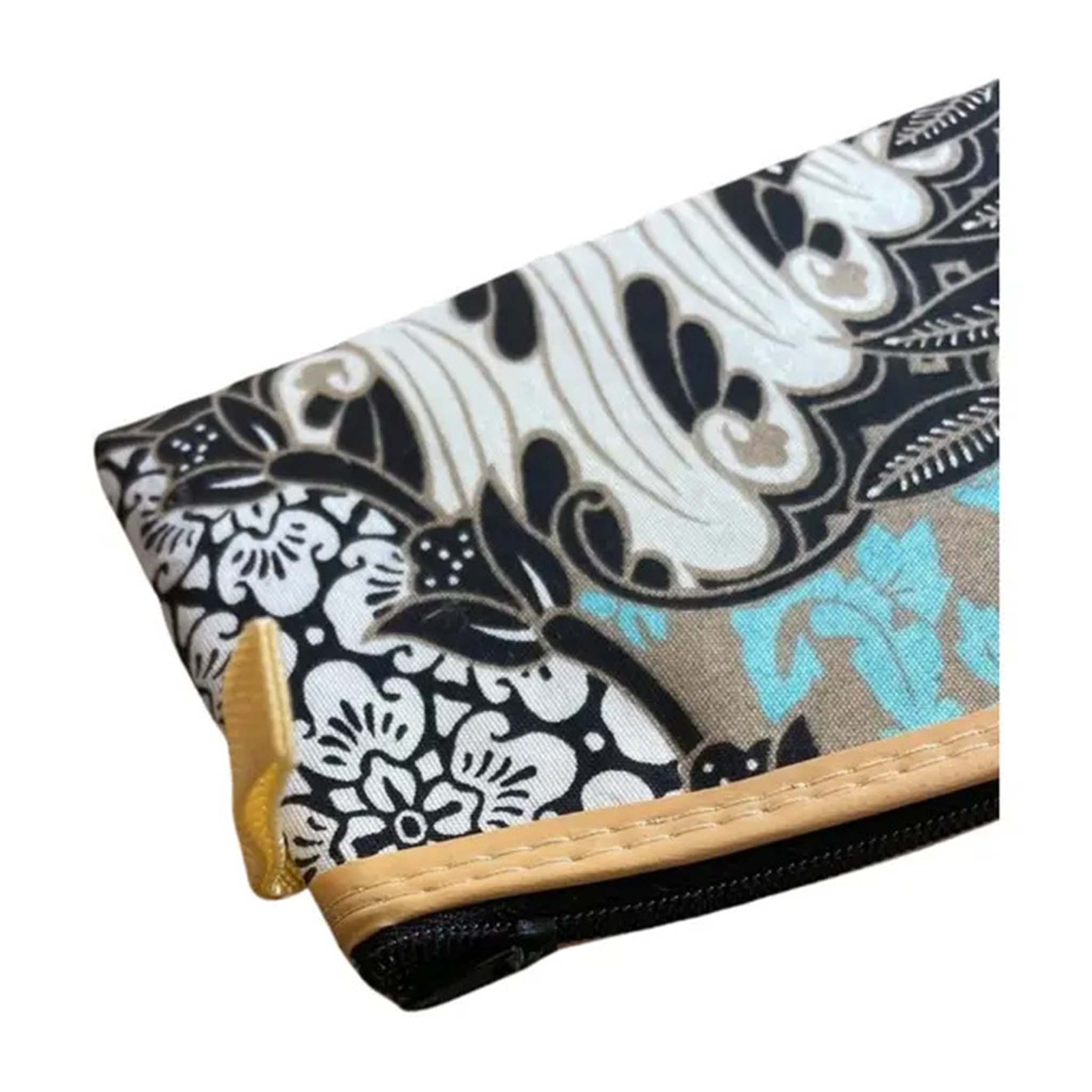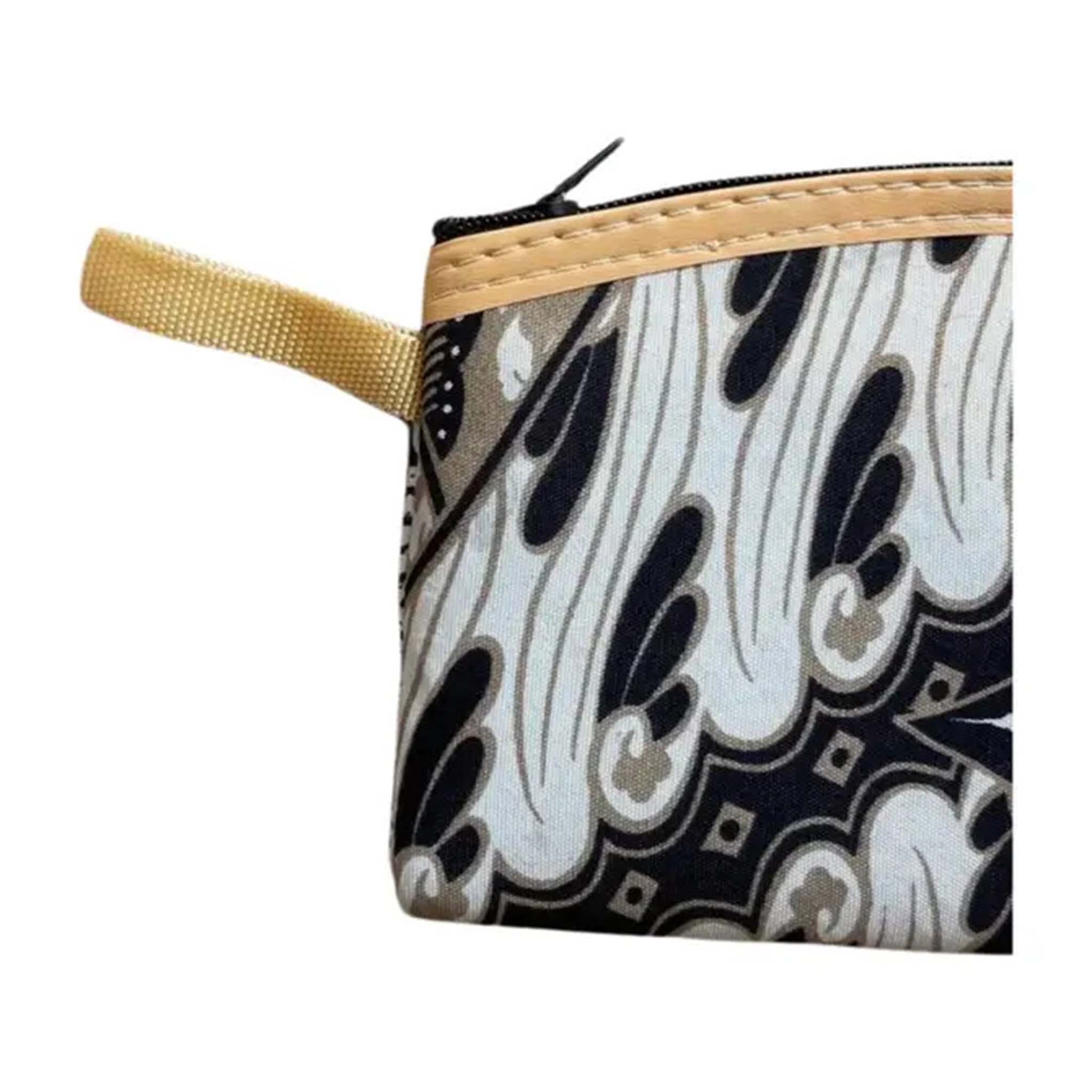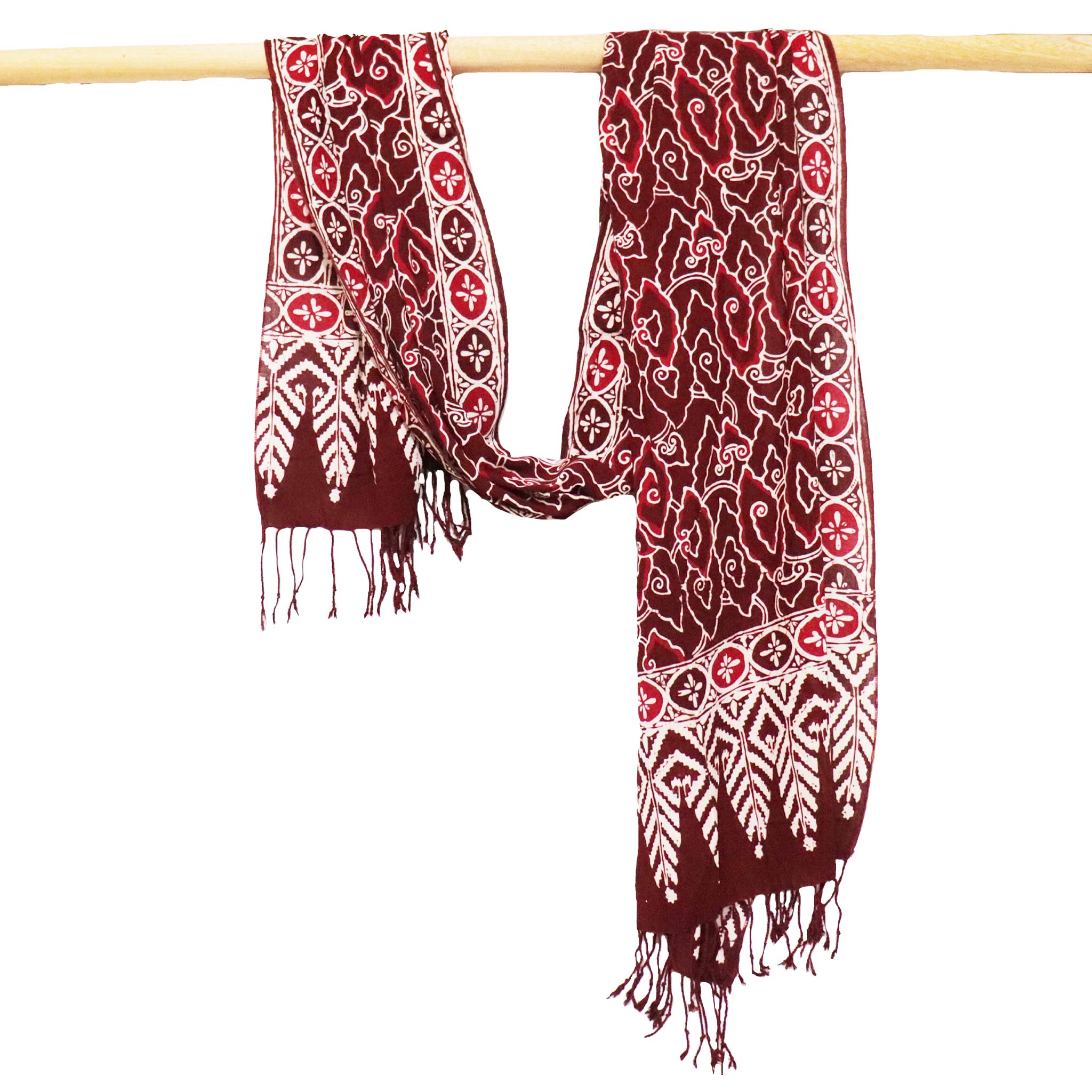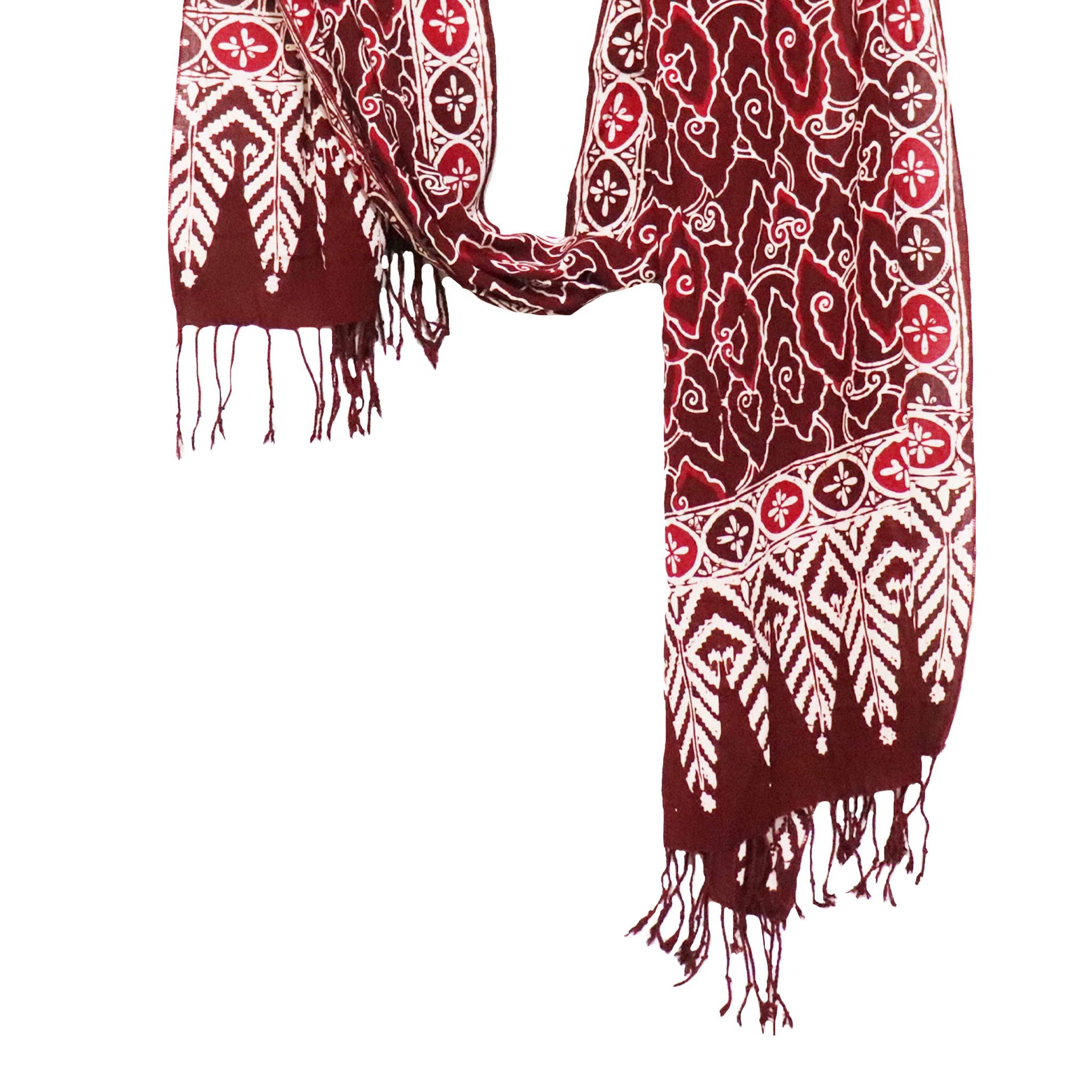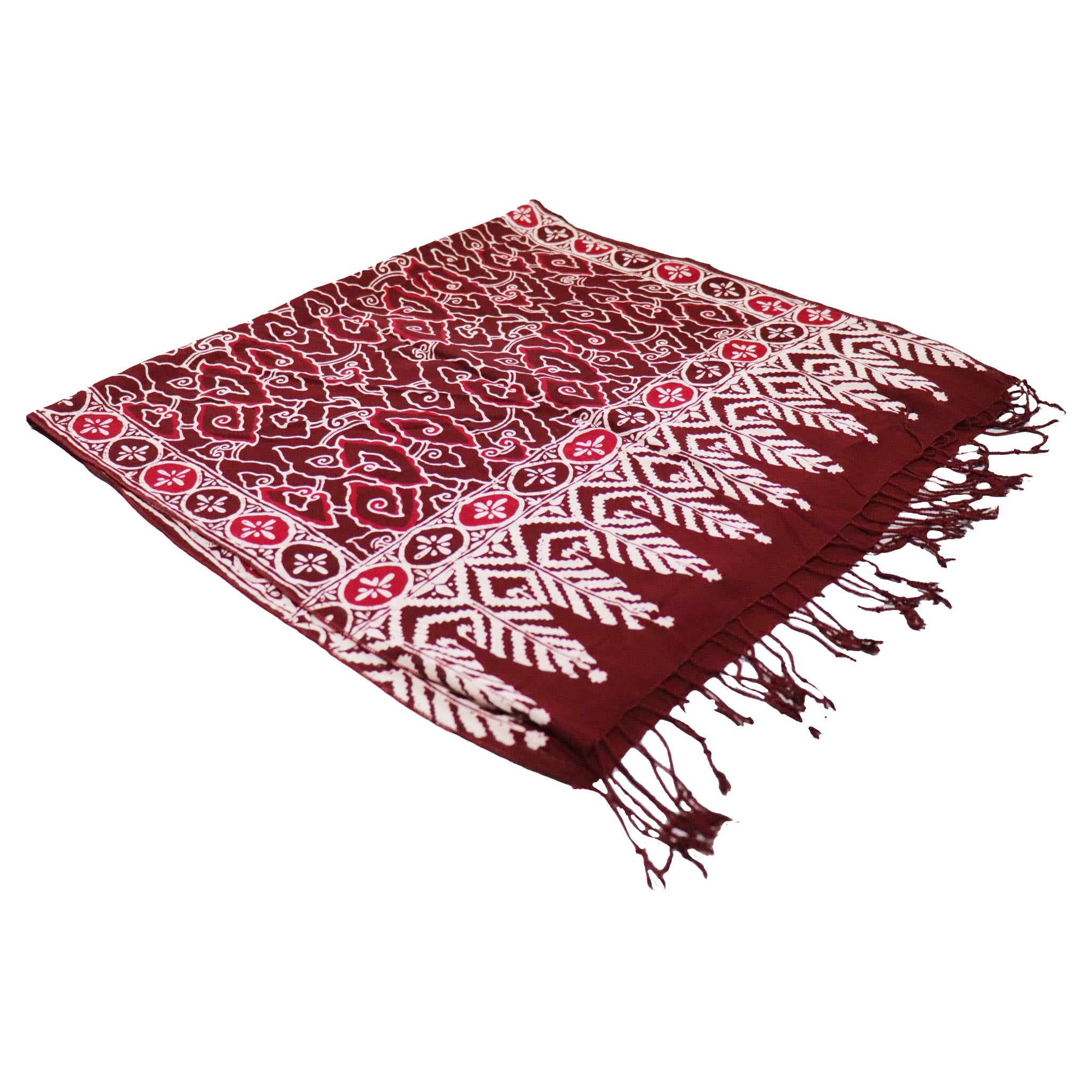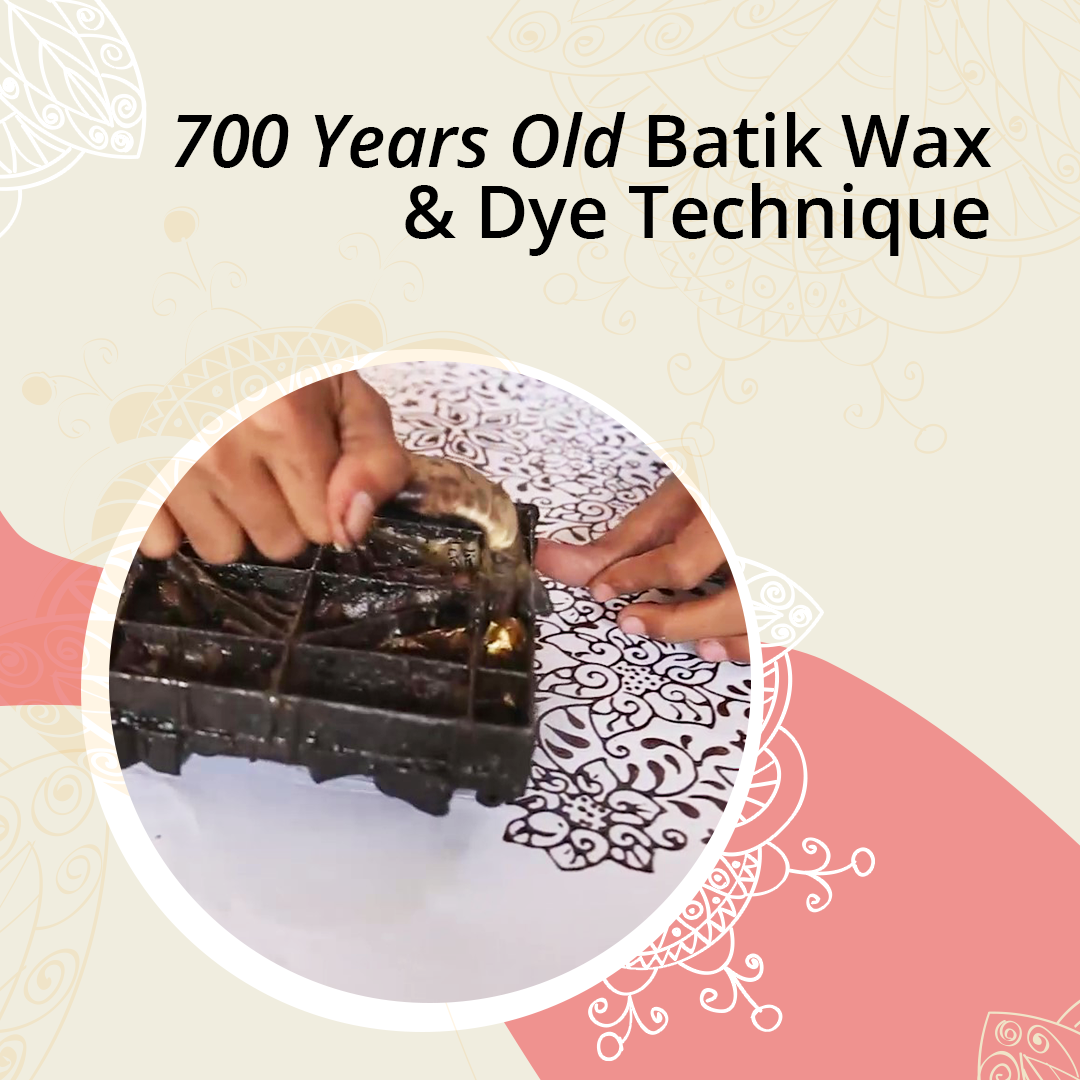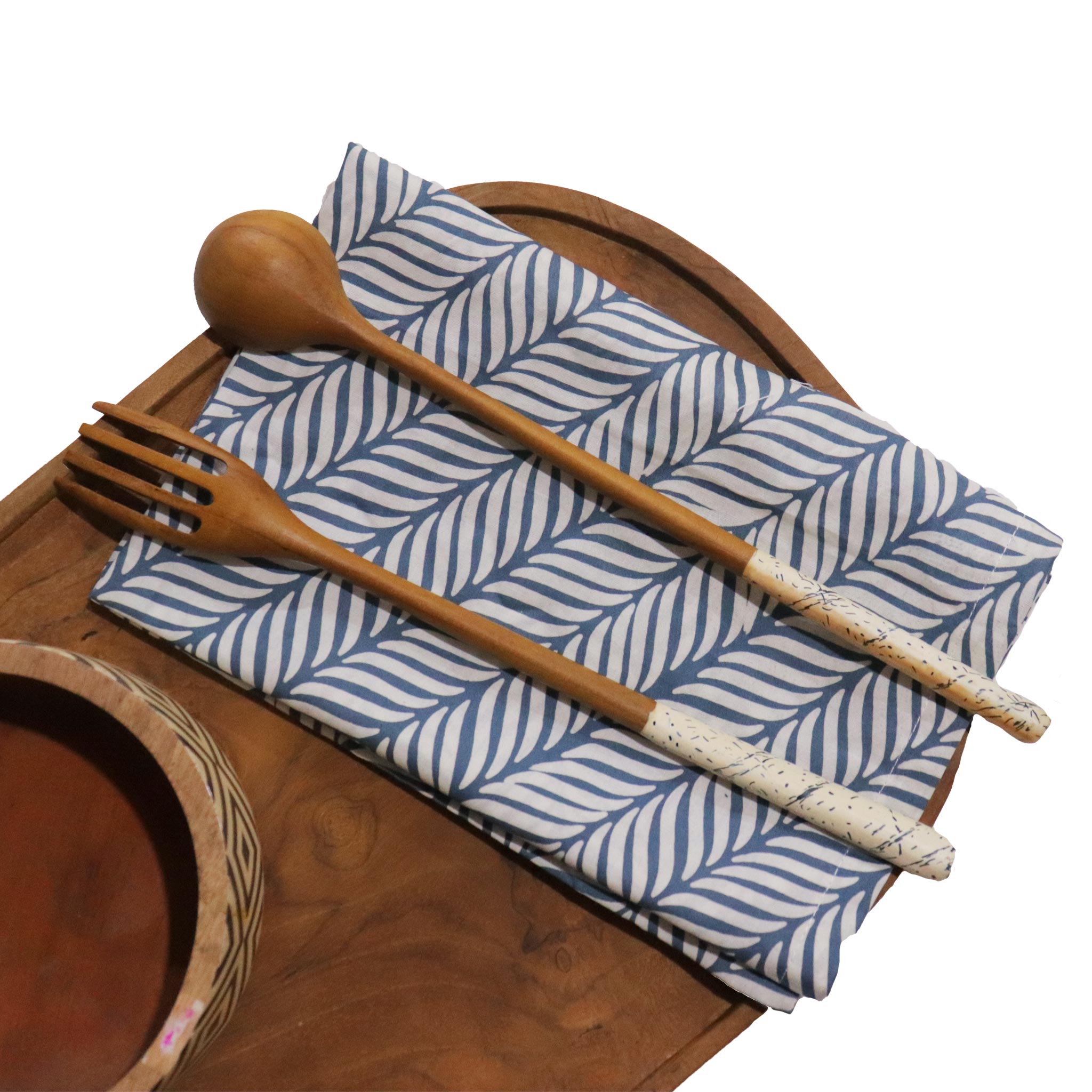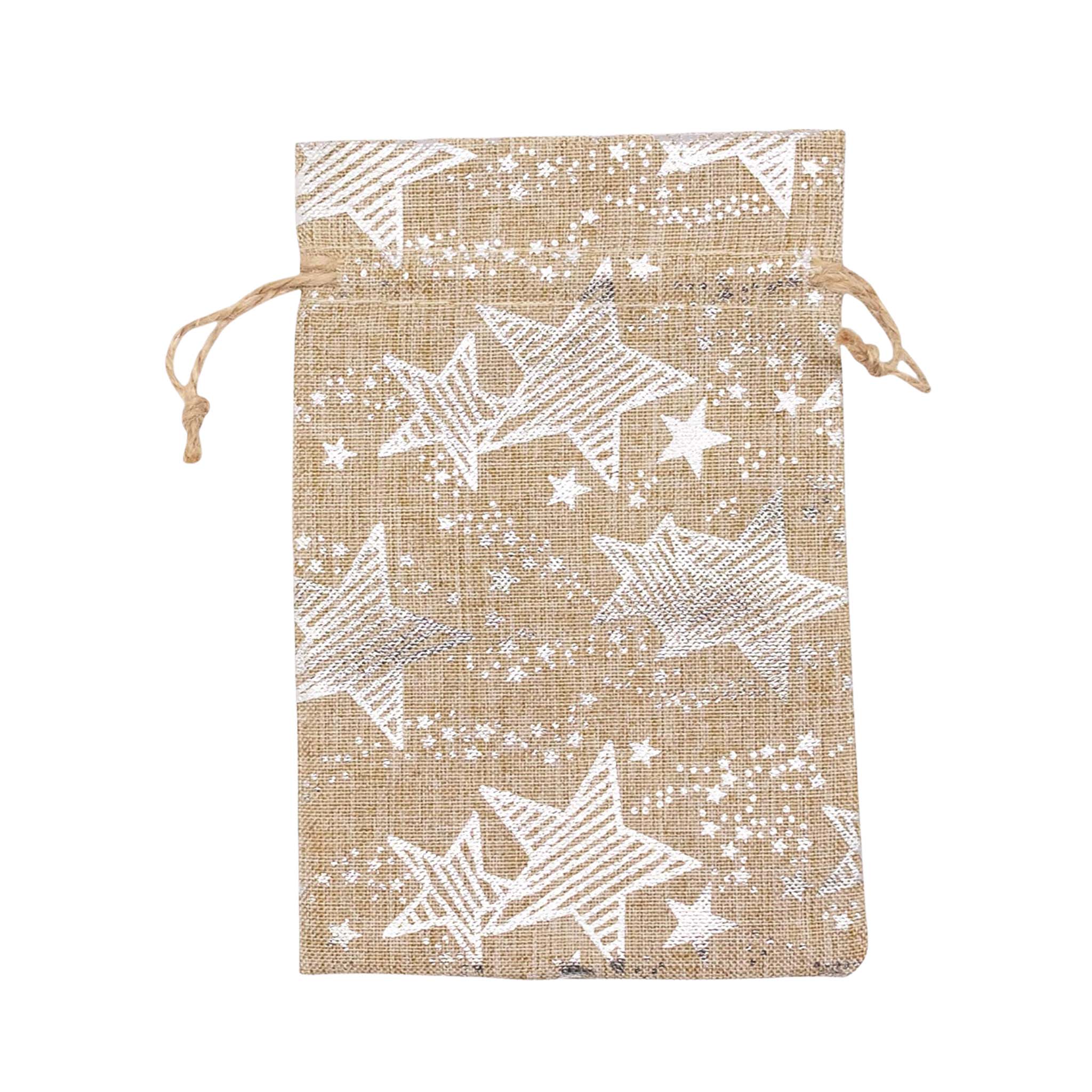As someone who grew up in Indonesia and appreciate traditional artistry, I often see one question come up again and again: What's the difference between Batik and Ikat?
Both are iconic, vibrant, and essential parts of Southeast Asian, particularly Indonesian, textile heritage. Yet, they are fundamentally distinct in how they are created. Understanding the difference doesn't just make you a smarter shopper—it gives you a profound respect for the artistry woven into every piece.
Let's dive into the ultimate face-off between these two dazzling techniques.
Part 1: The Technical Breakdown — When is the Pattern Applied?
The most critical difference between Batik and Ikat lies in the timing of the dyeing process.
🌟 Batik: The Art of Resist Dyeing

The word "Batik" comes from the Javanese words 'amba' (to write) and 'titik' (dot). This technique is essentially about resisting the dye.
| Feature | Description | Kasih Co-op Key Takeaway |
| Process | The pattern is drawn onto woven cloth using hot wax. The cloth is then dipped in dye. The areas covered in wax resist the color, resulting in the pattern. | Batik patterns are often crisp, defined, and intricate. The wax allows for fine, detailed lines. |
| Timing | The fabric is dyed after it has been woven. | The weaver is working on a completed canvas. |
| Hallmark | The subtle 'cracking' in the color where the wax slightly fractured during dyeing—a sign of authentic, hand-crafted Batik. |
🌟 Ikat: The Art of Tie-Dyeing before Weaving

The word "Ikat" (or 'mengikat') means "to tie" or "to bind" in Indonesian. This name perfectly describes the process.
| Feature | Description | Kasih Co-op Key Takeaway |
| Process | Sections of the yarns (warp and/or weft) are carefully bound with resistant materials (like plastic or leaf) before being dyed and woven. The tied areas resist the dye, creating the pattern on the threads. | Ikat patterns have a signature "blurry" or "feathered" edge. This is a beautiful side effect of the yarn shifting slightly during the weaving process. |
| Timing | The yarns are dyed before they are put on the loom and woven into cloth. | The weaver is literally weaving the pre-dyed pattern into existence. |
| Hallmark | The pattern often appears identical on both sides of the cloth, as the colored yarn is part of the fabric's structure. |

